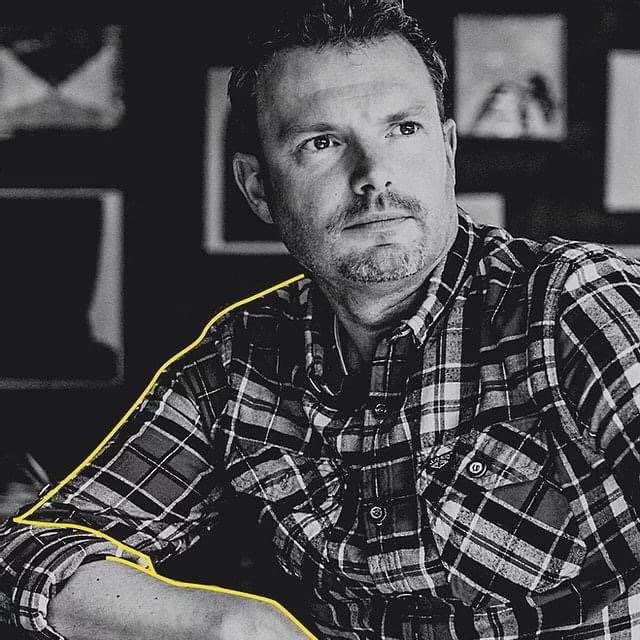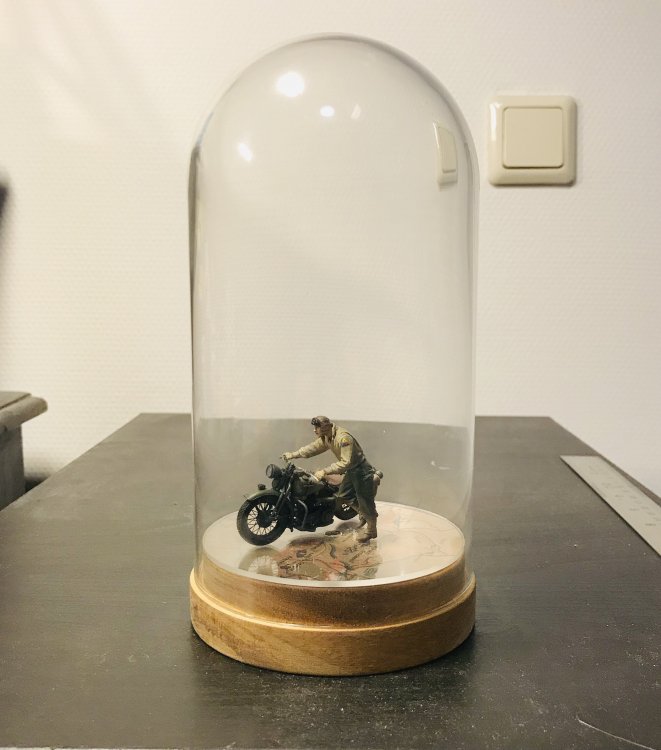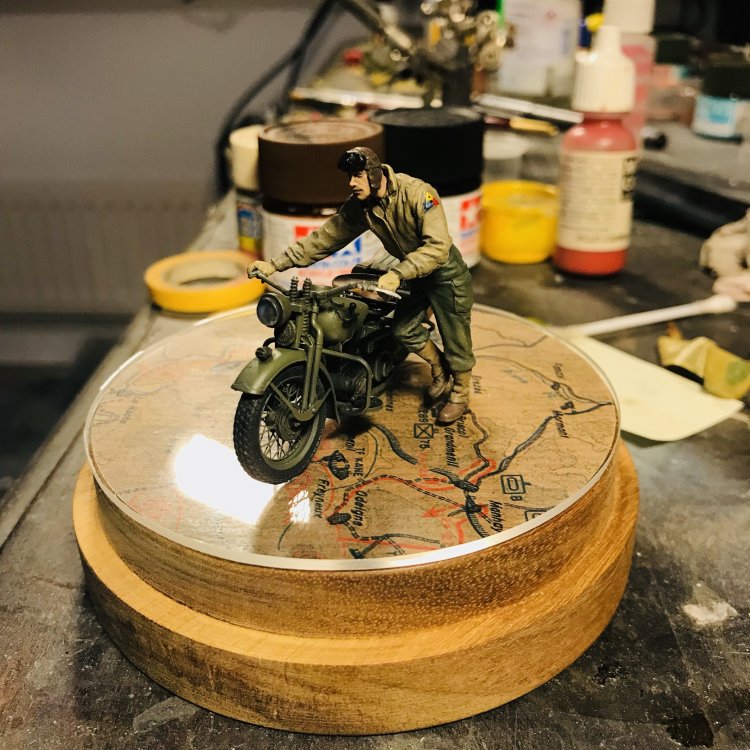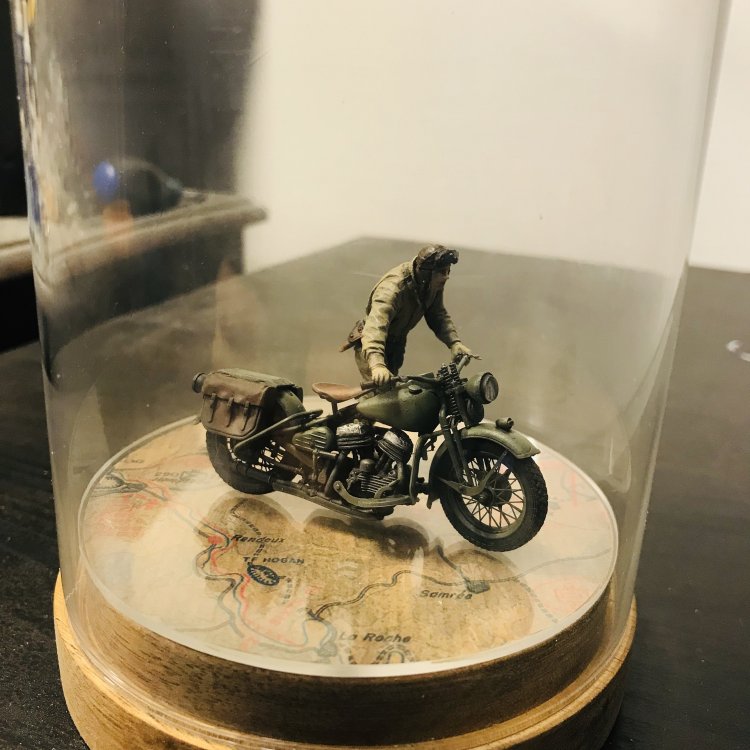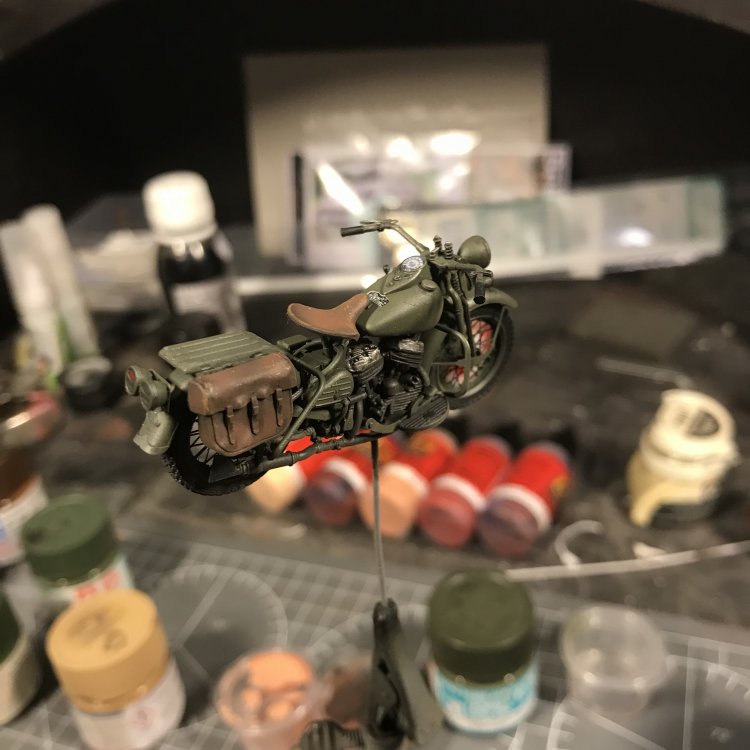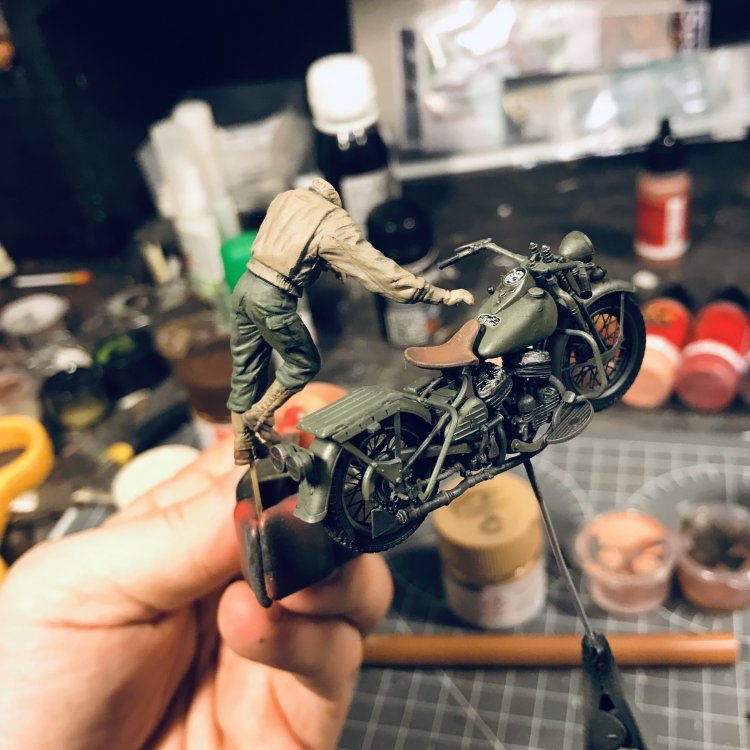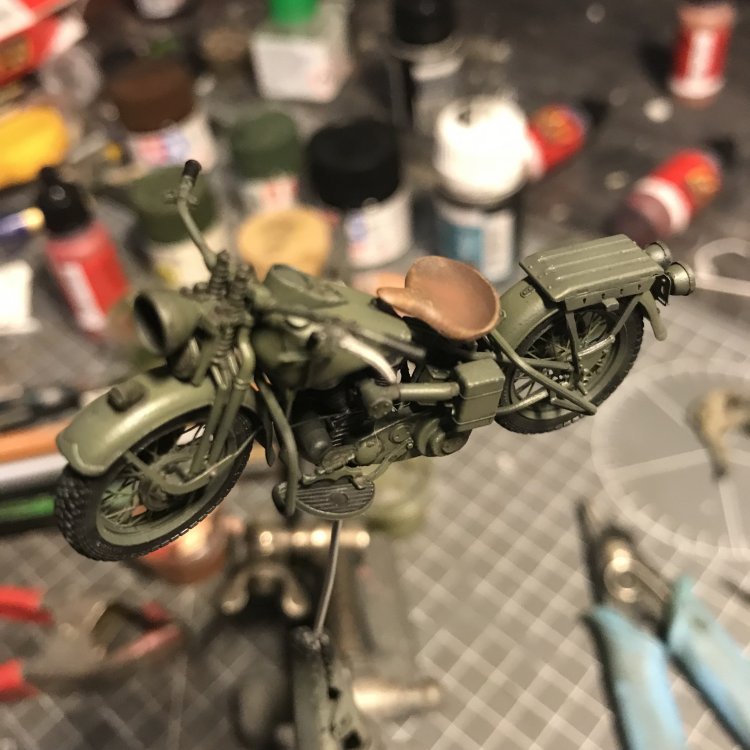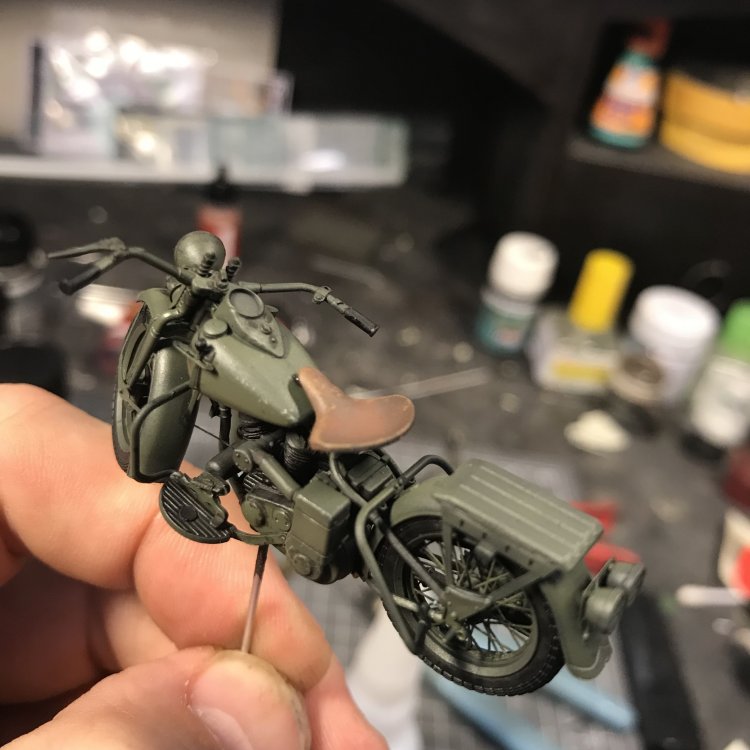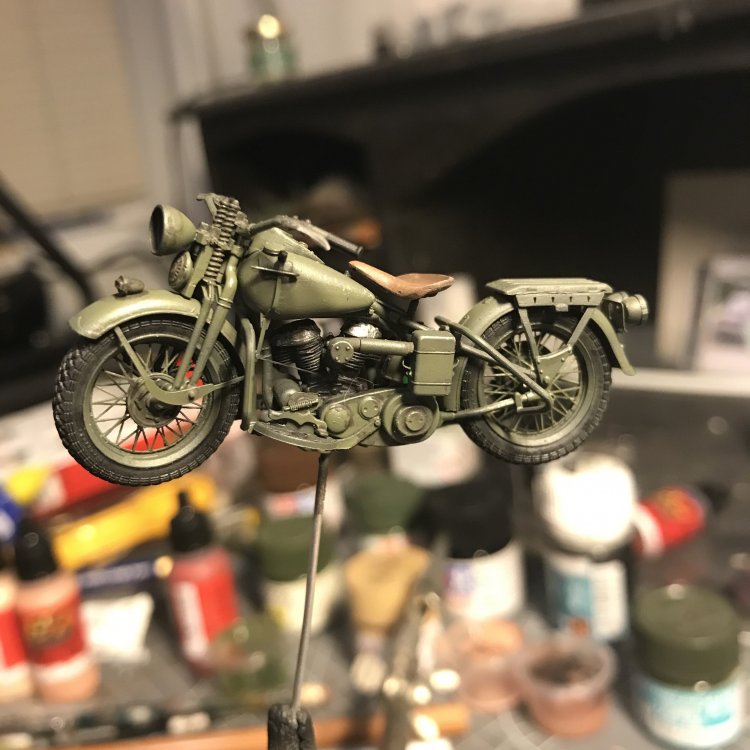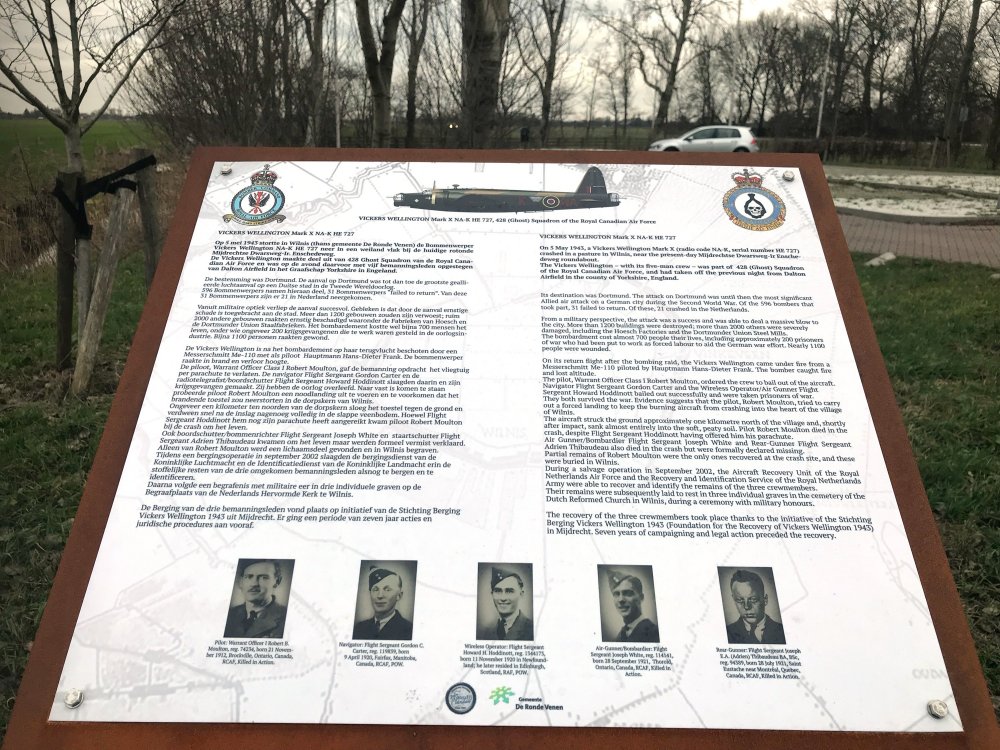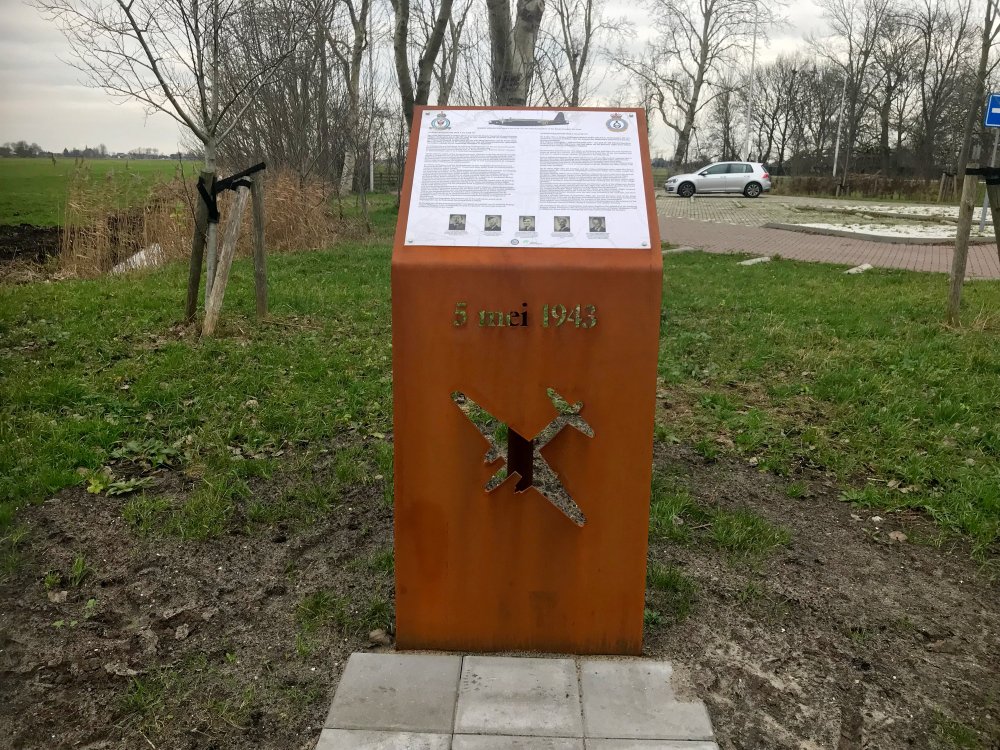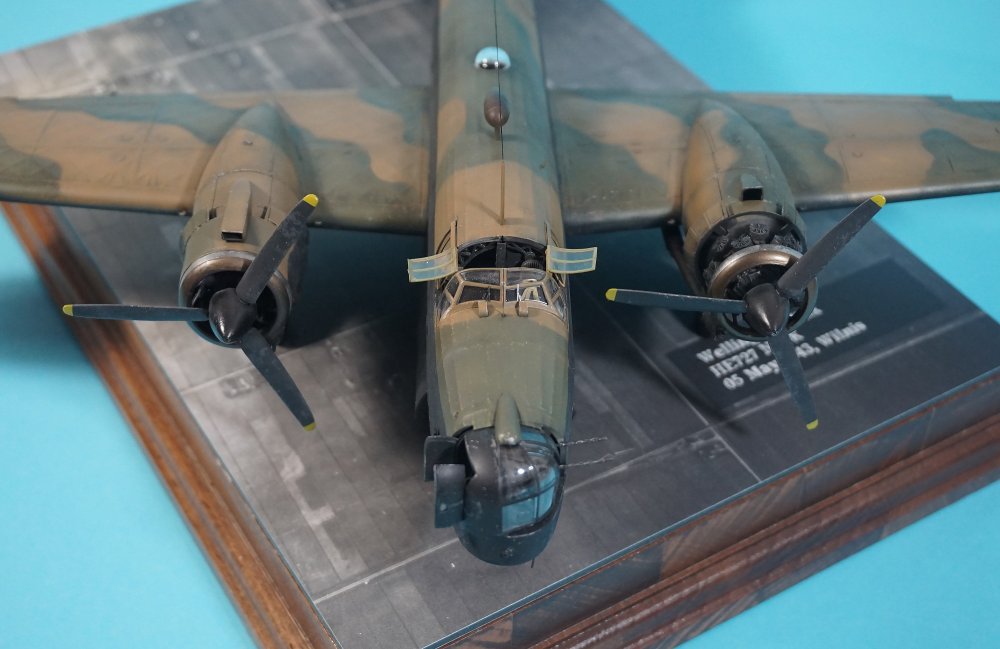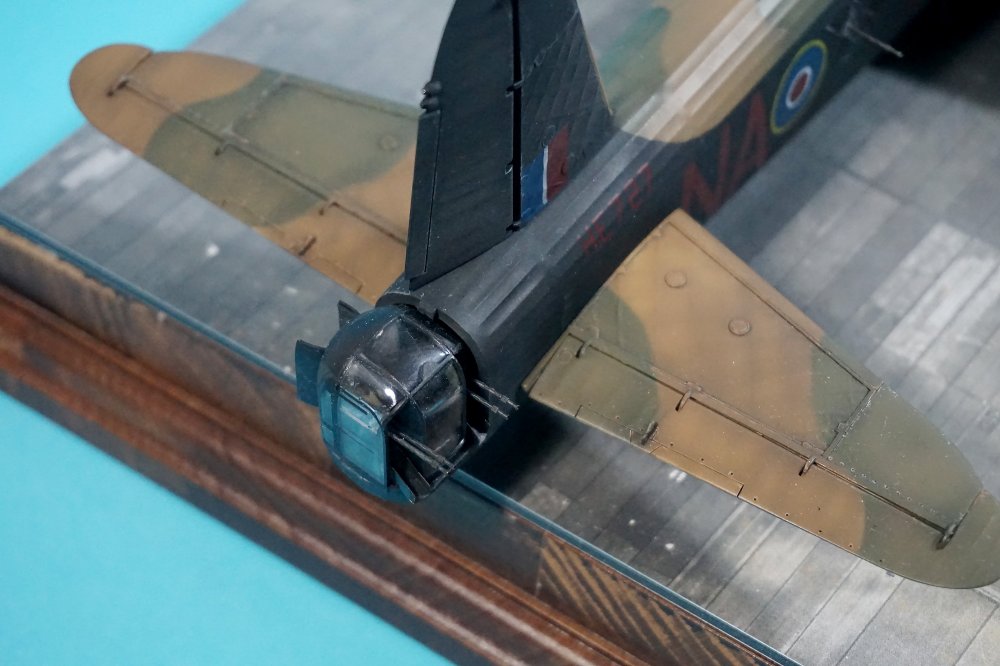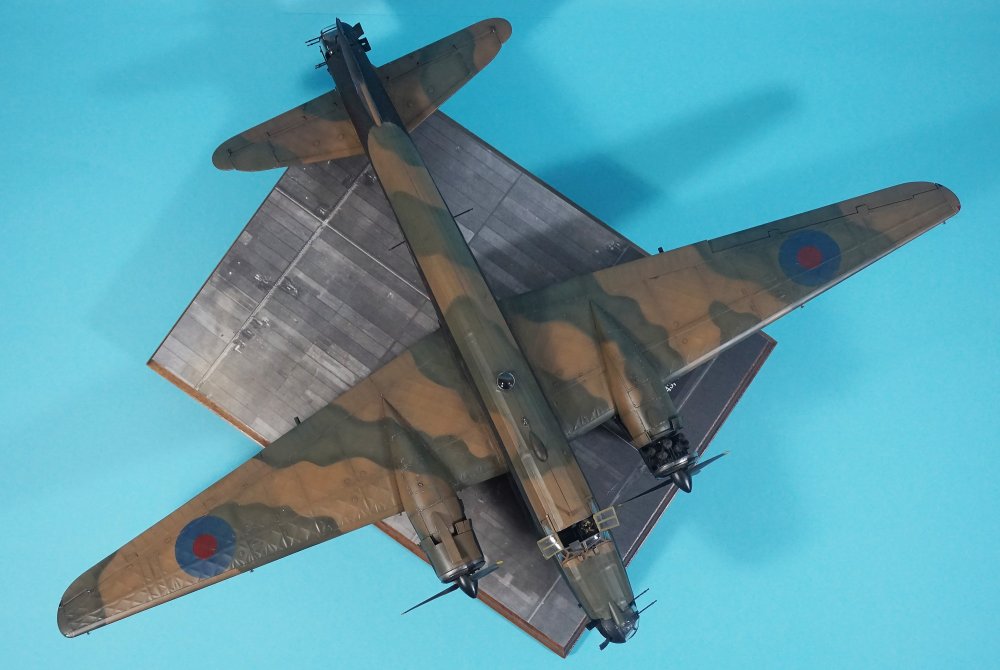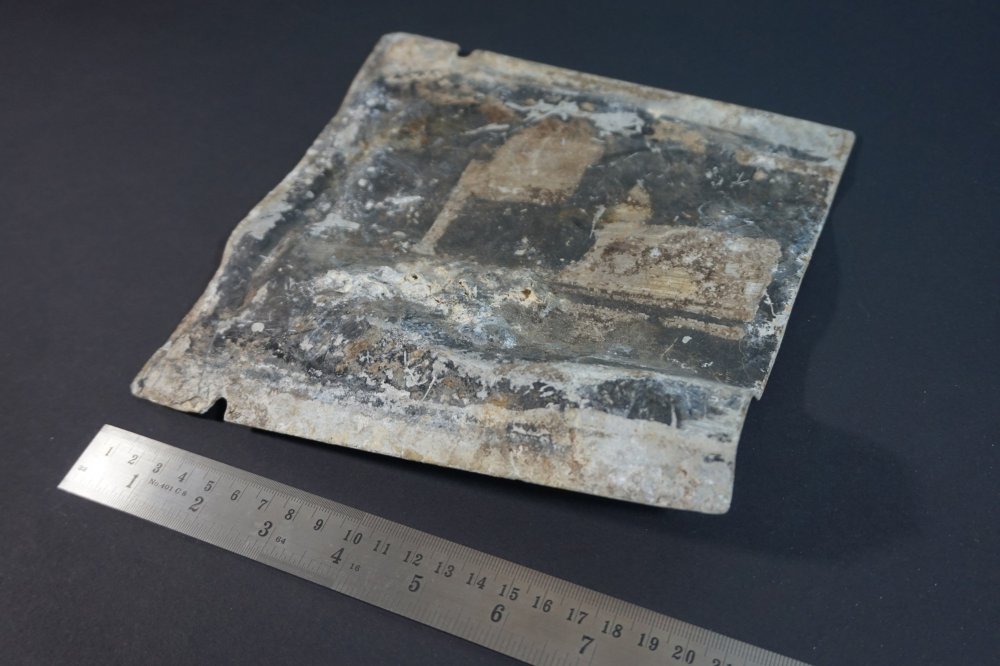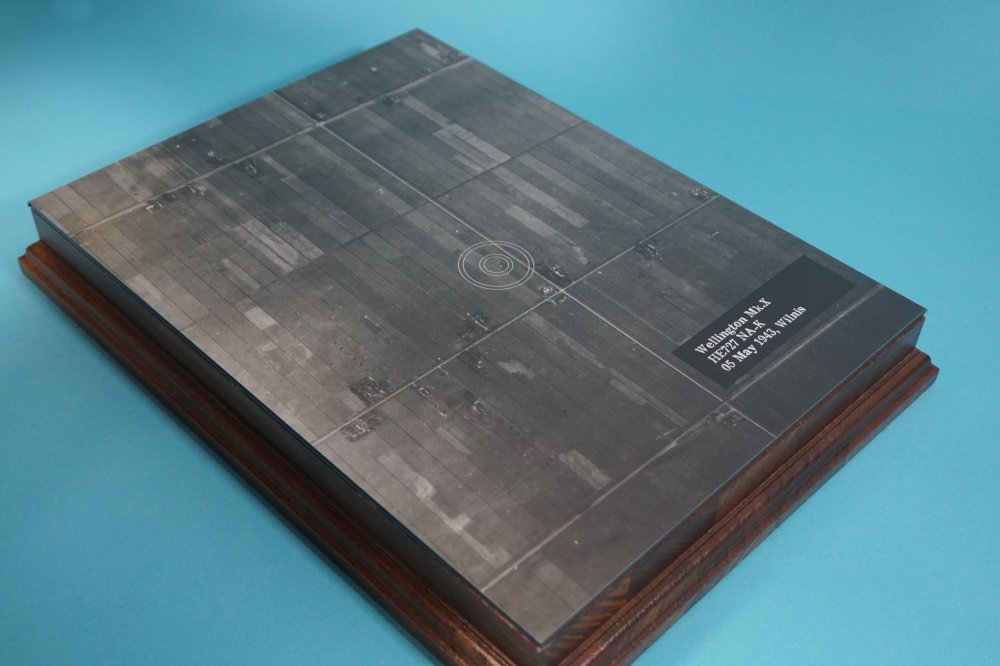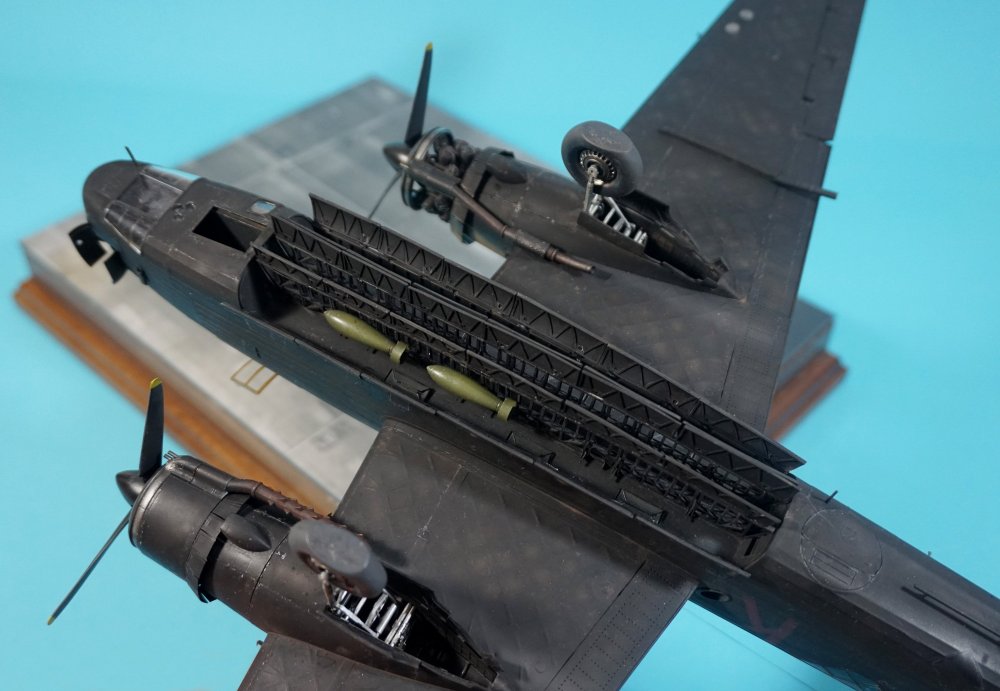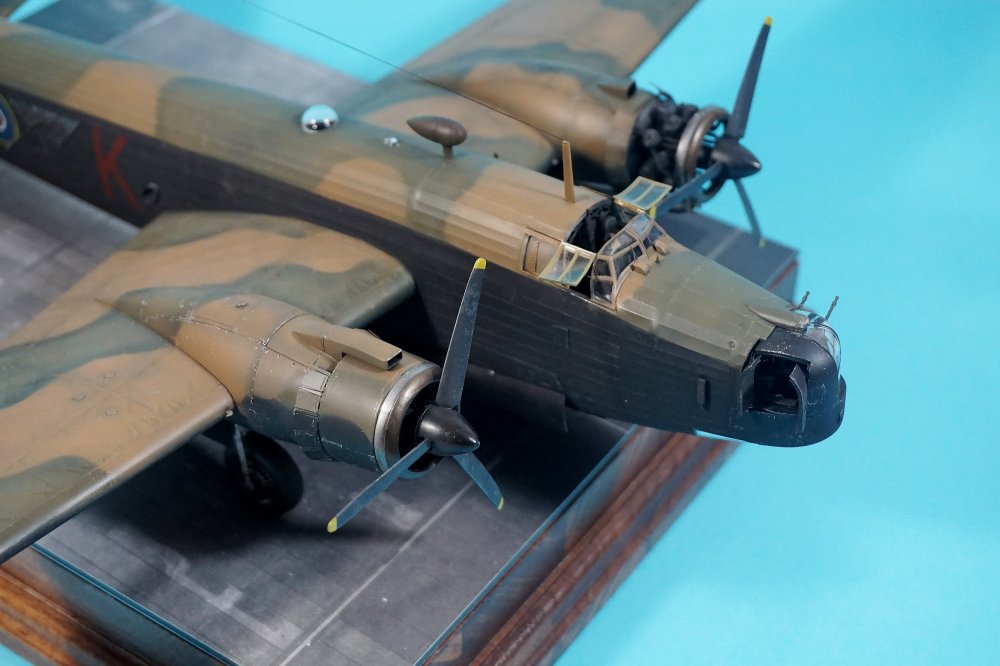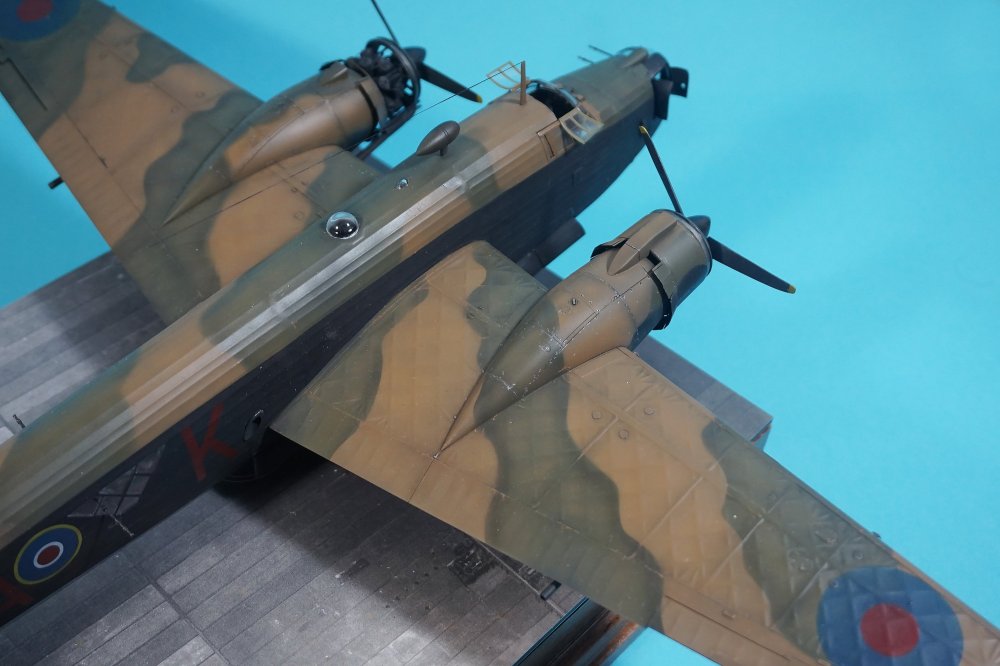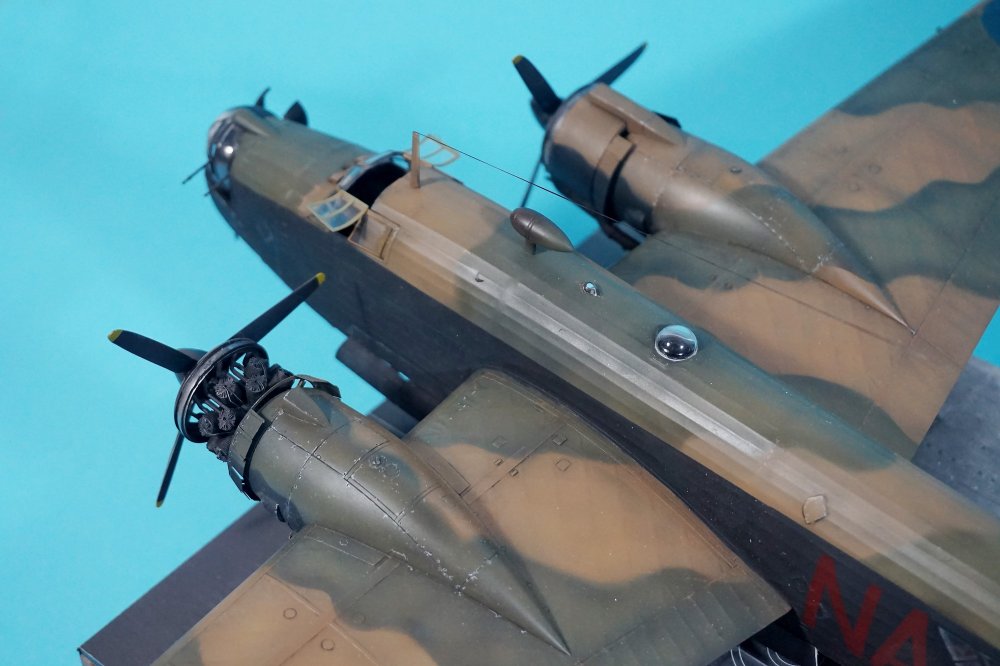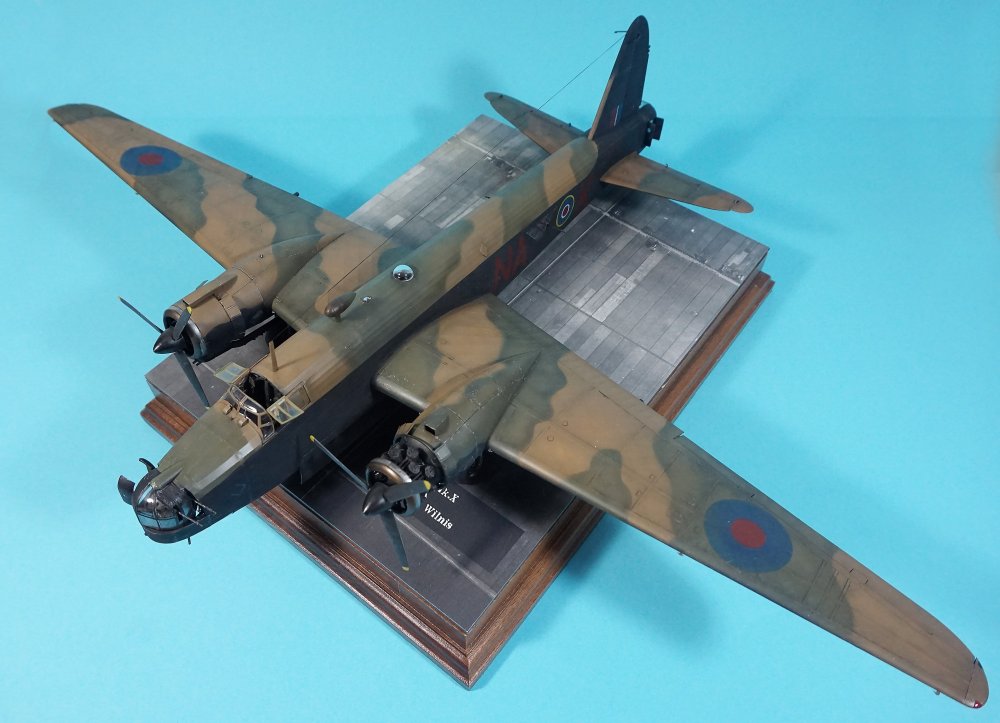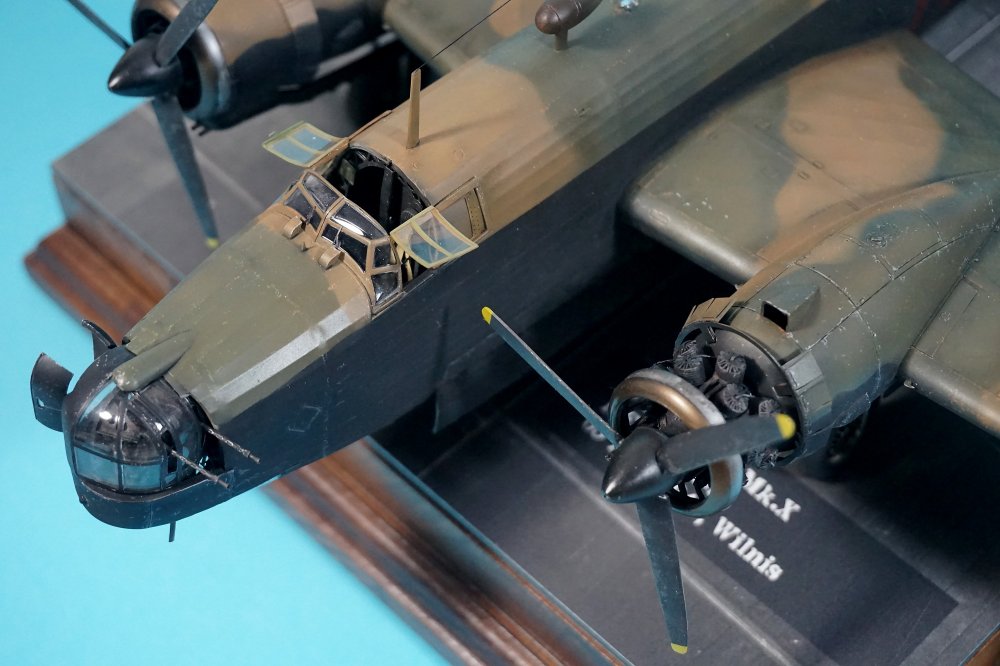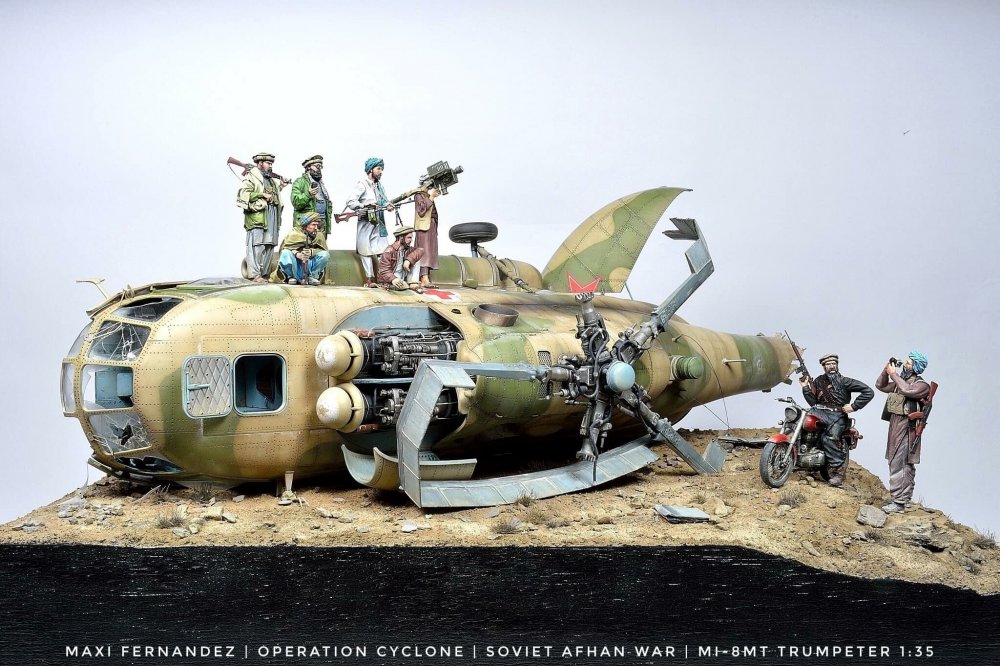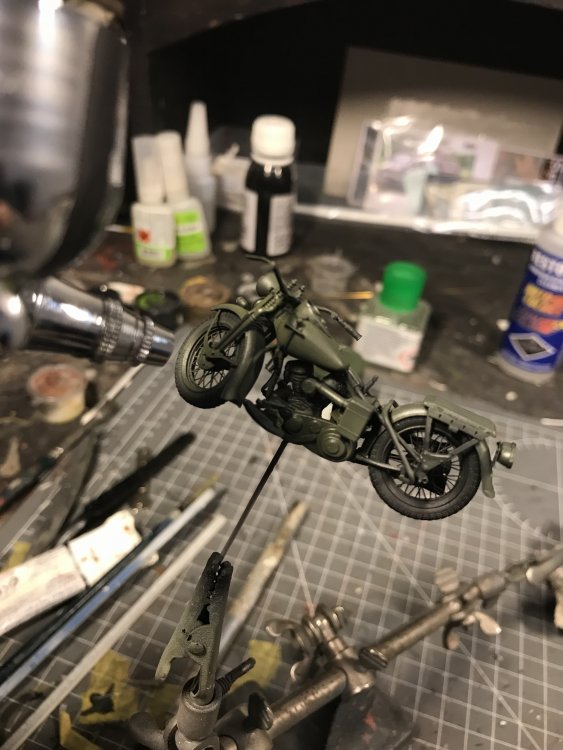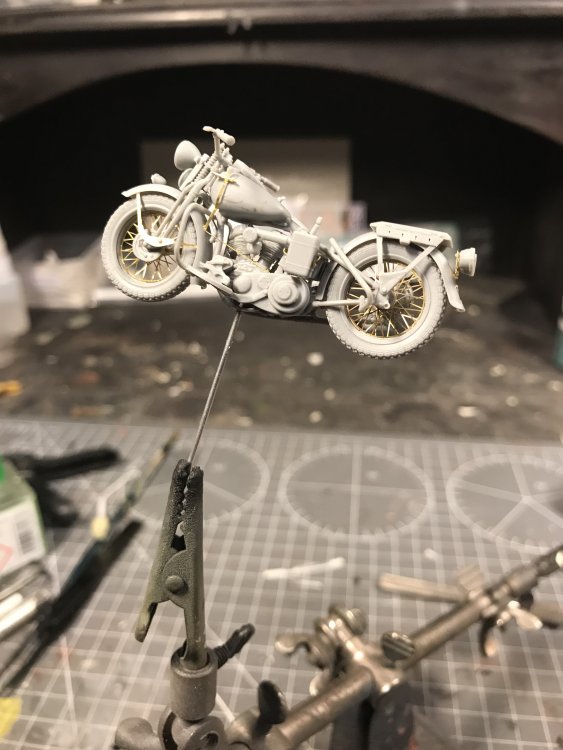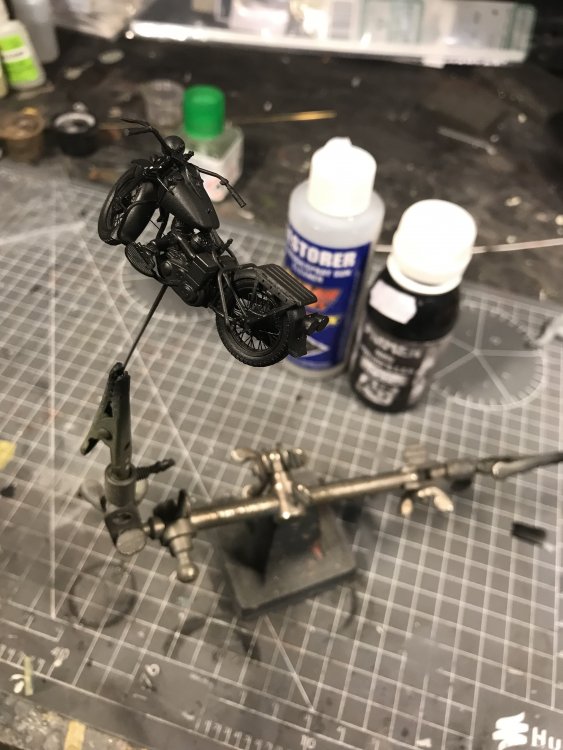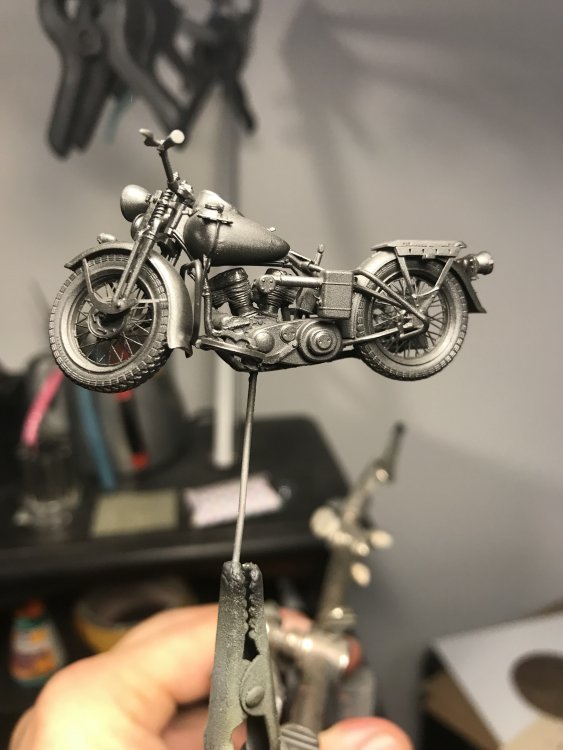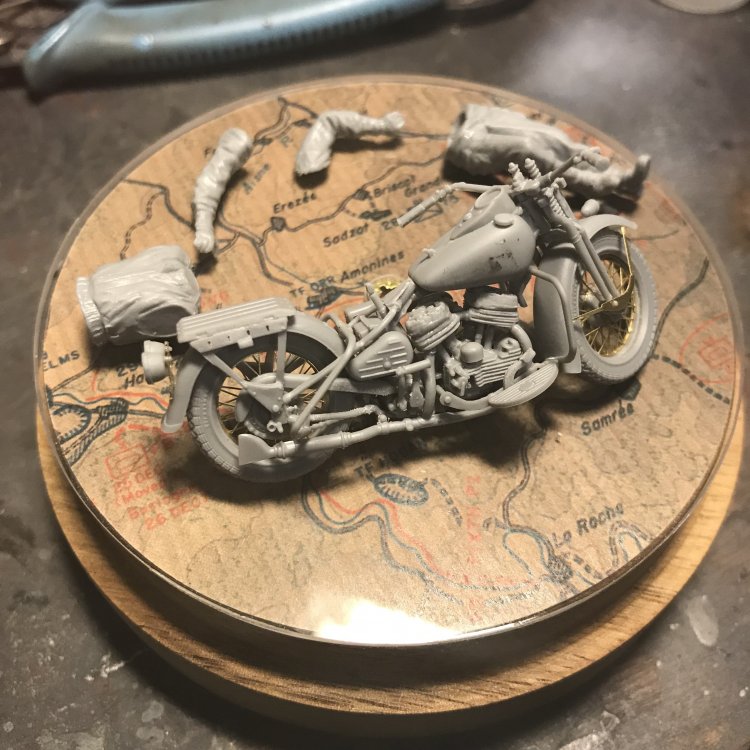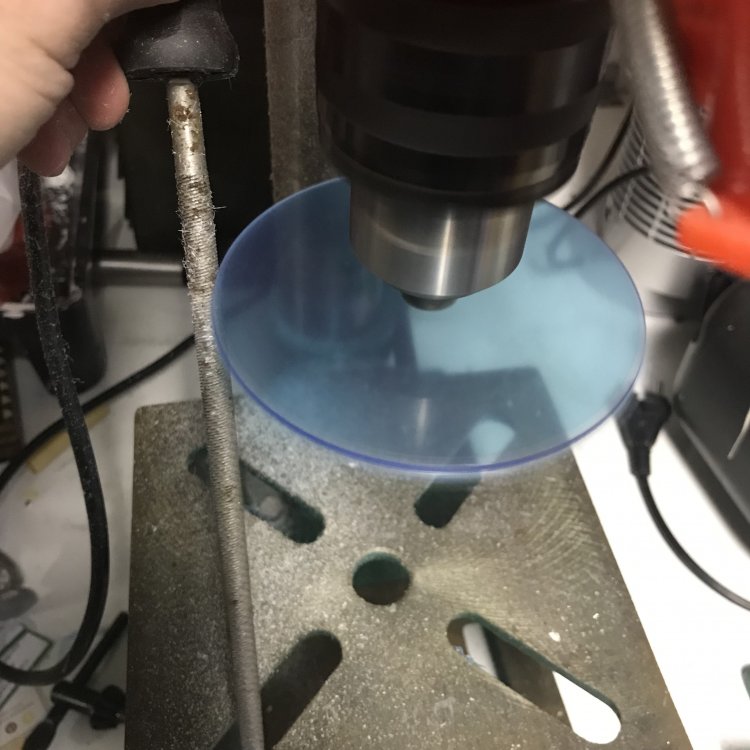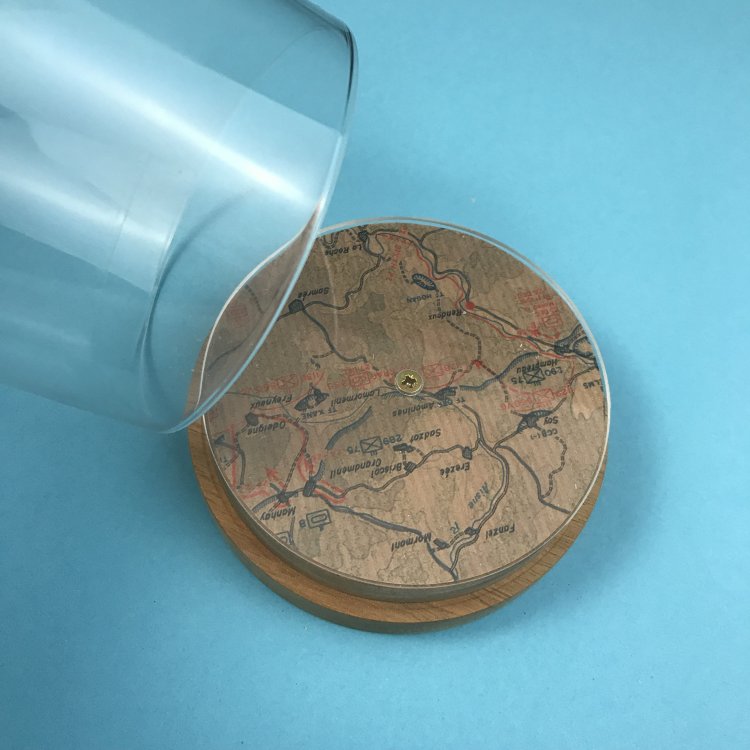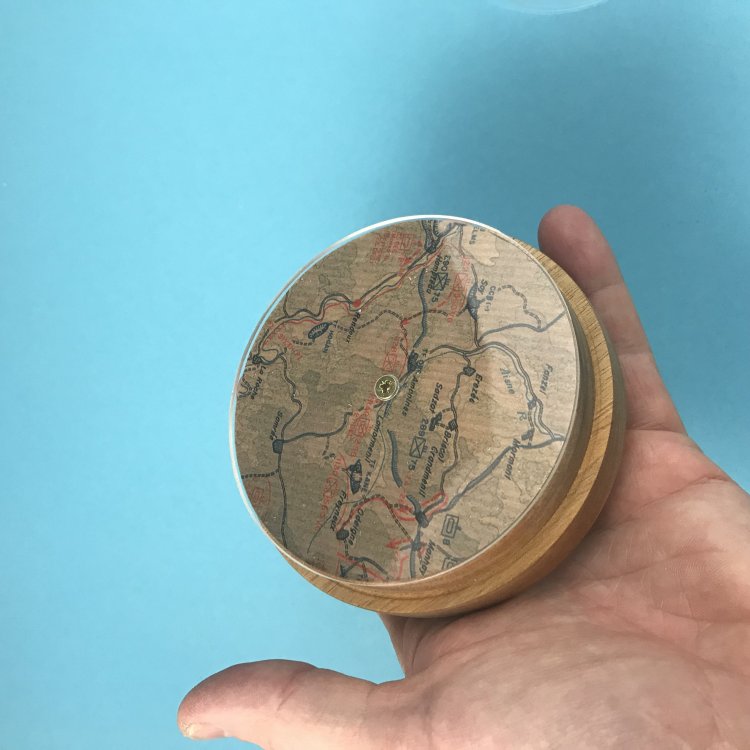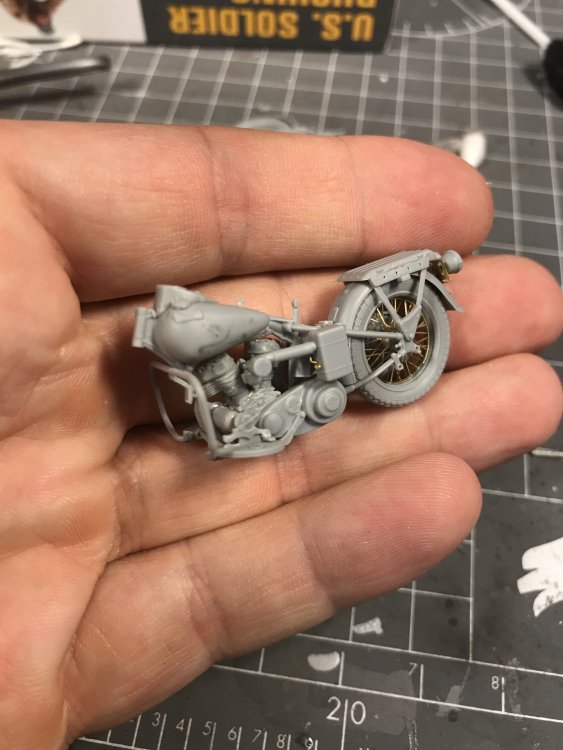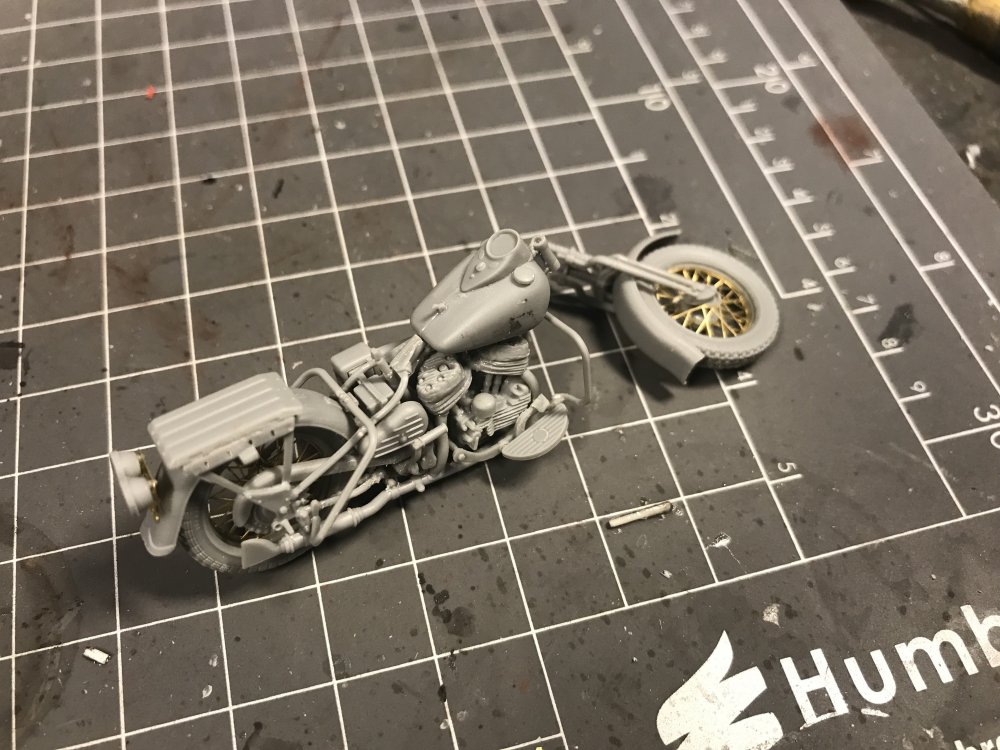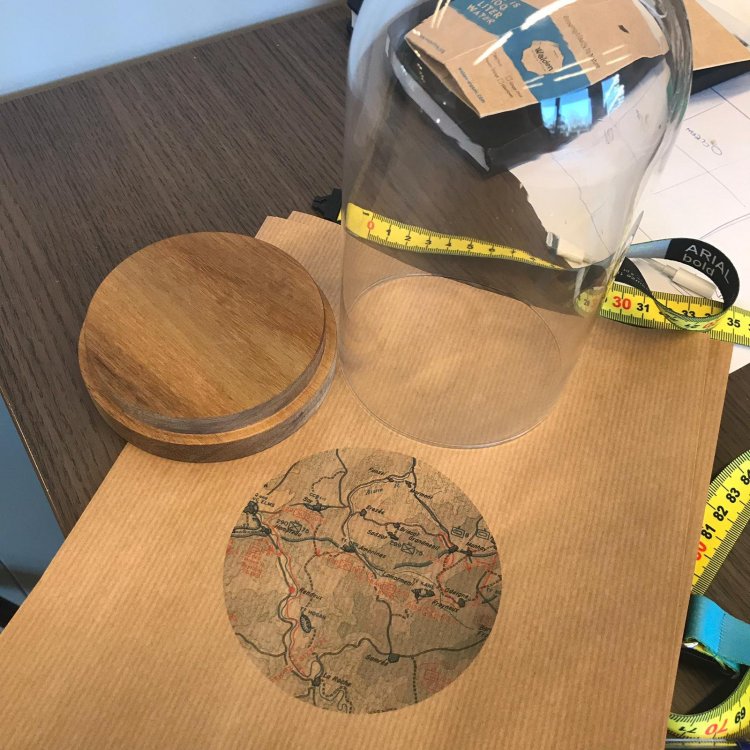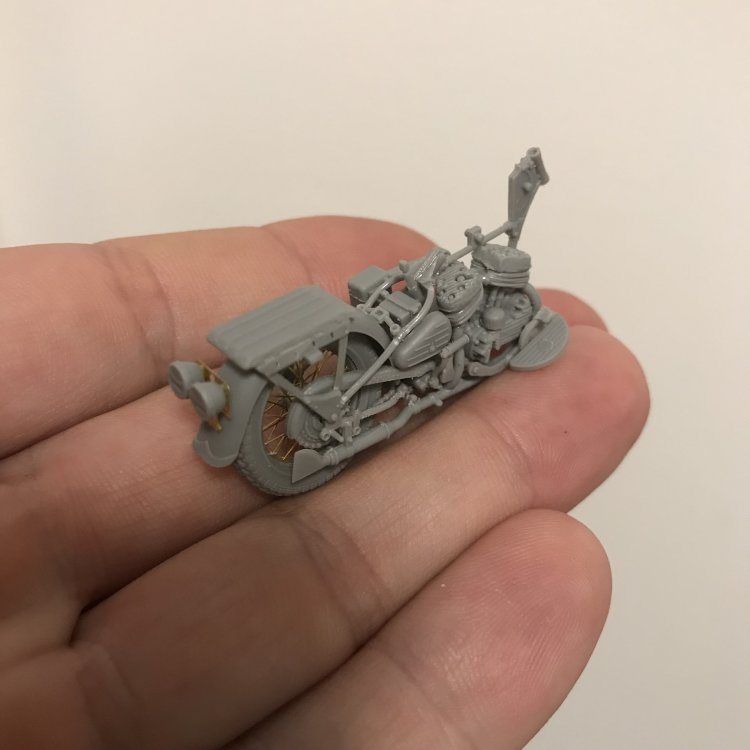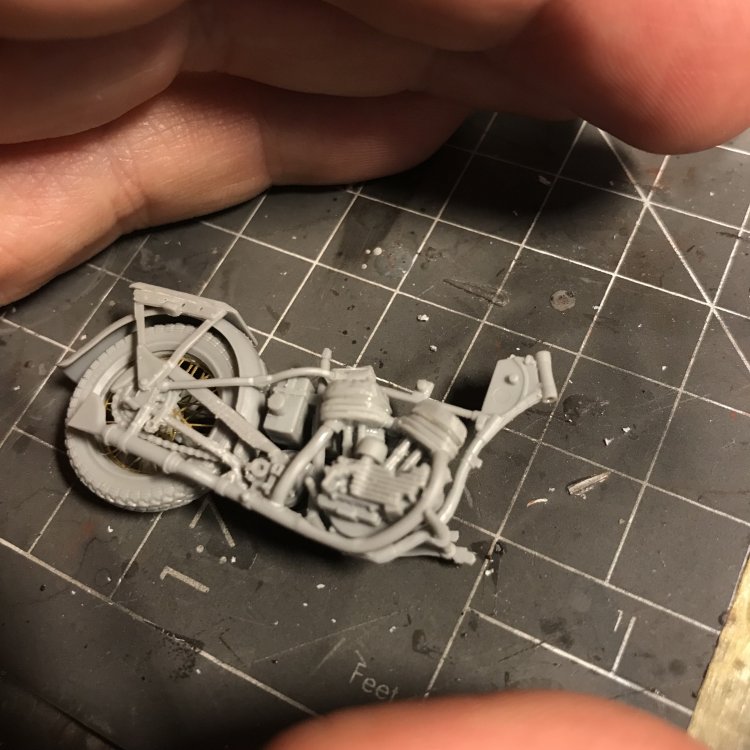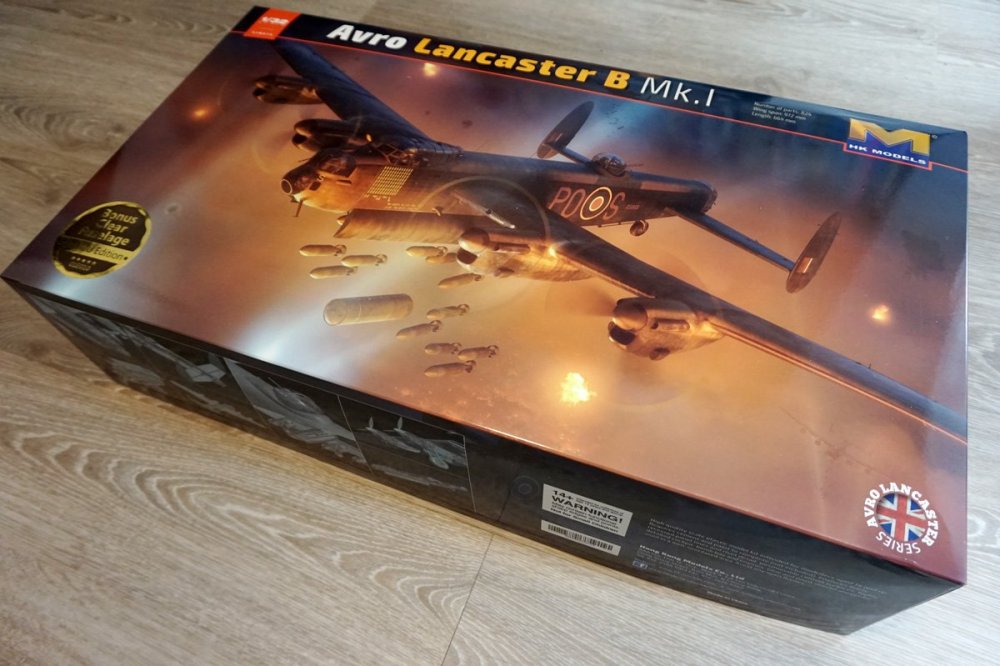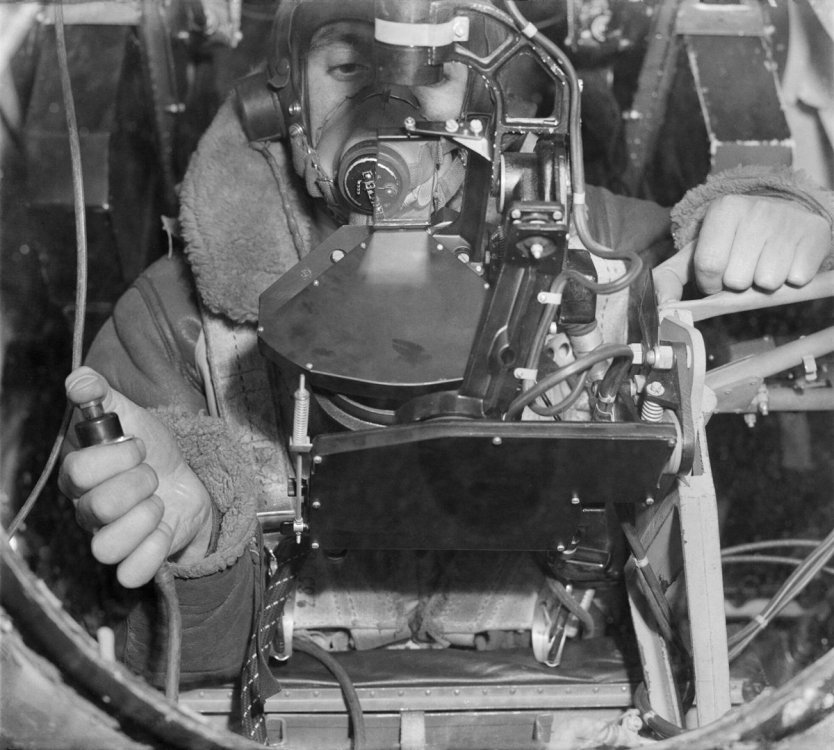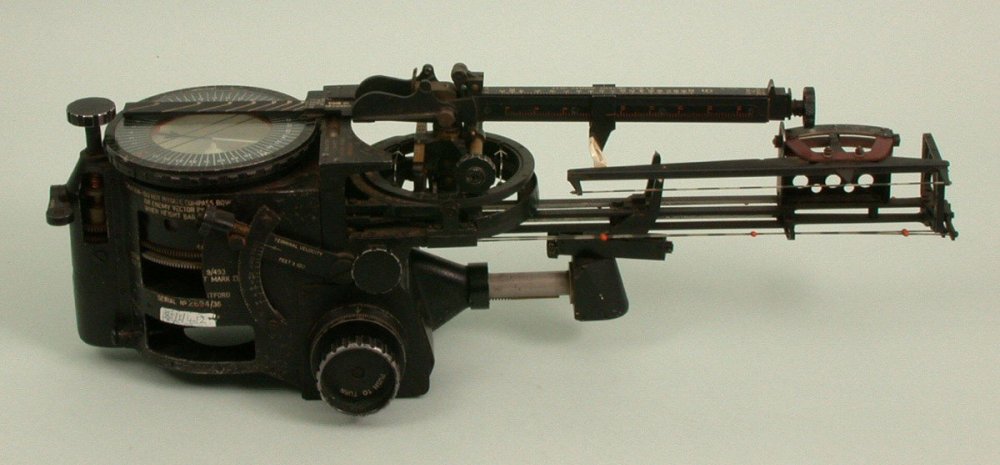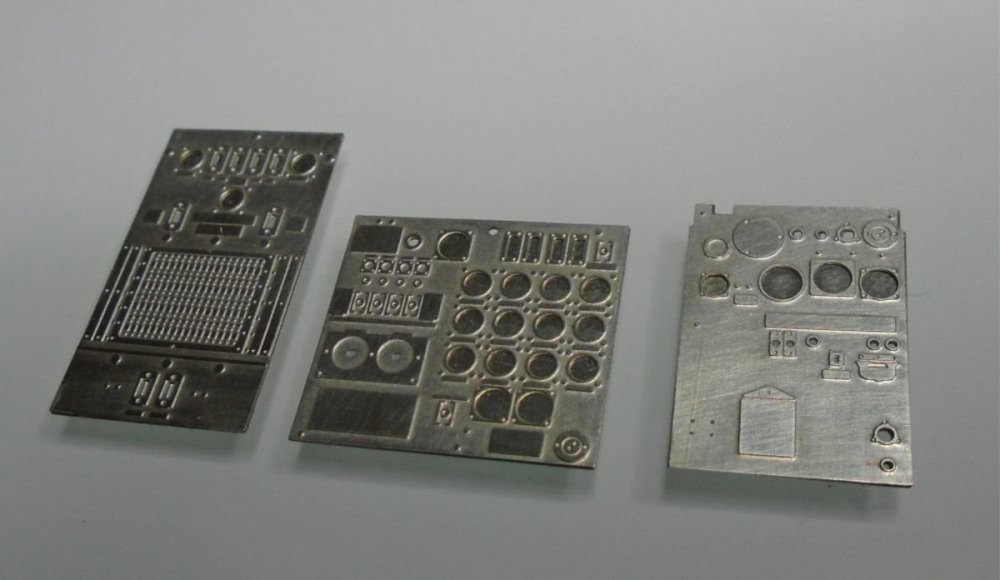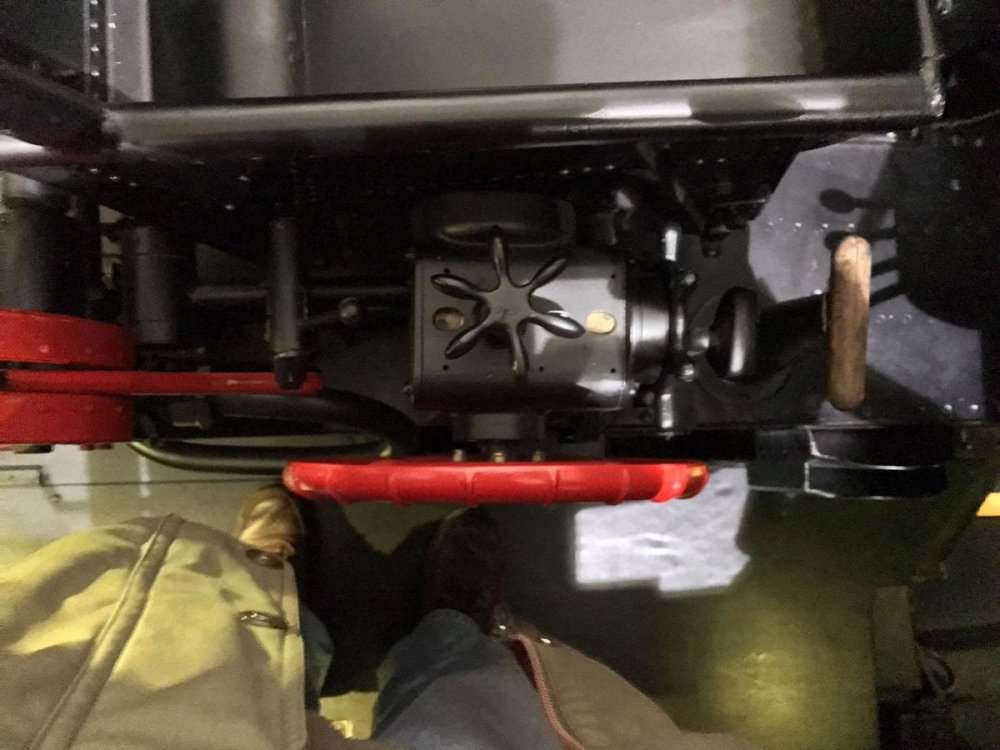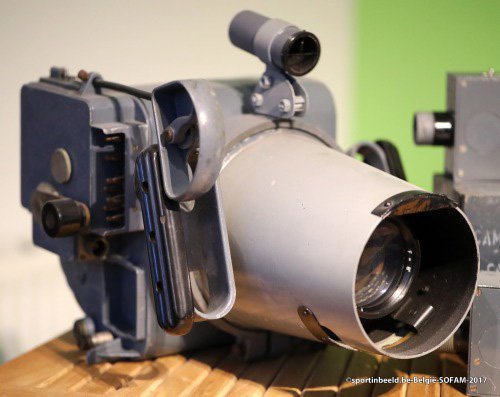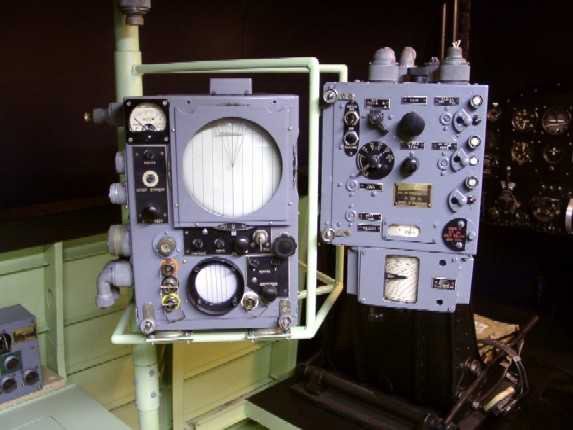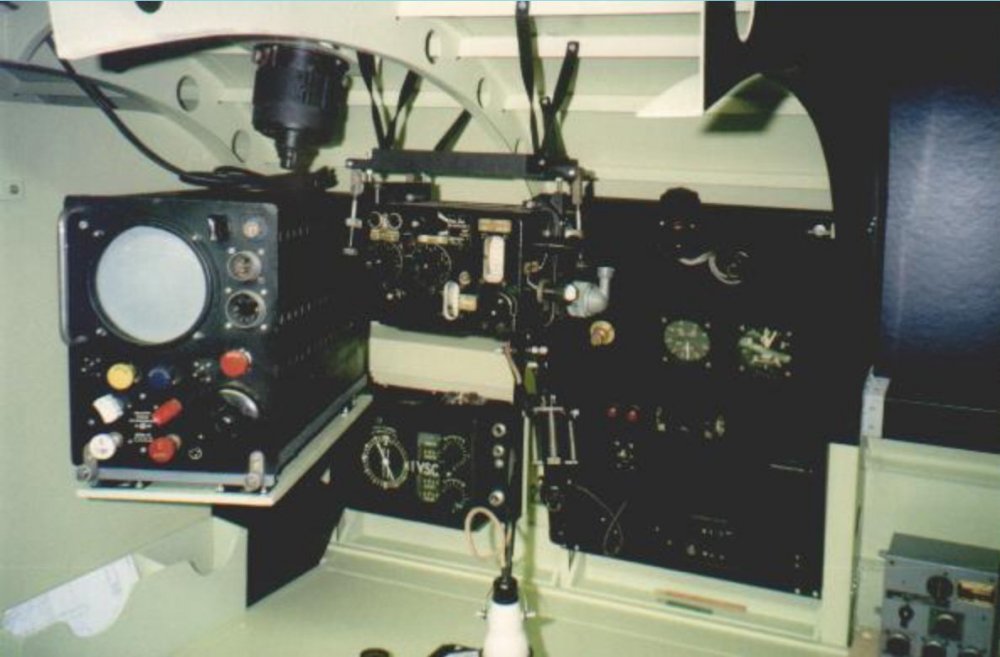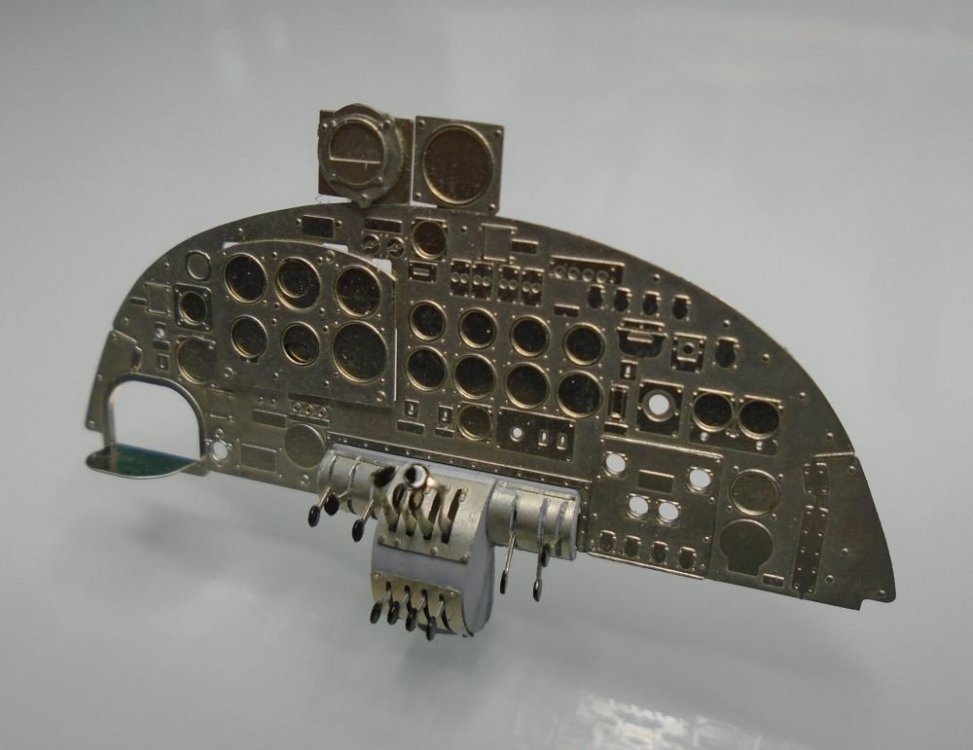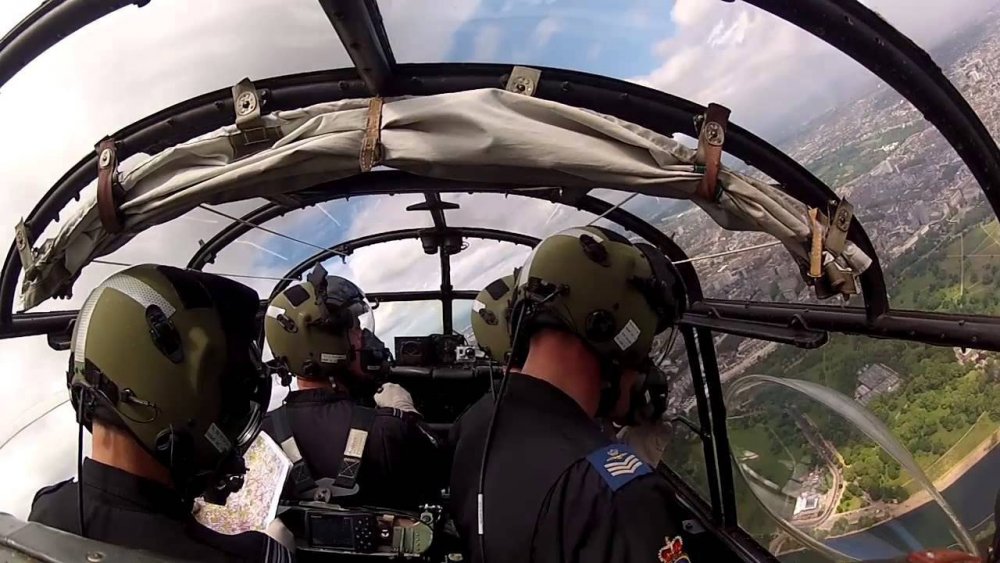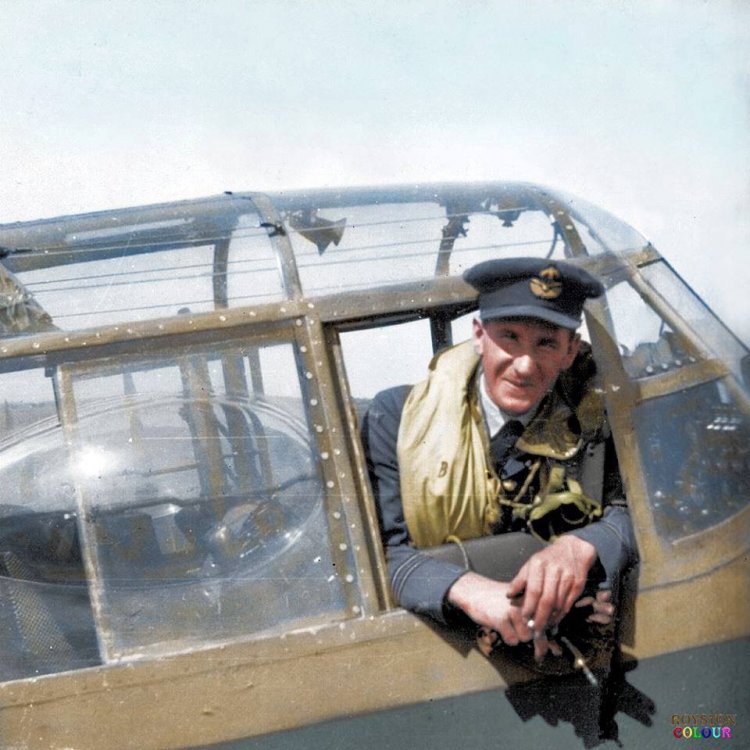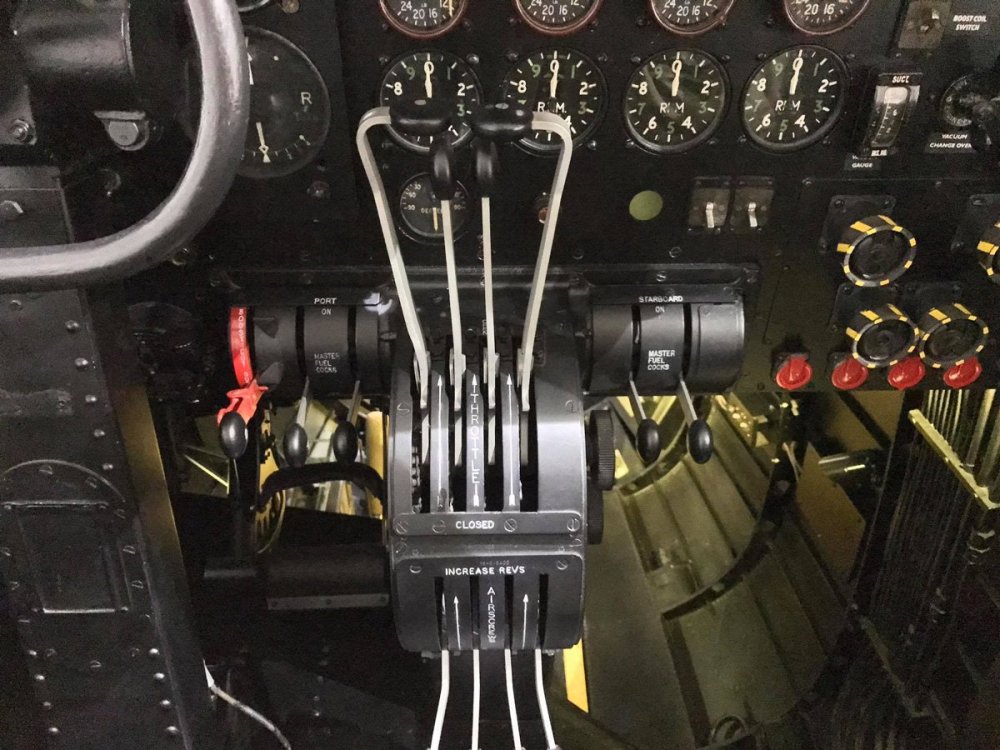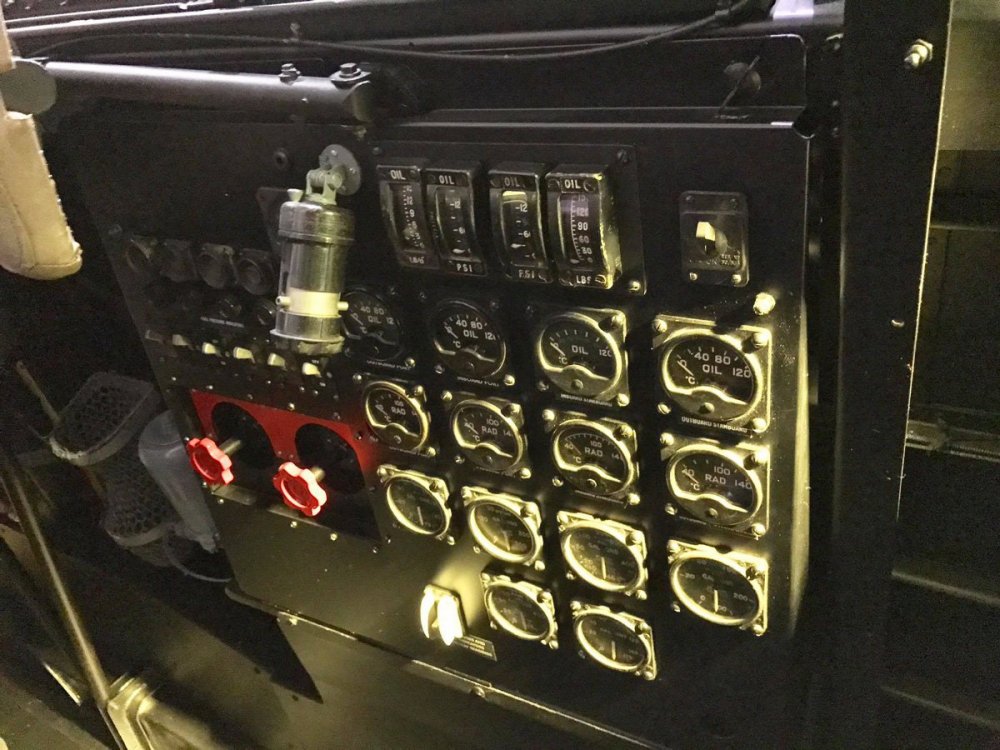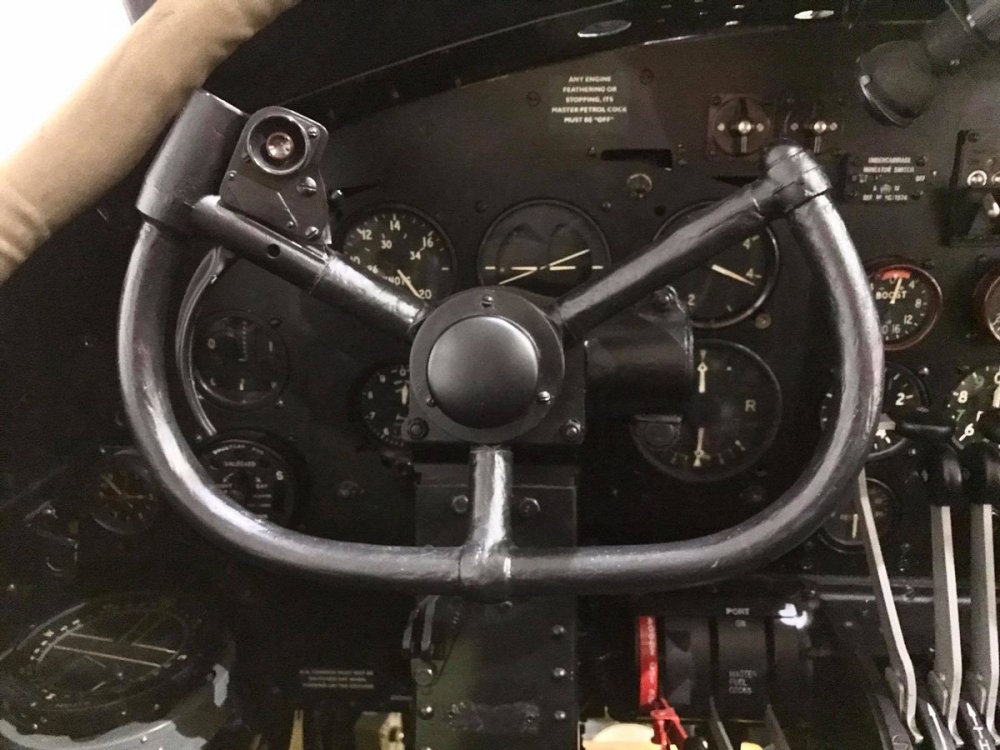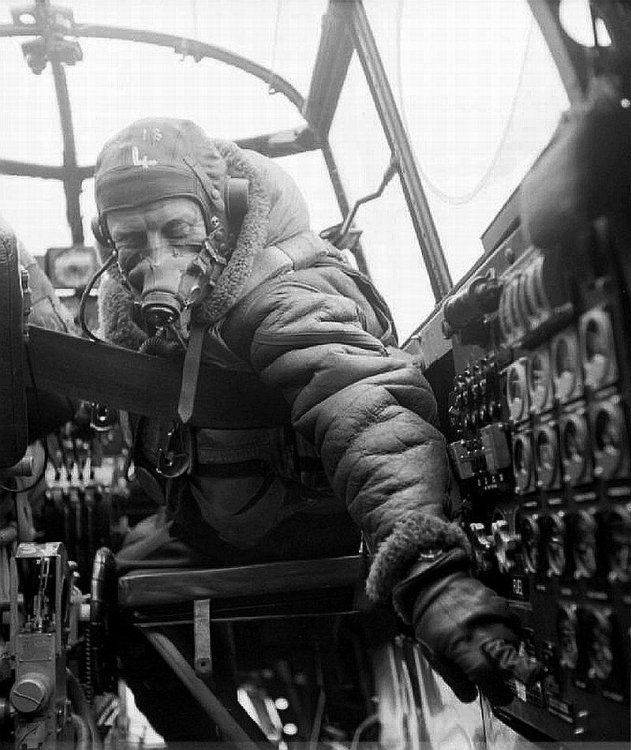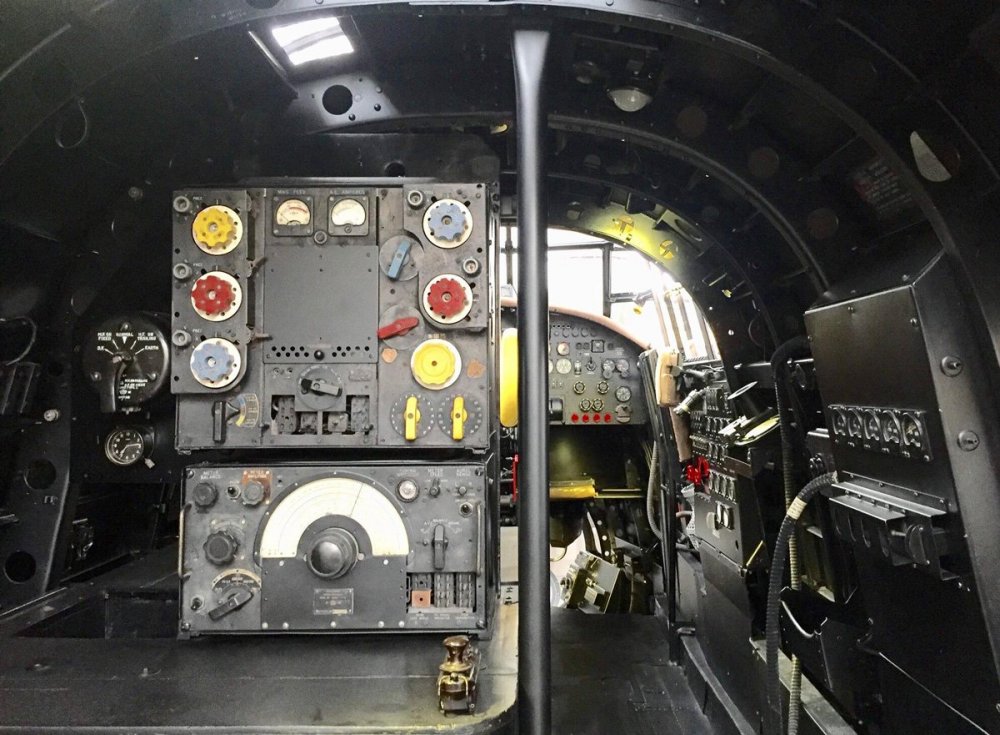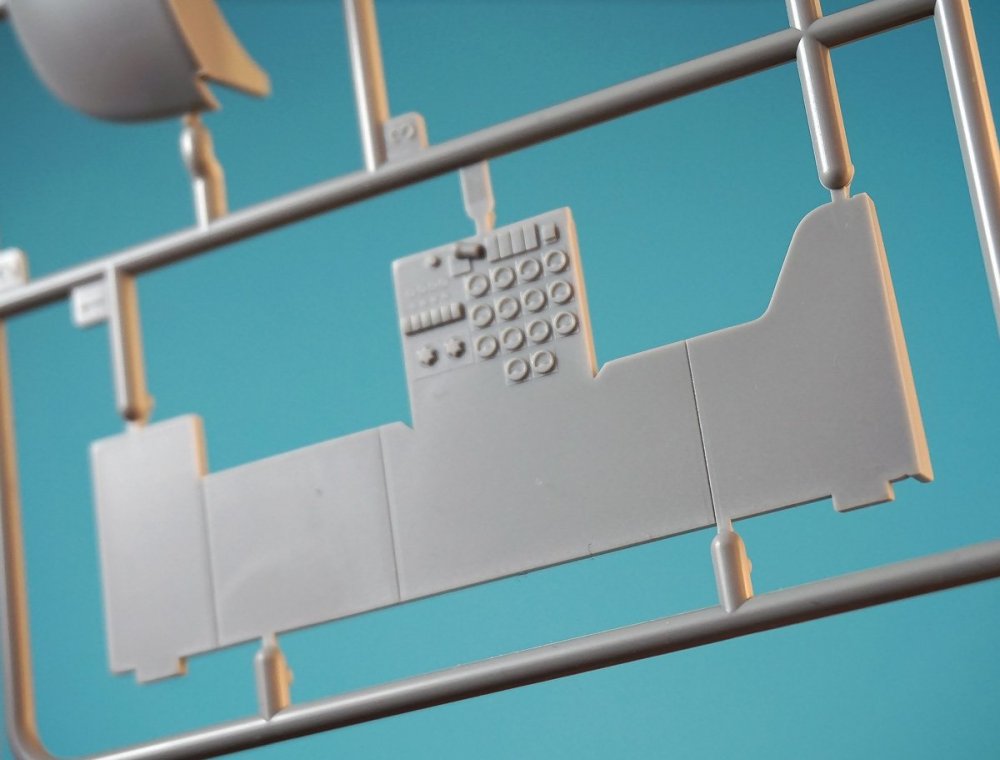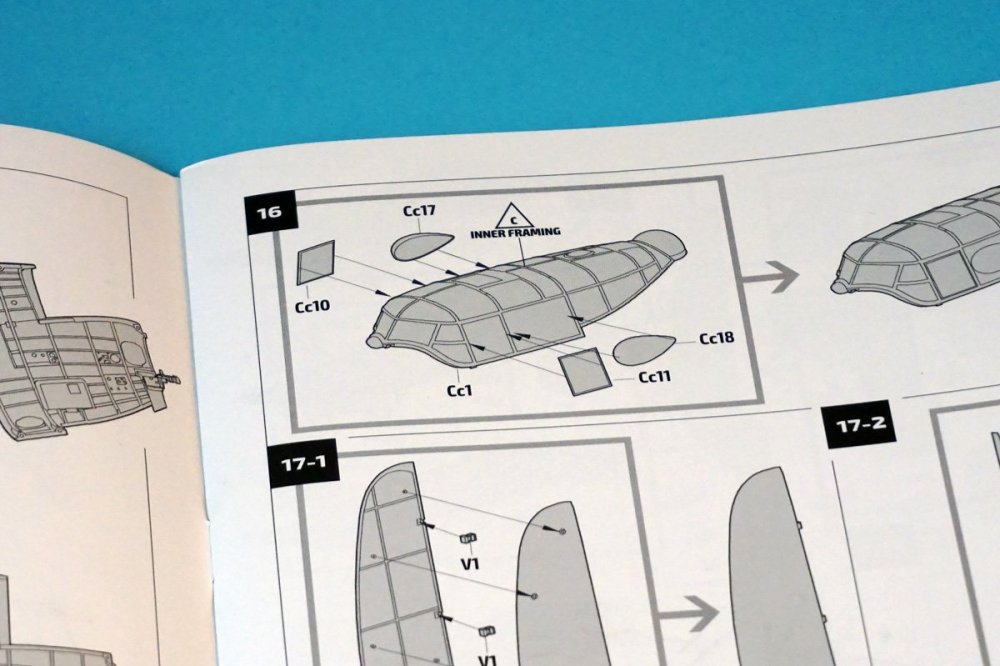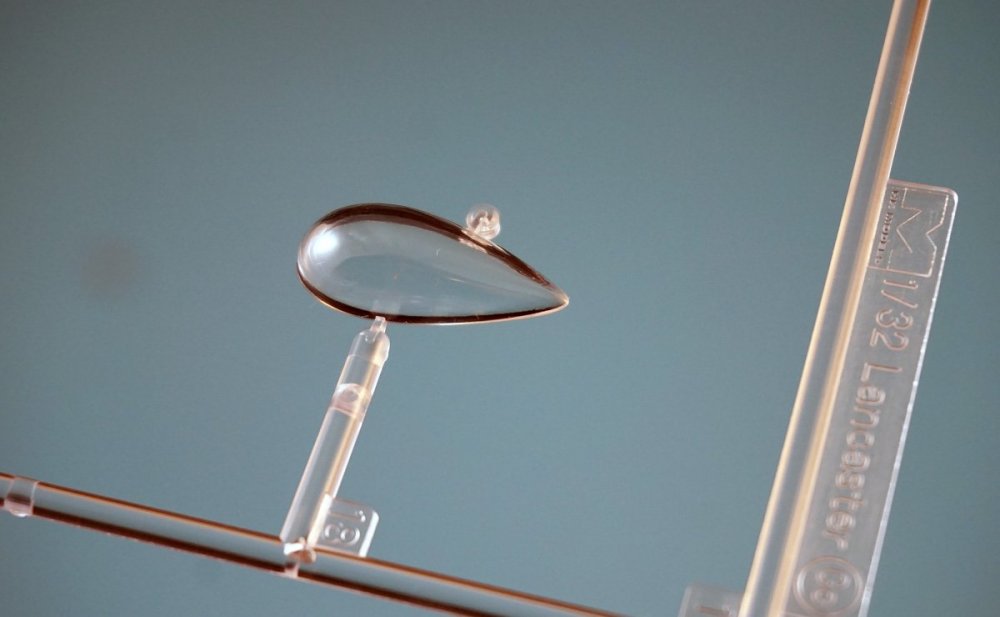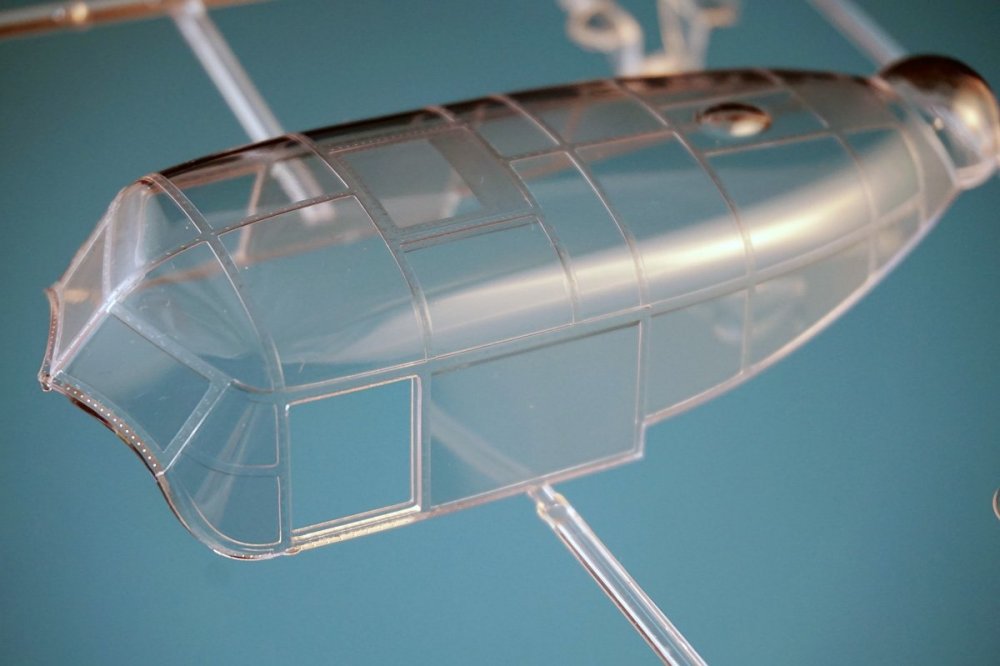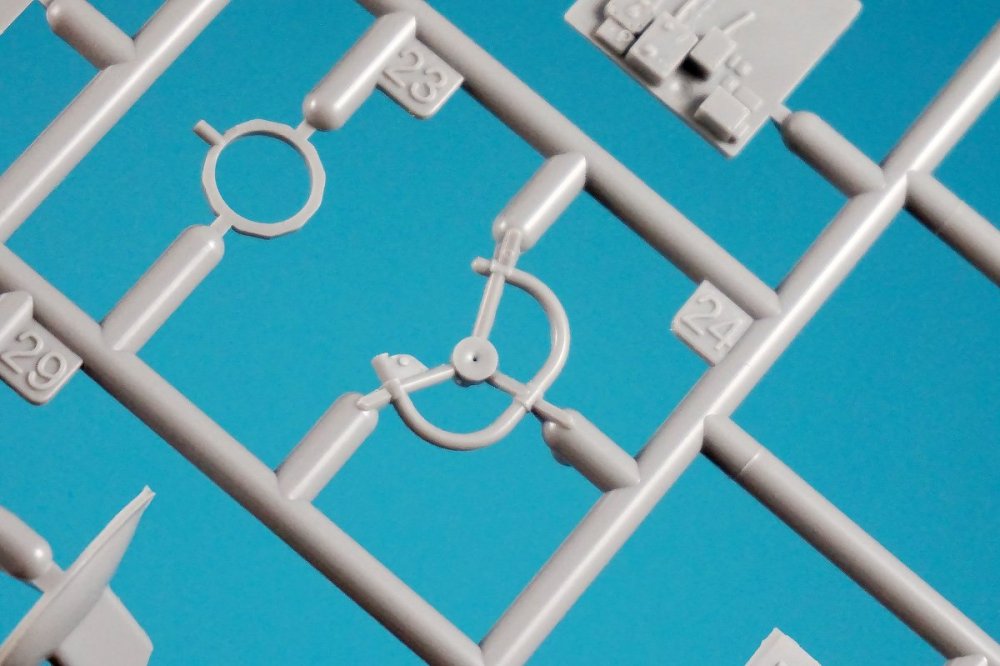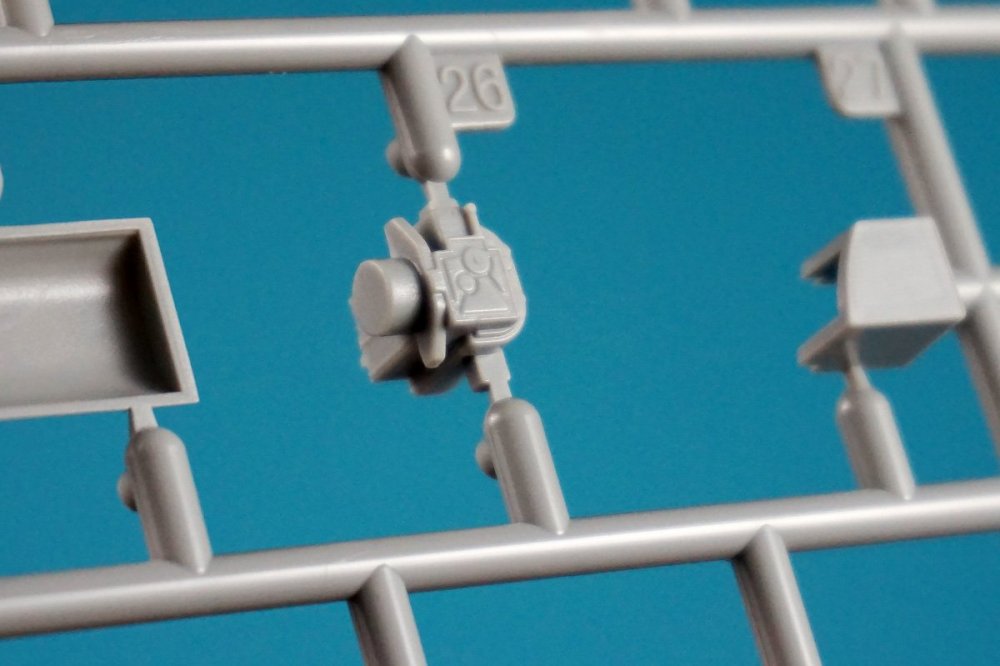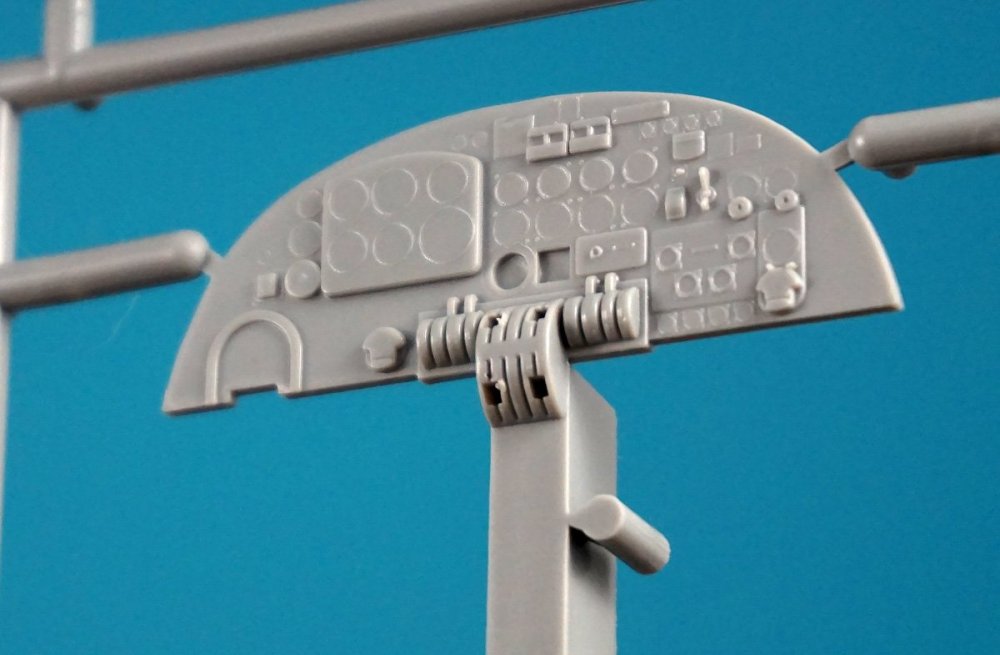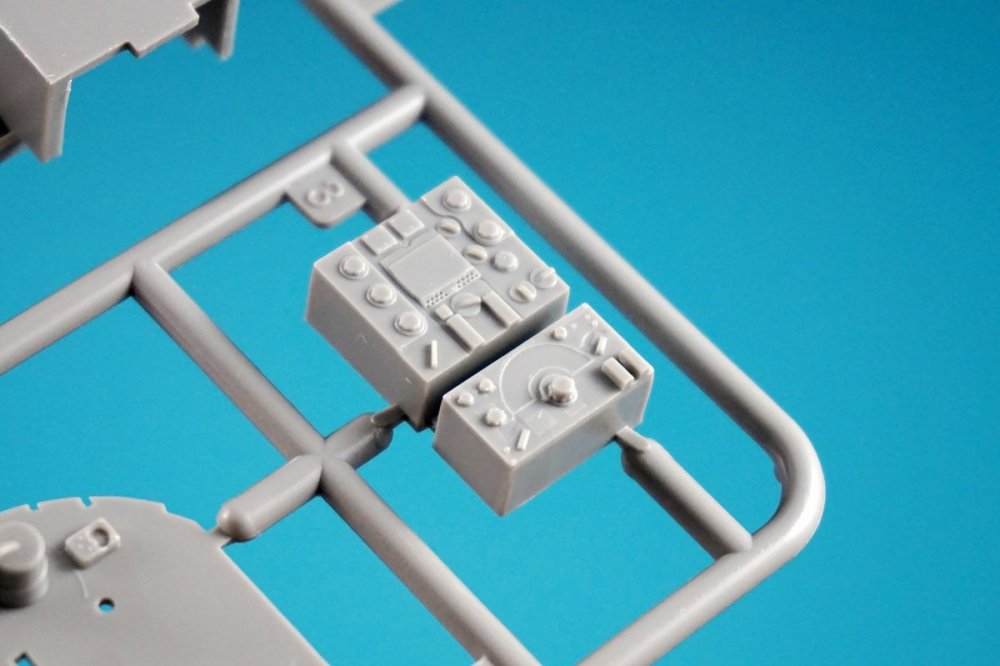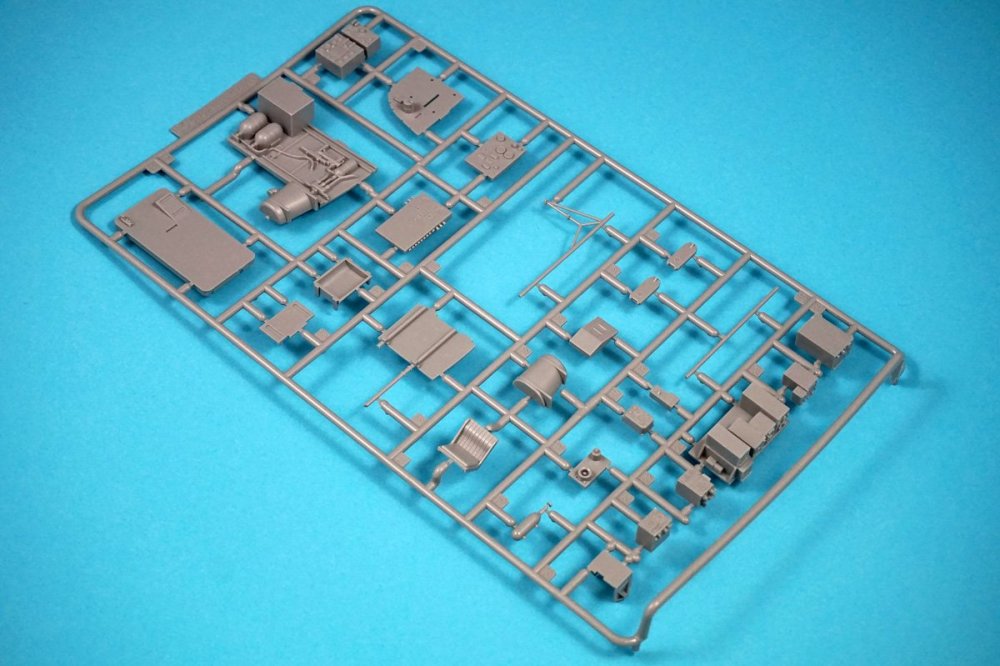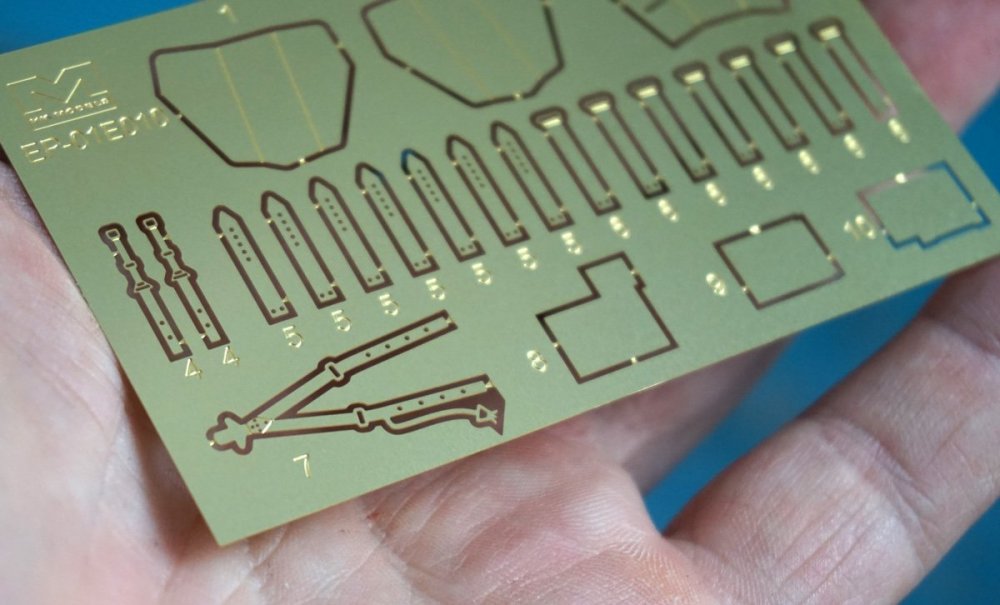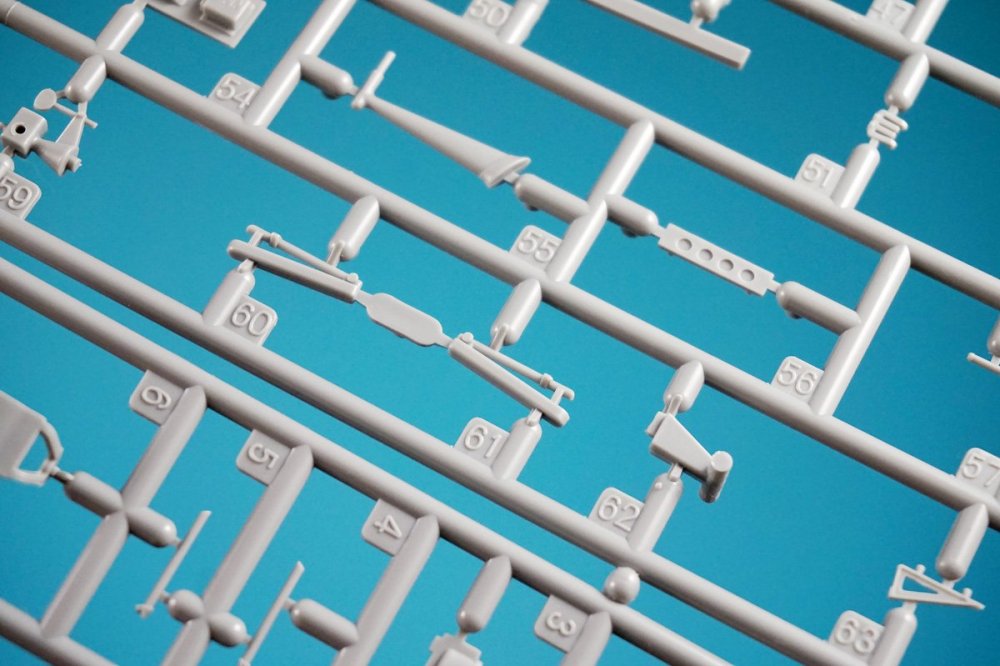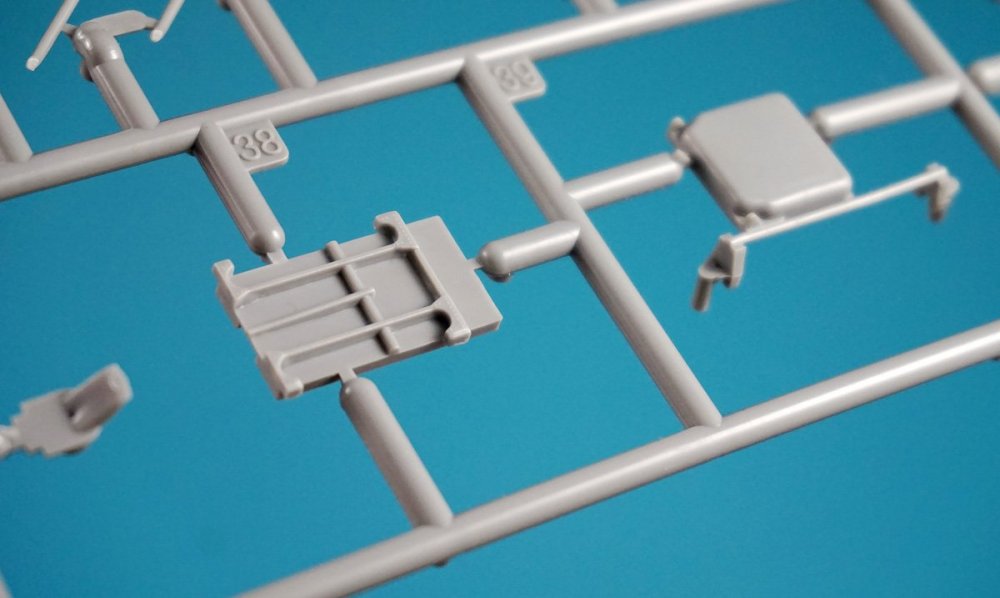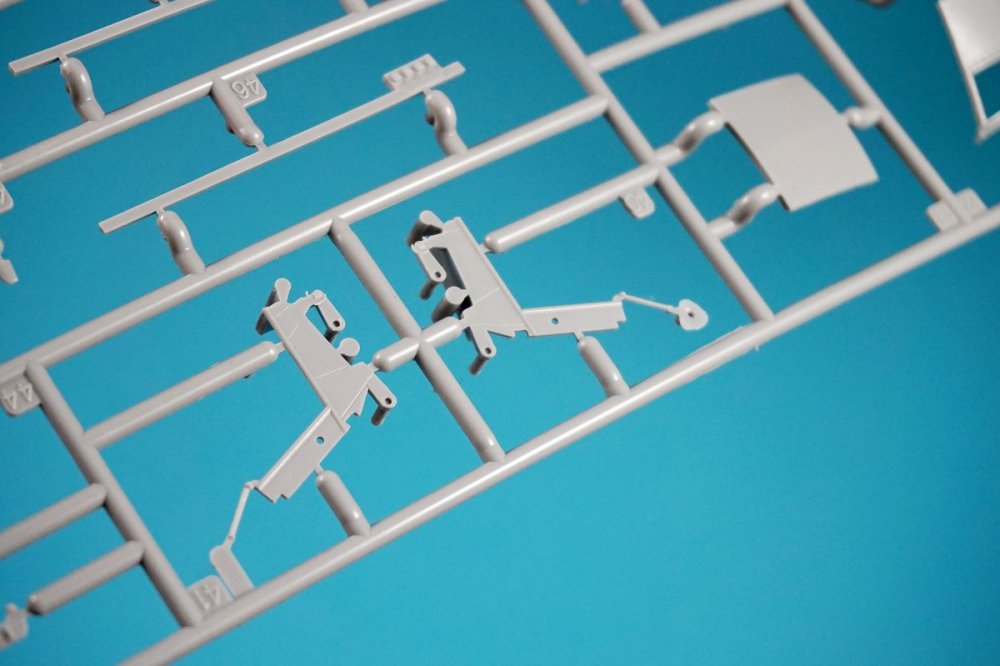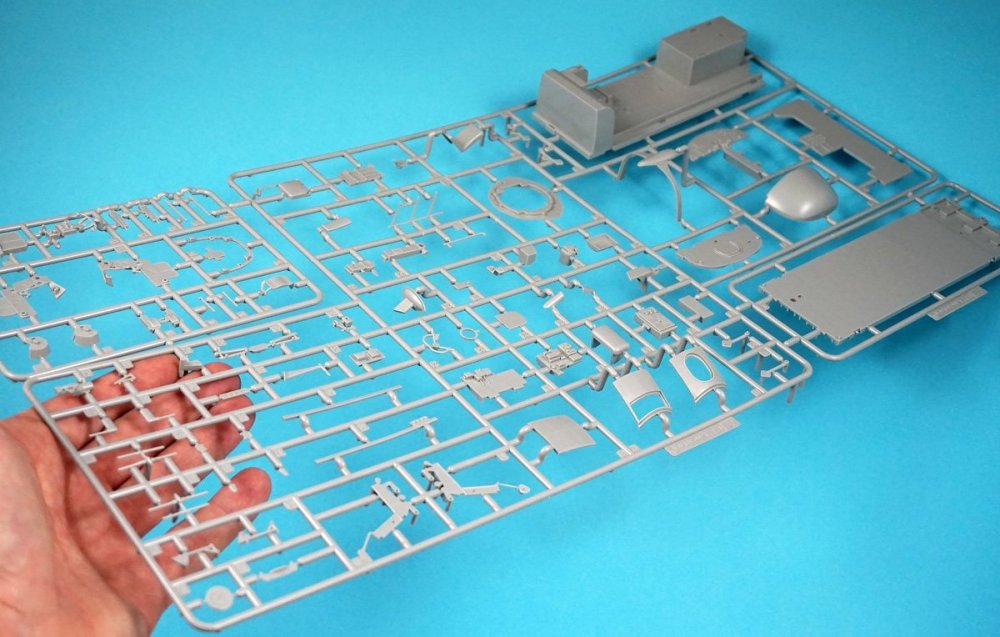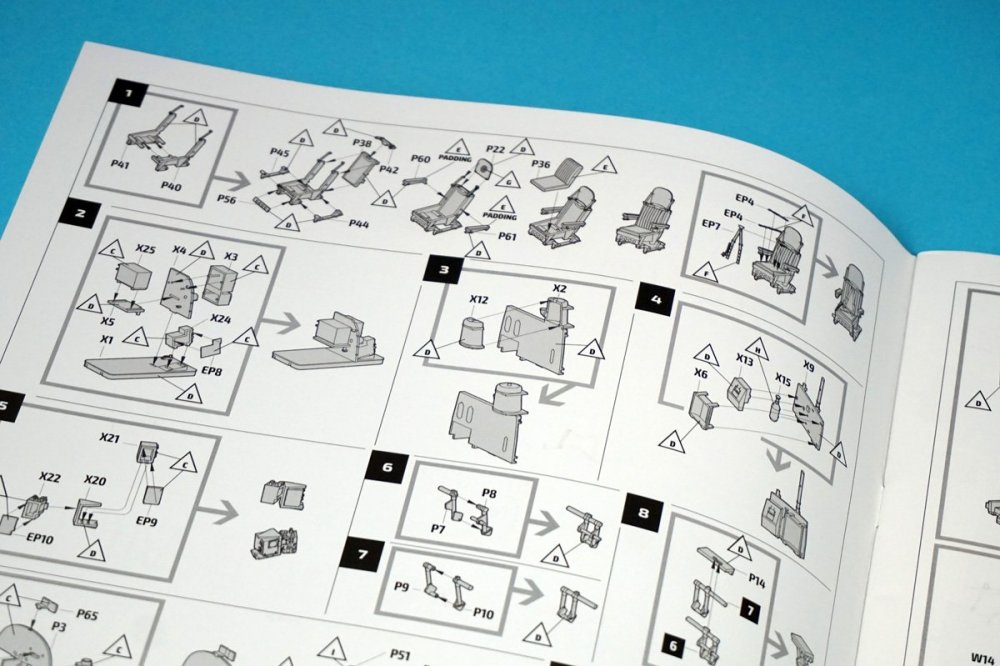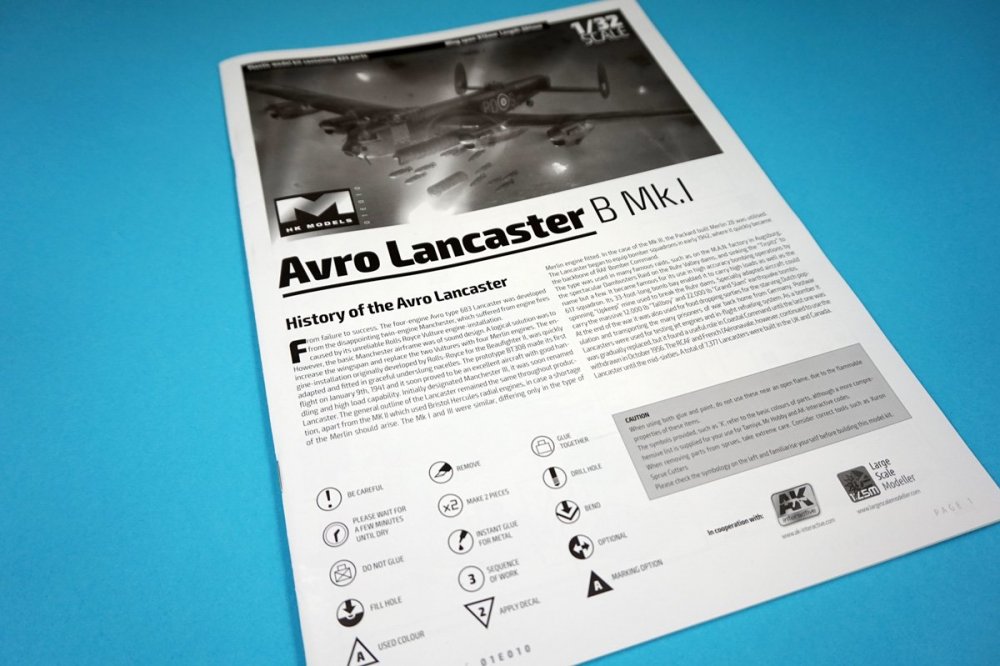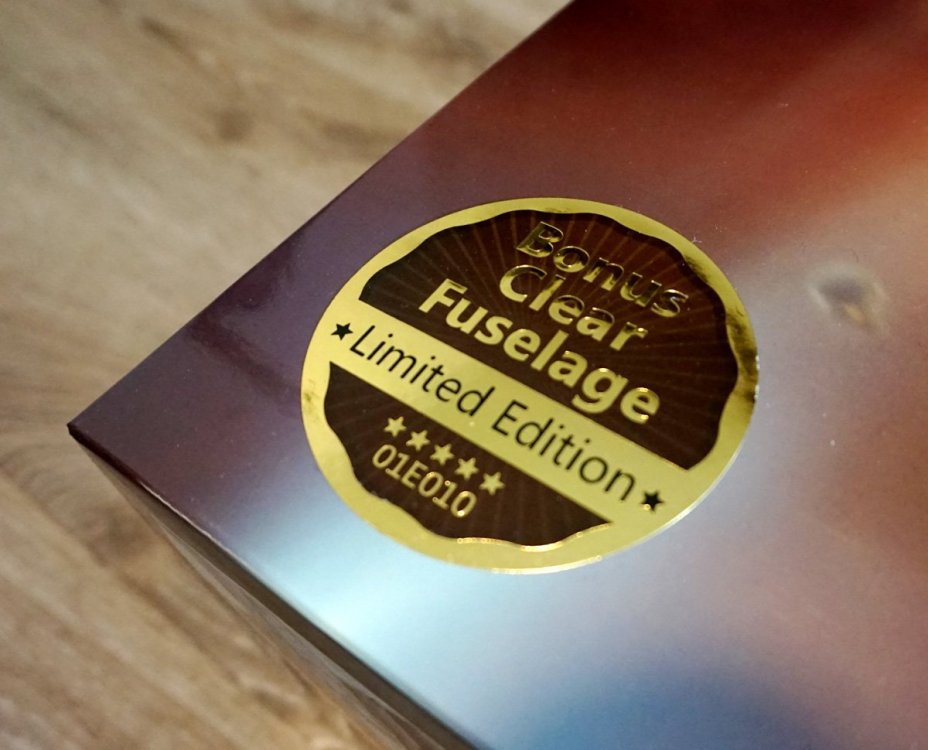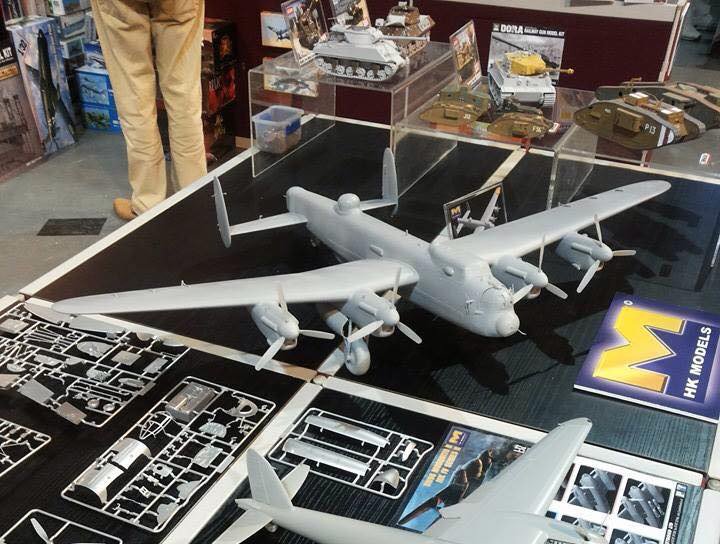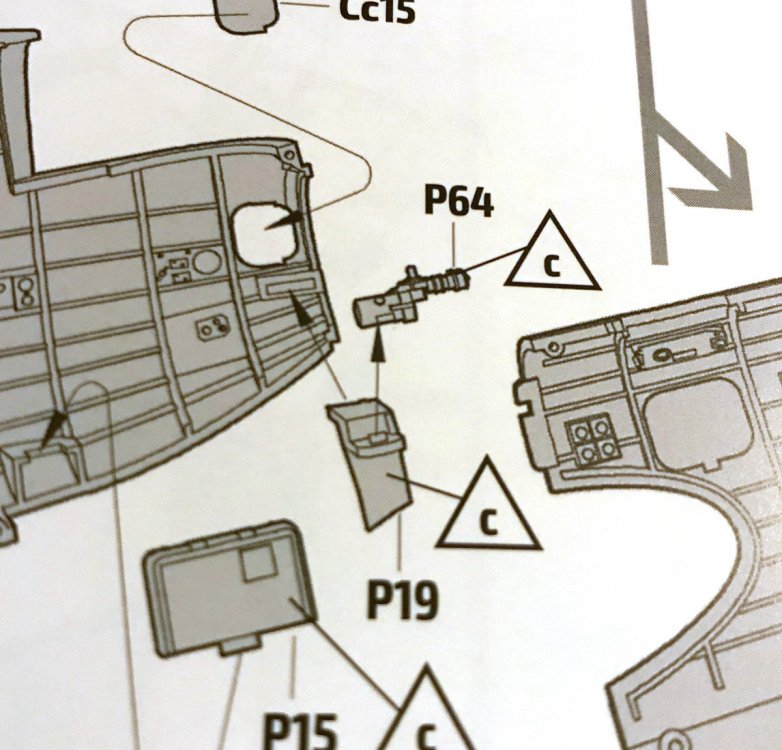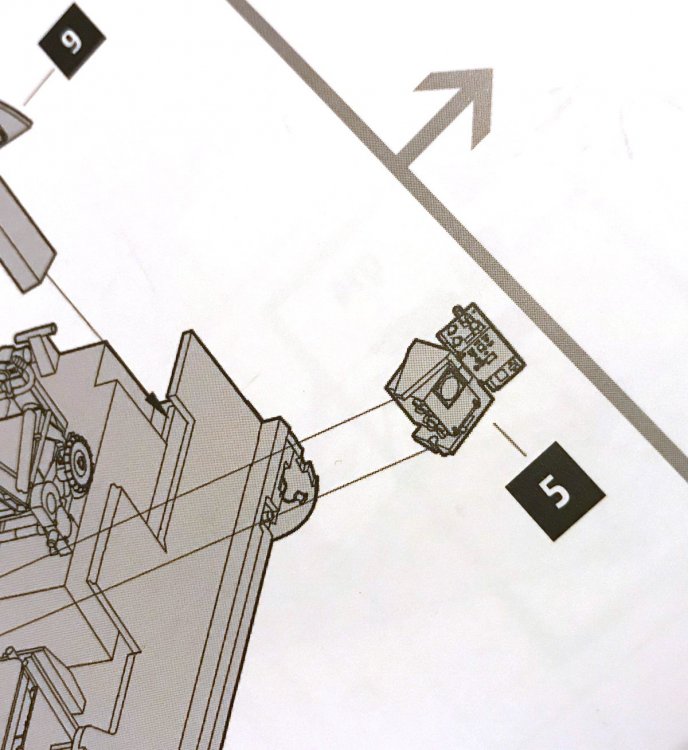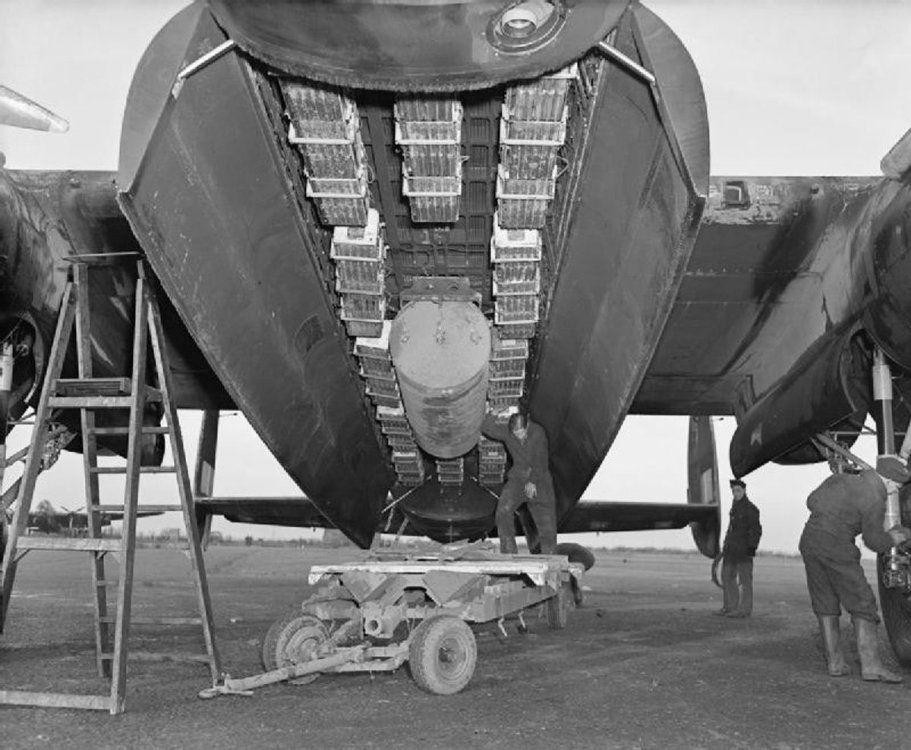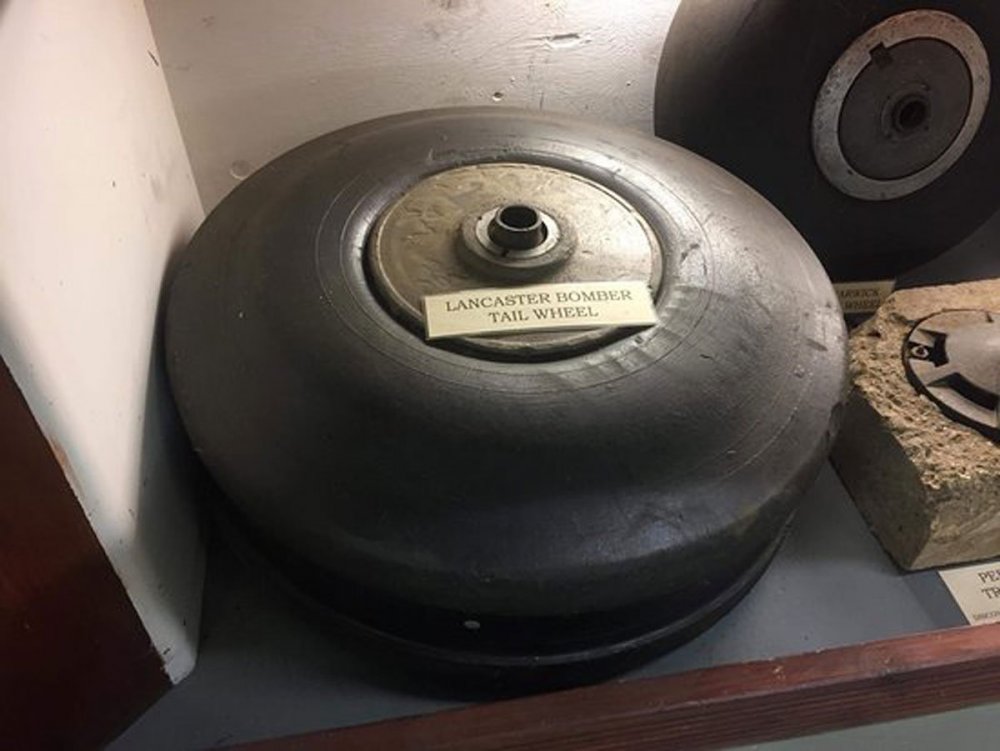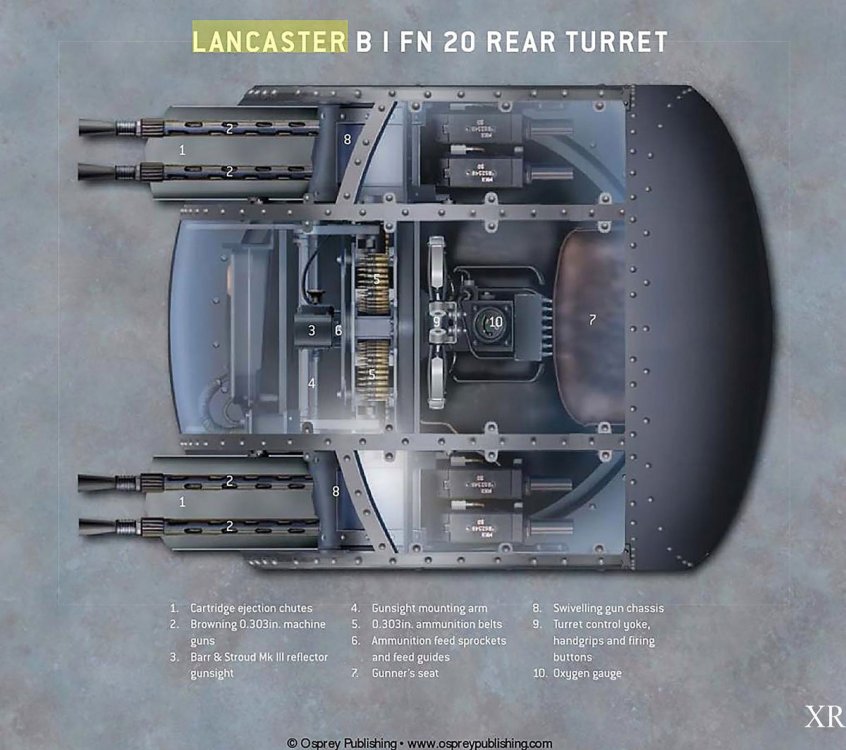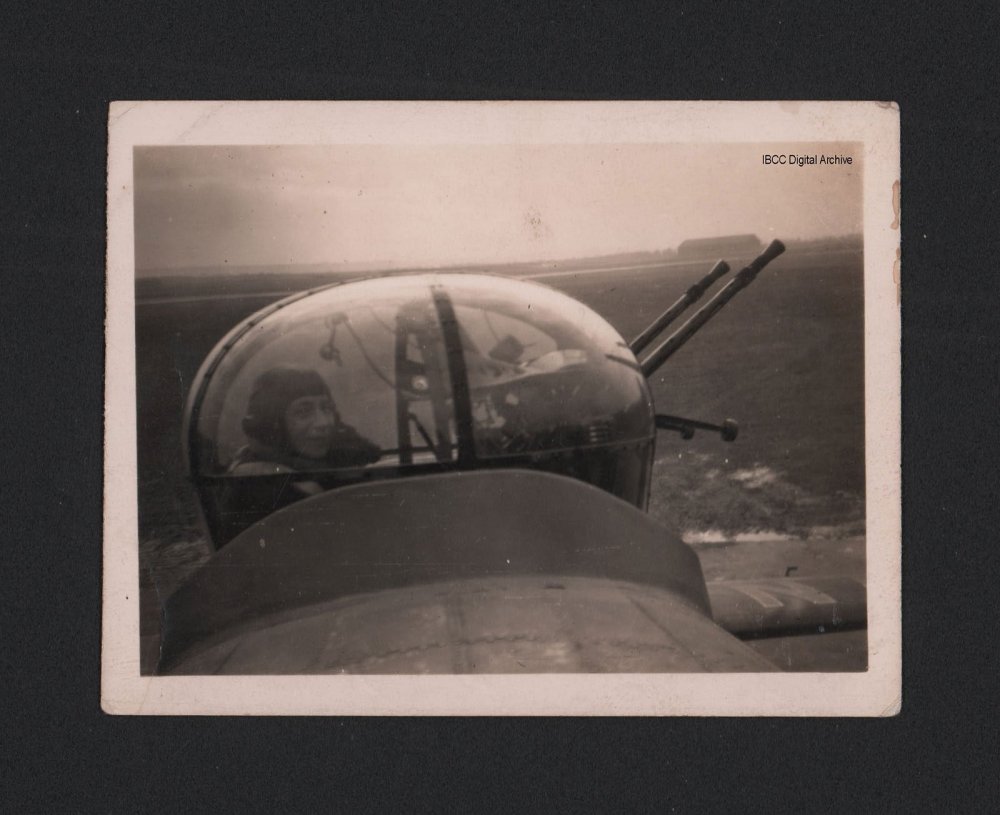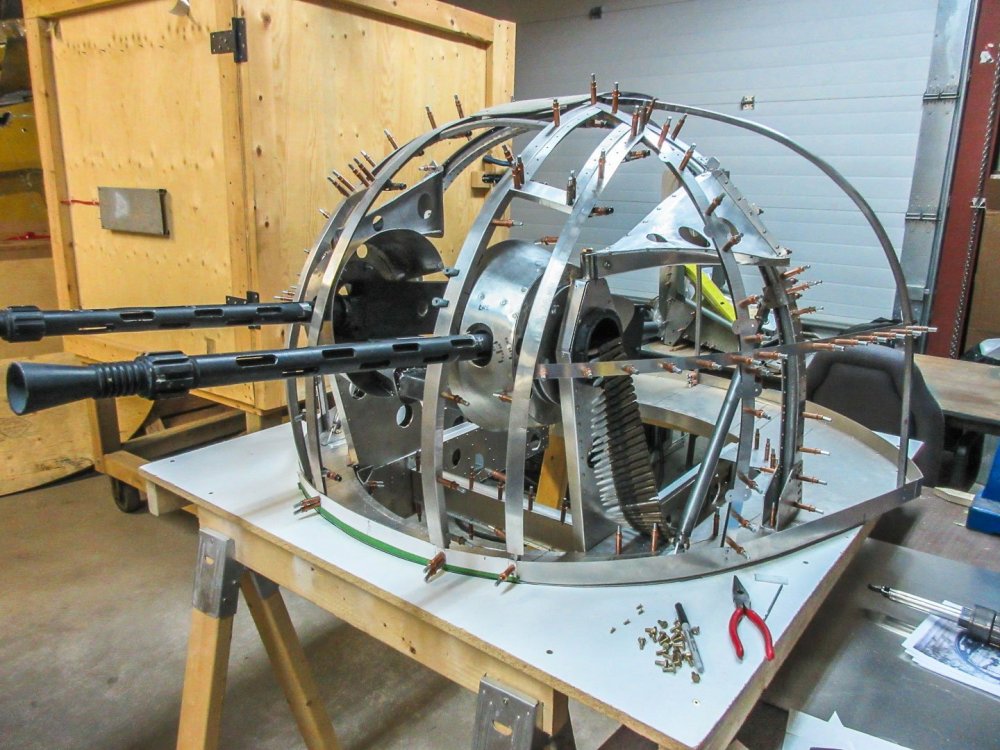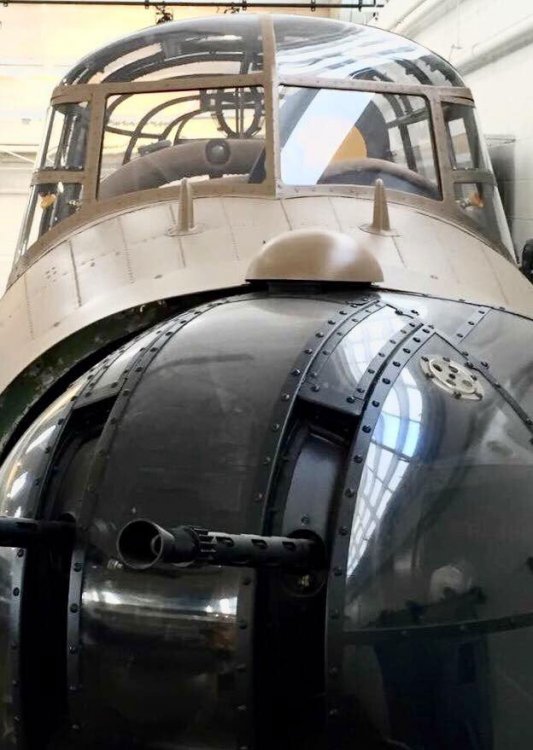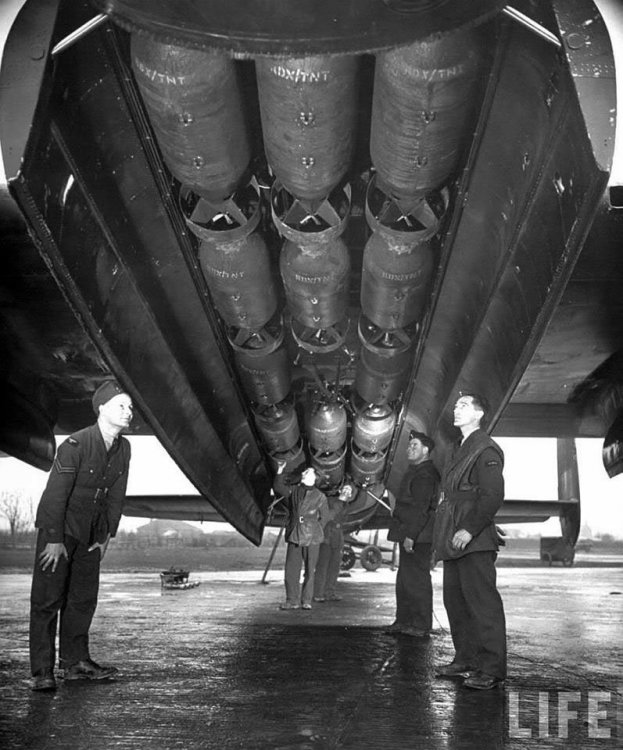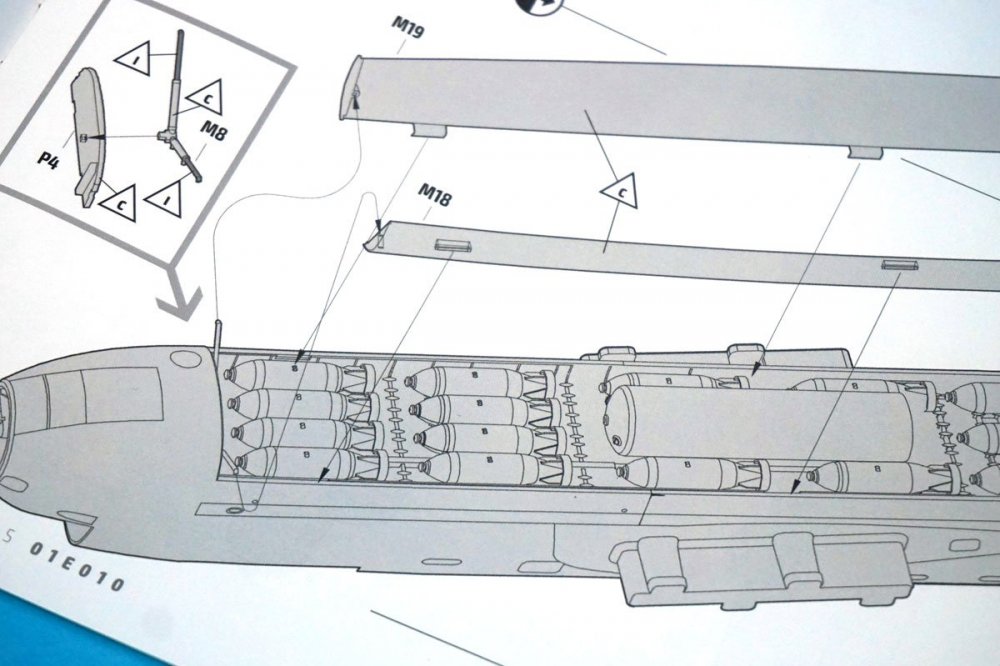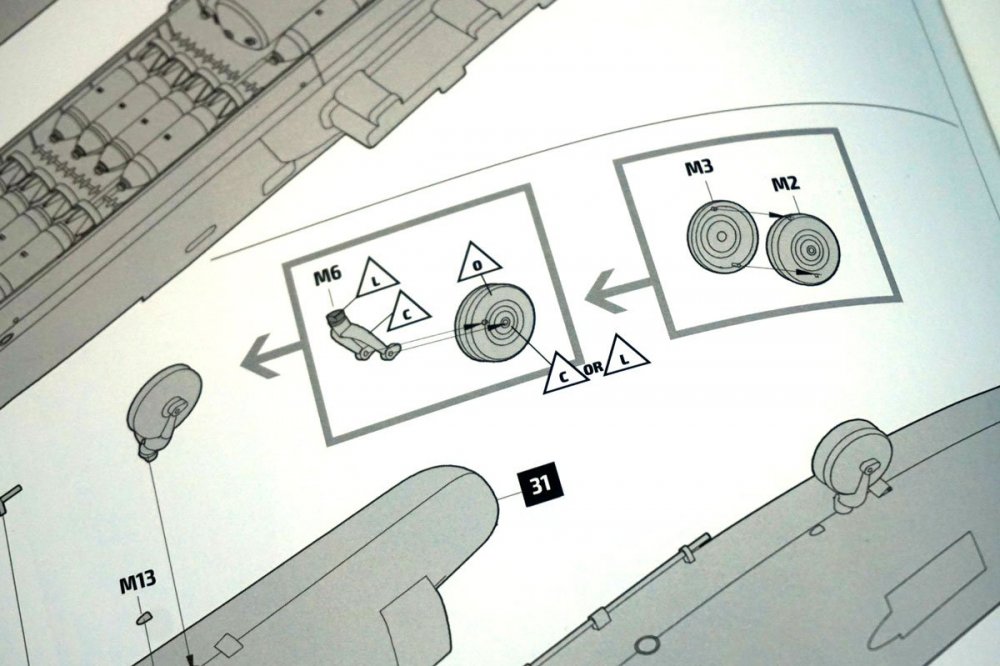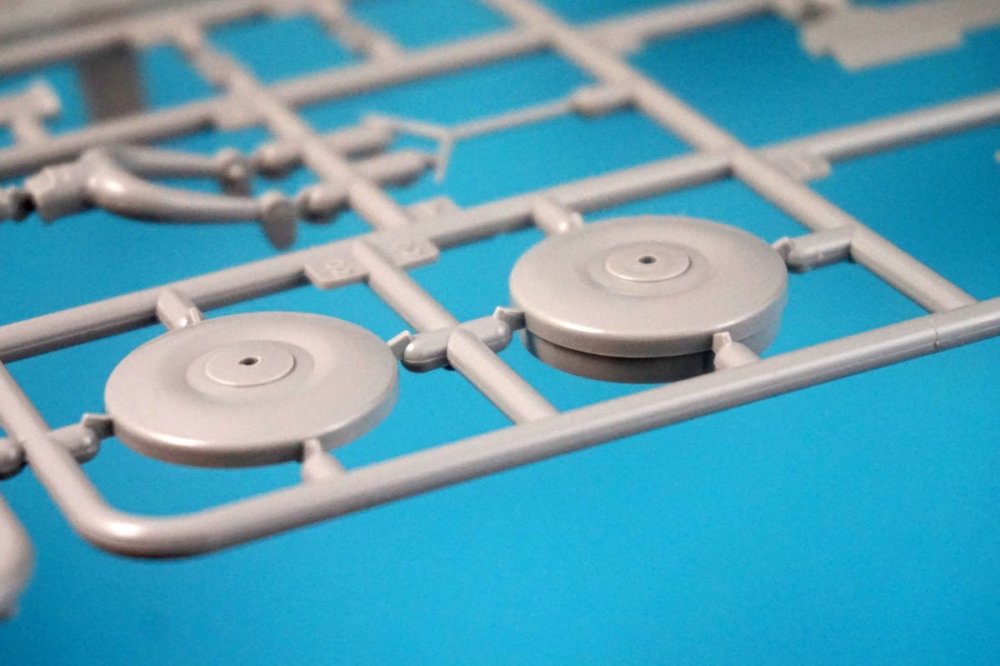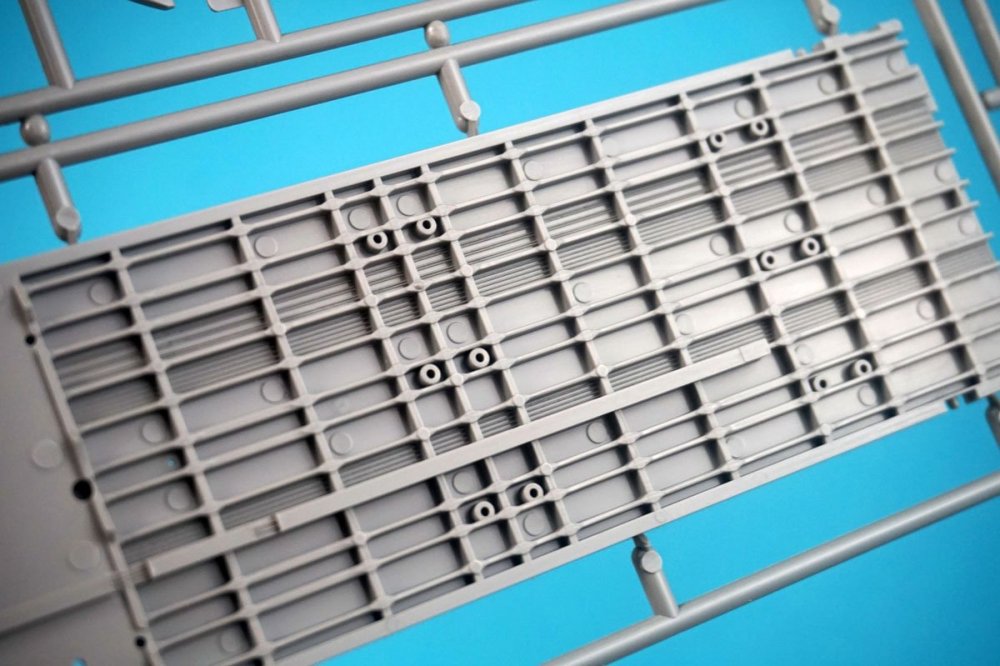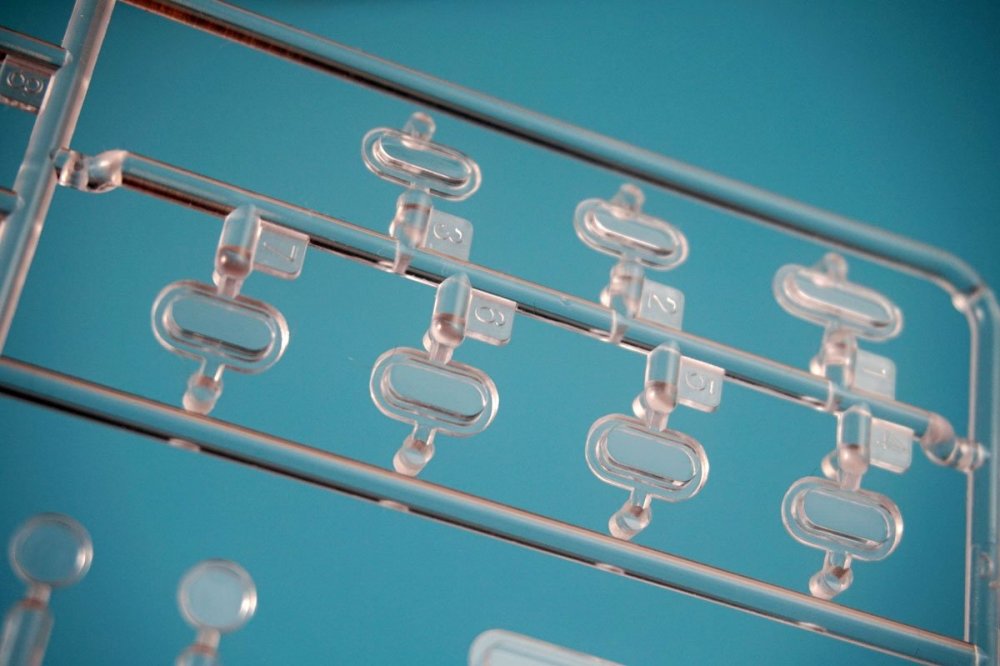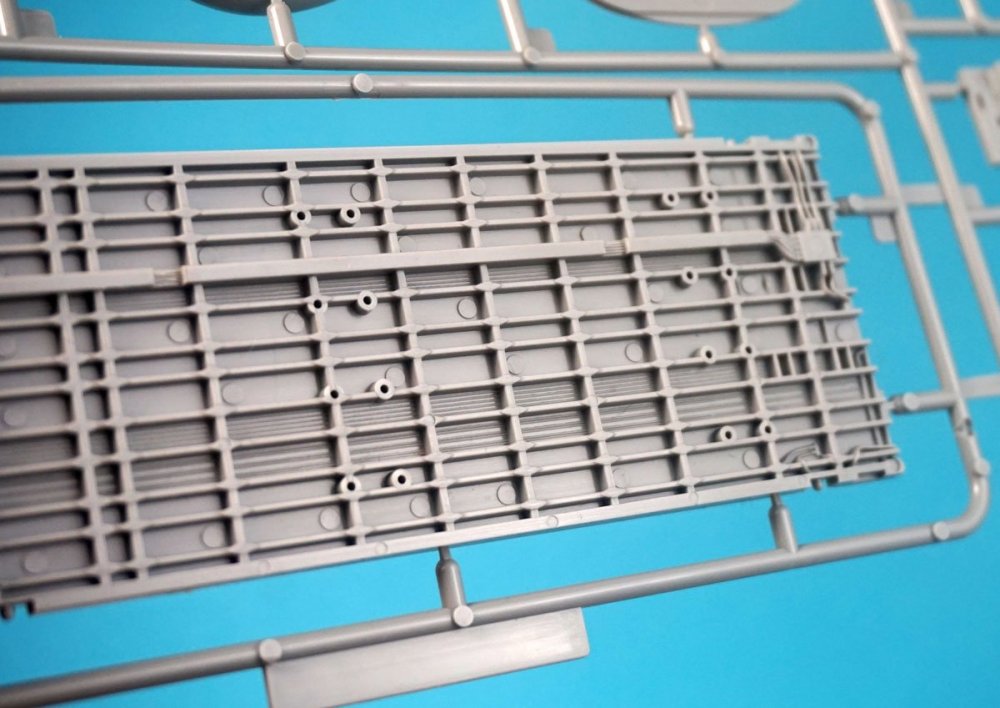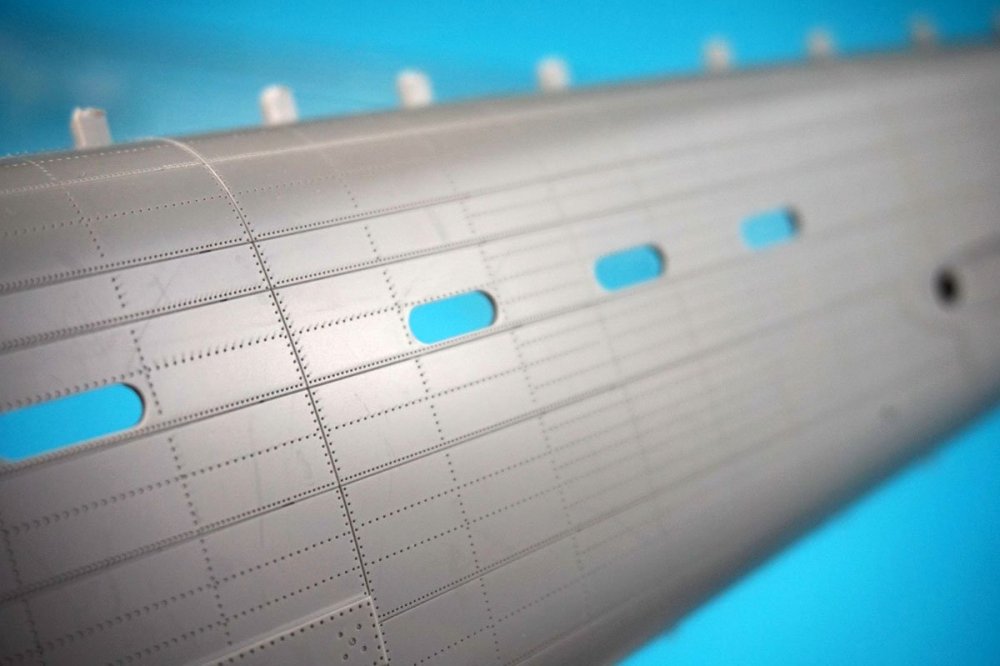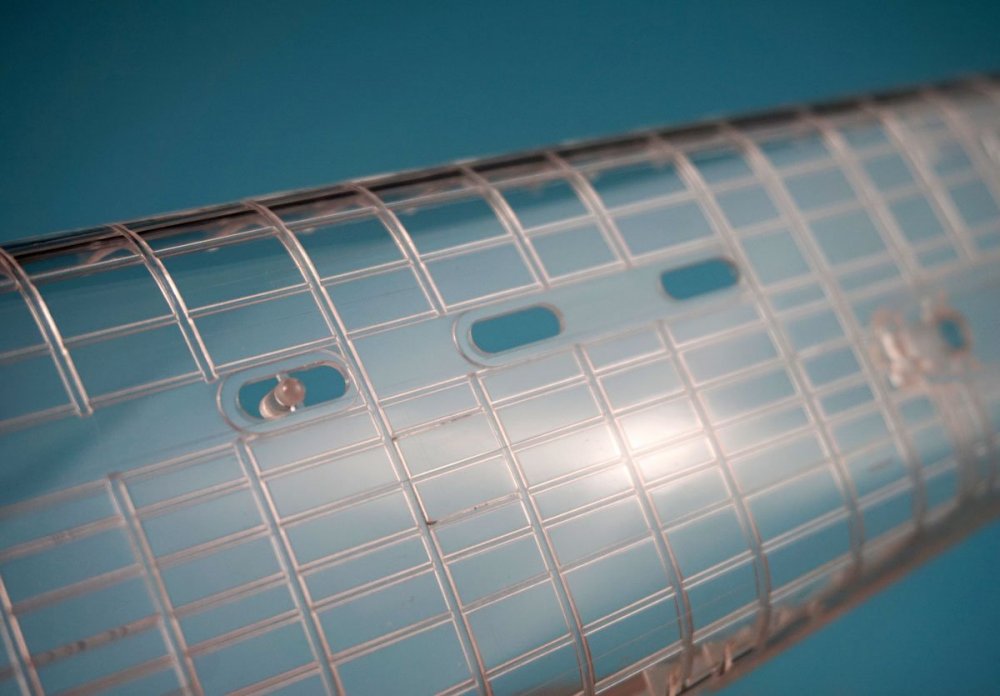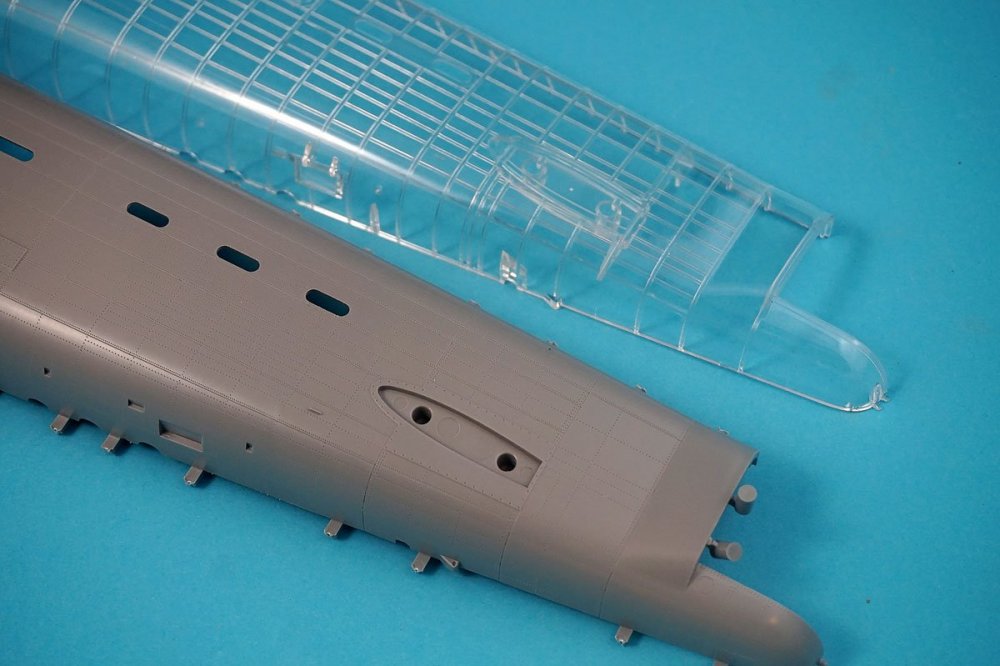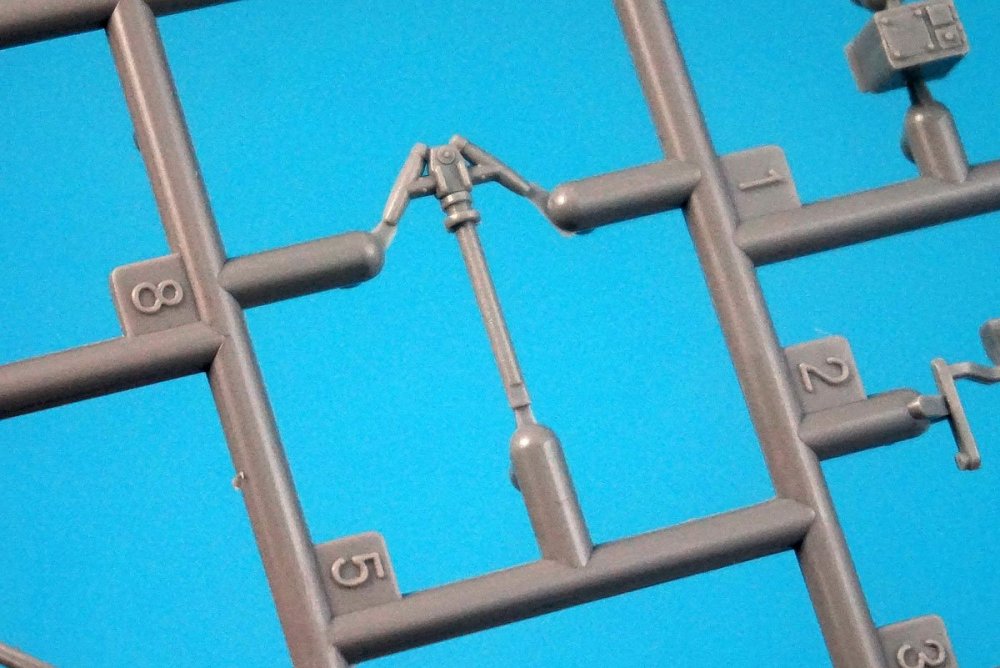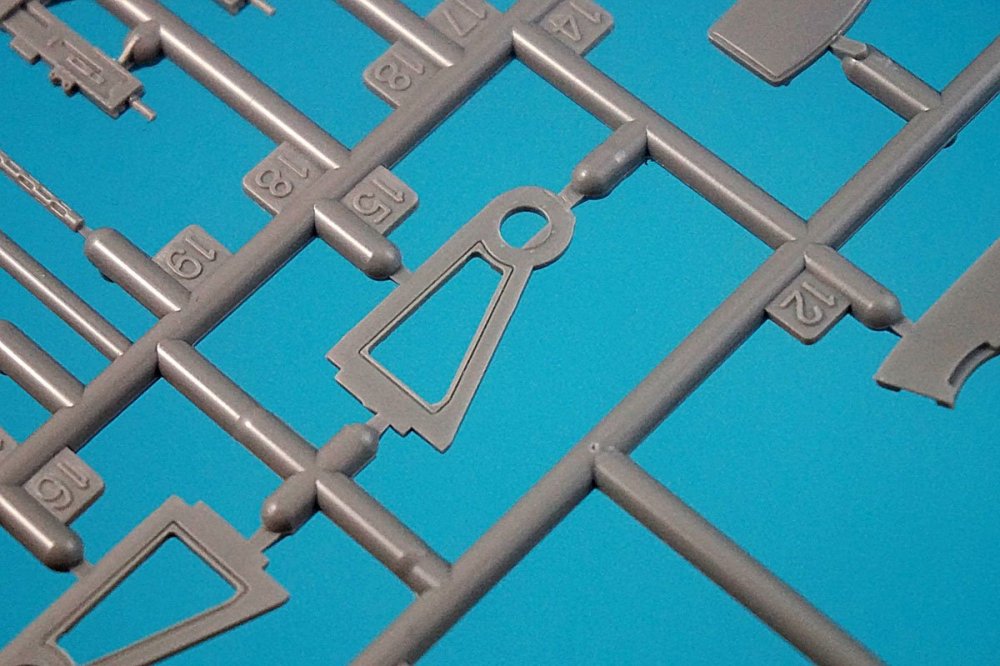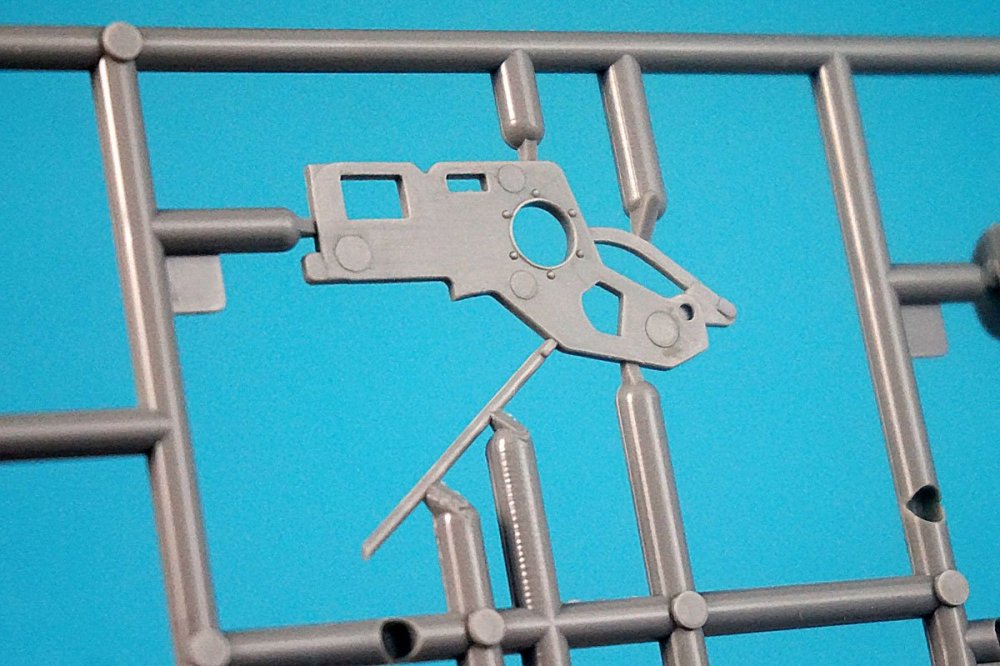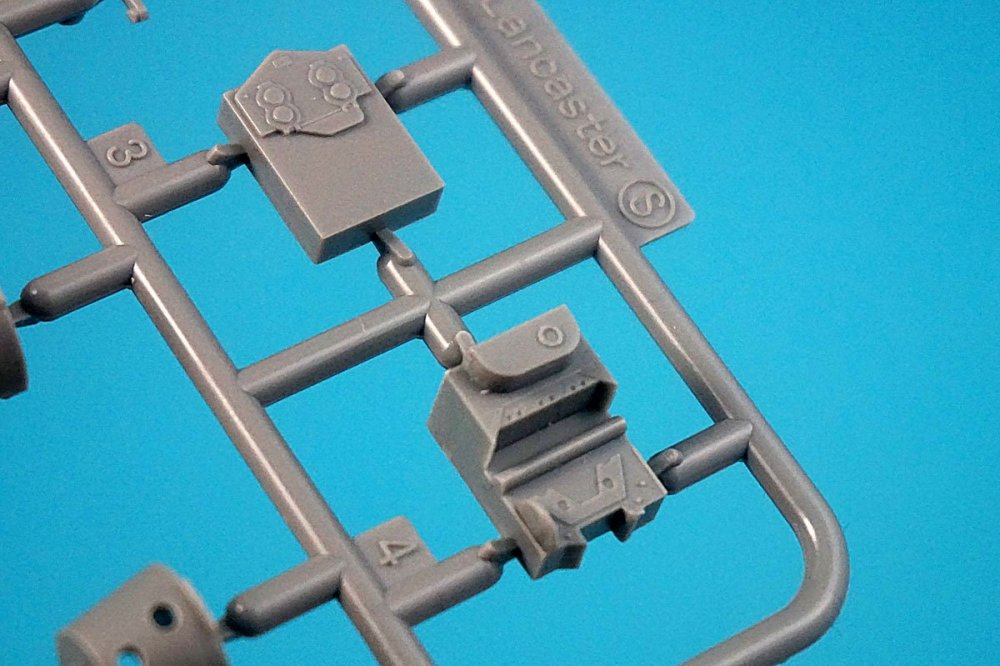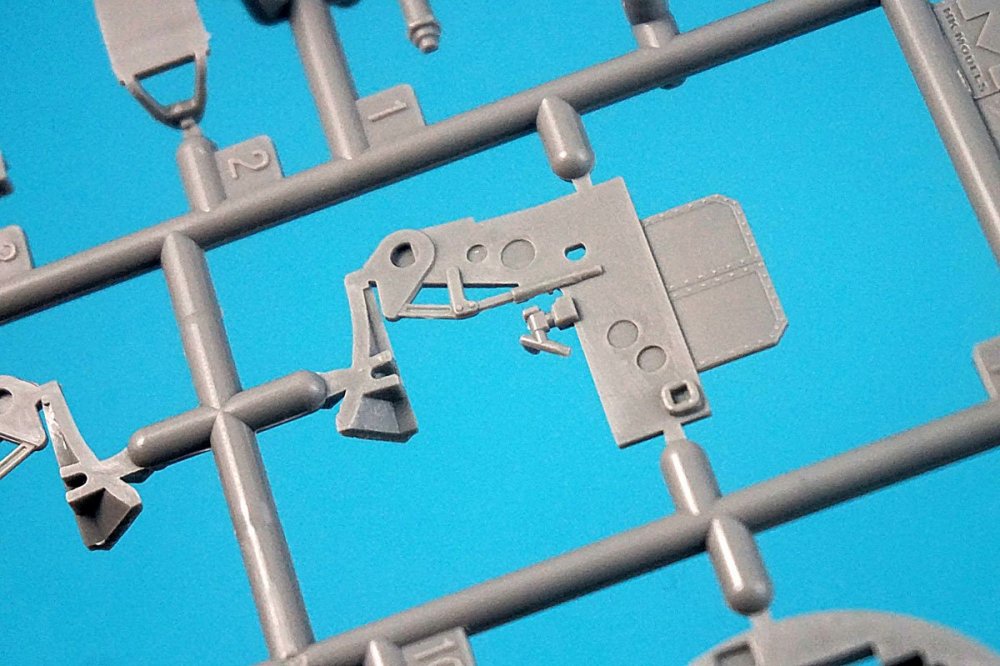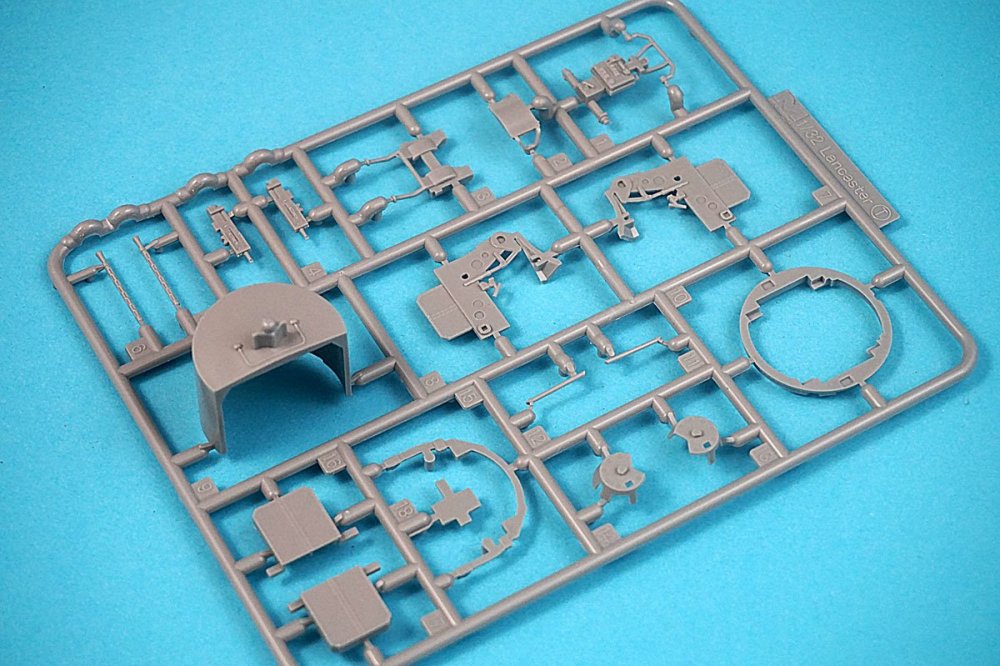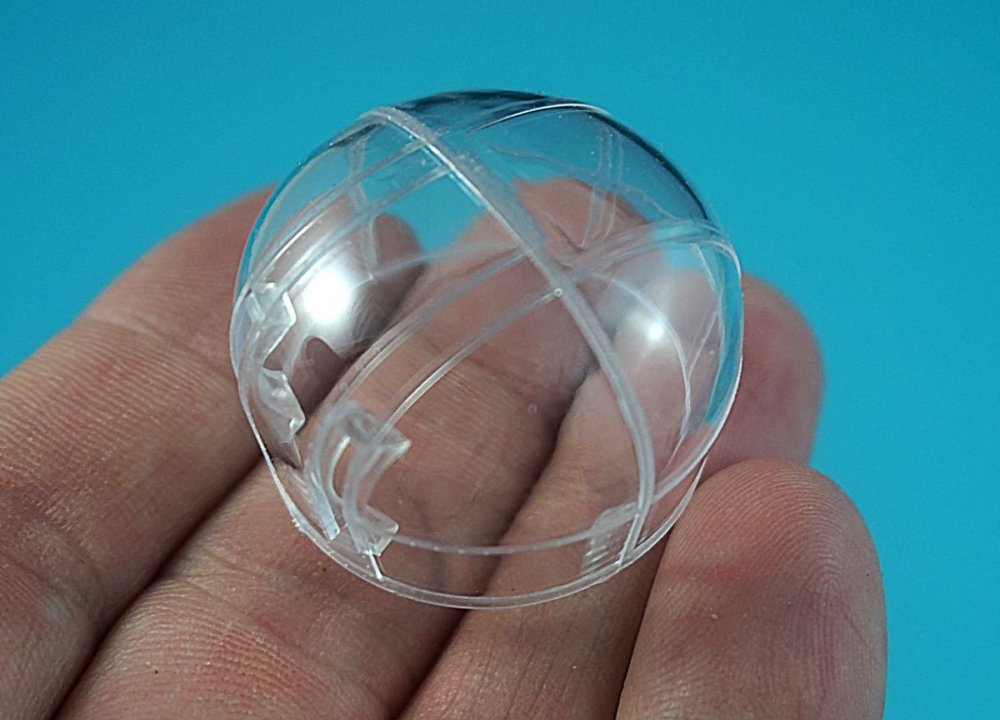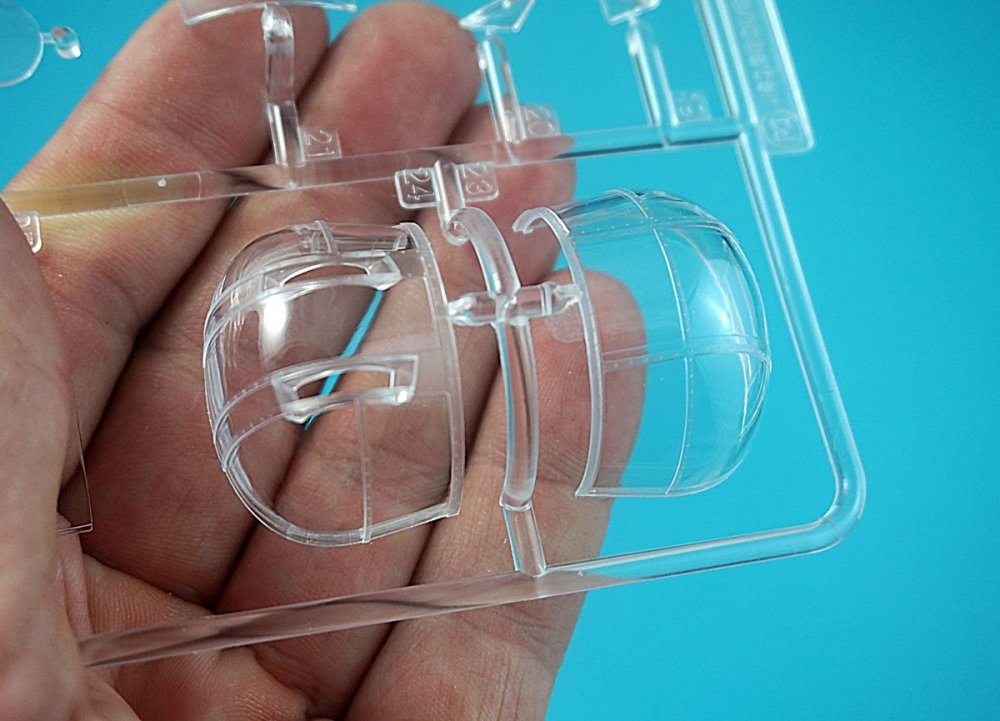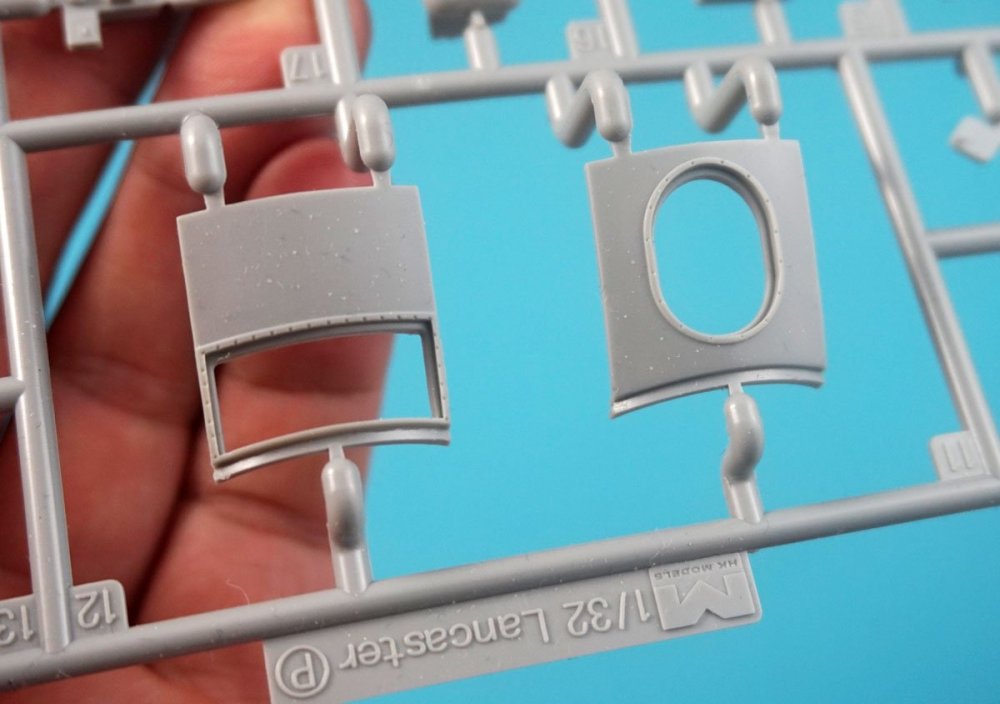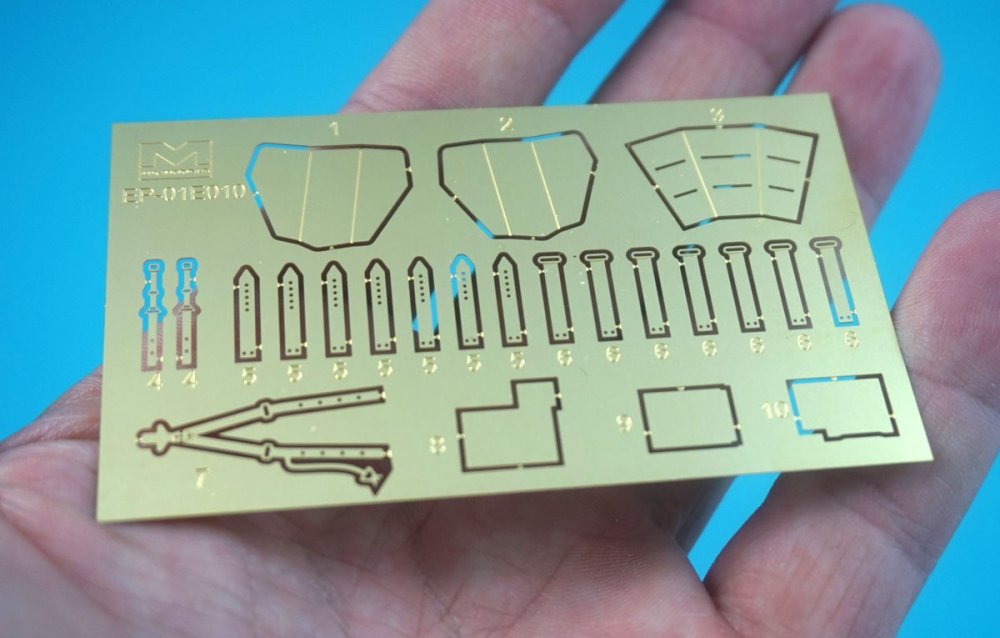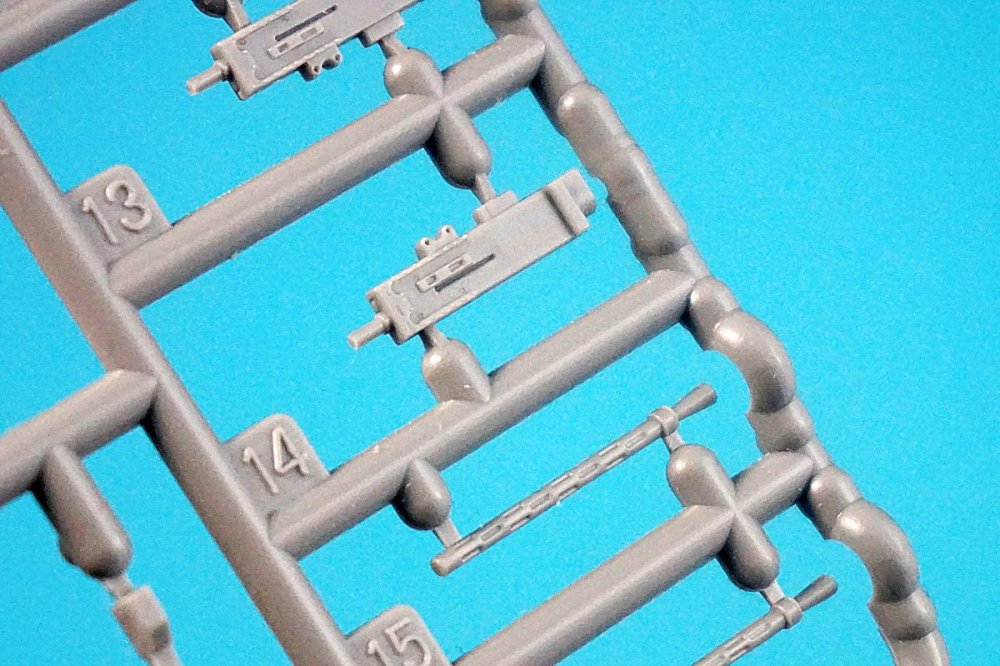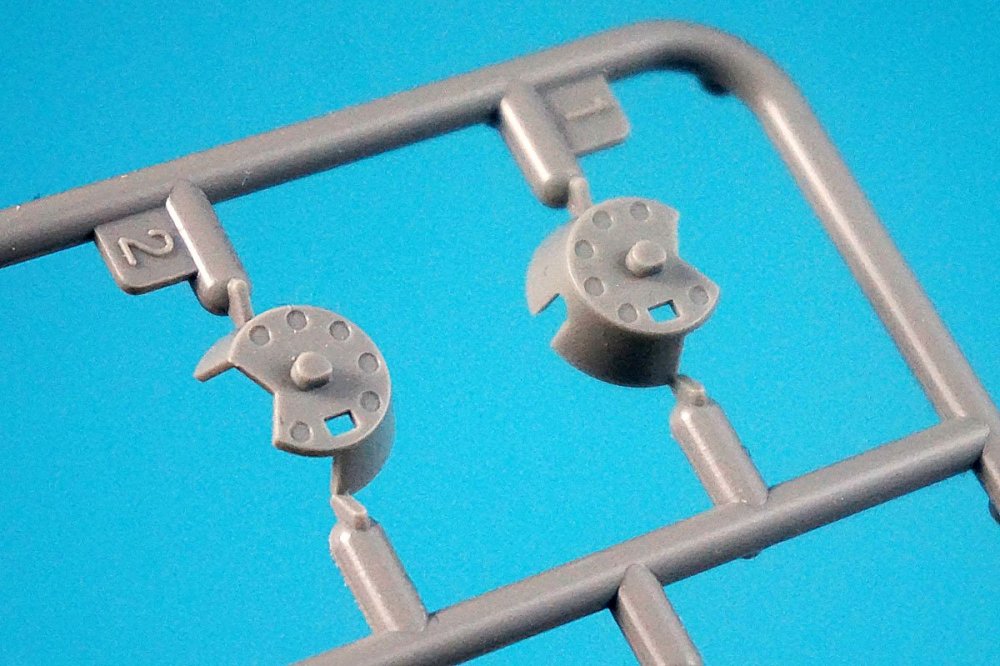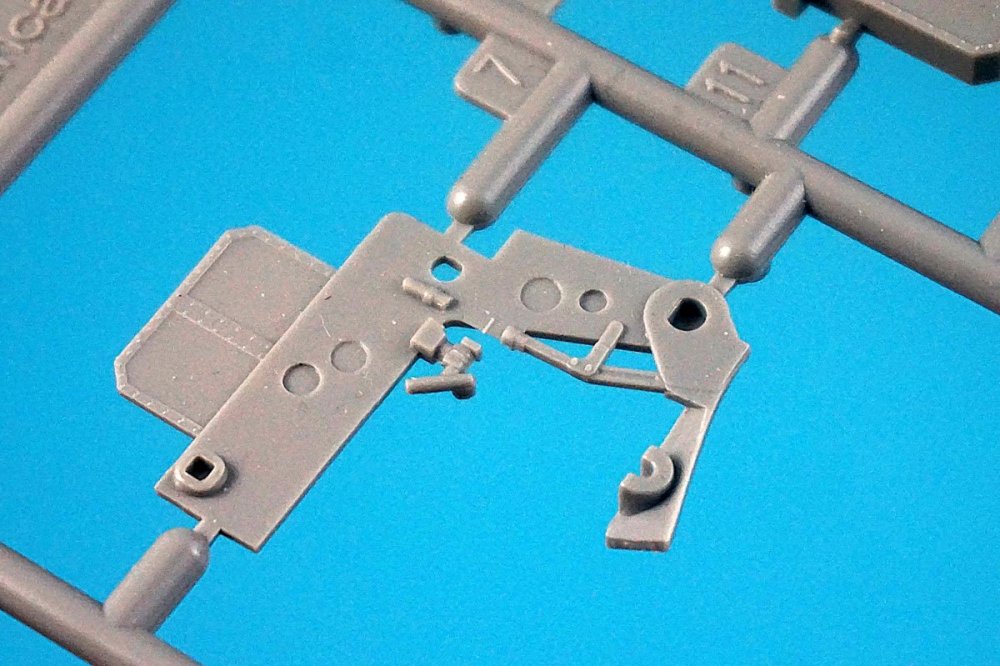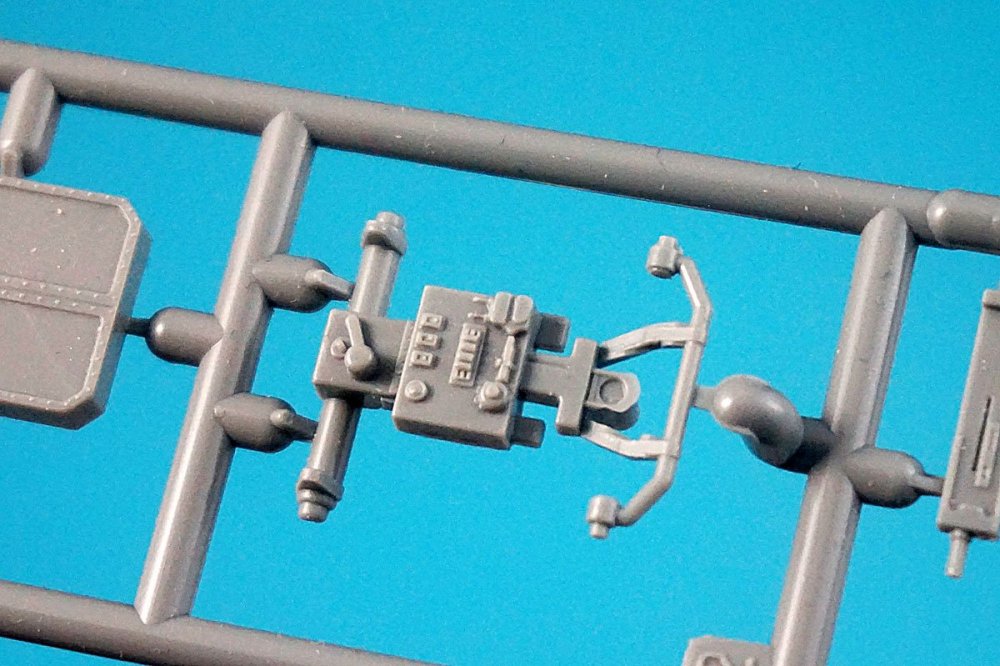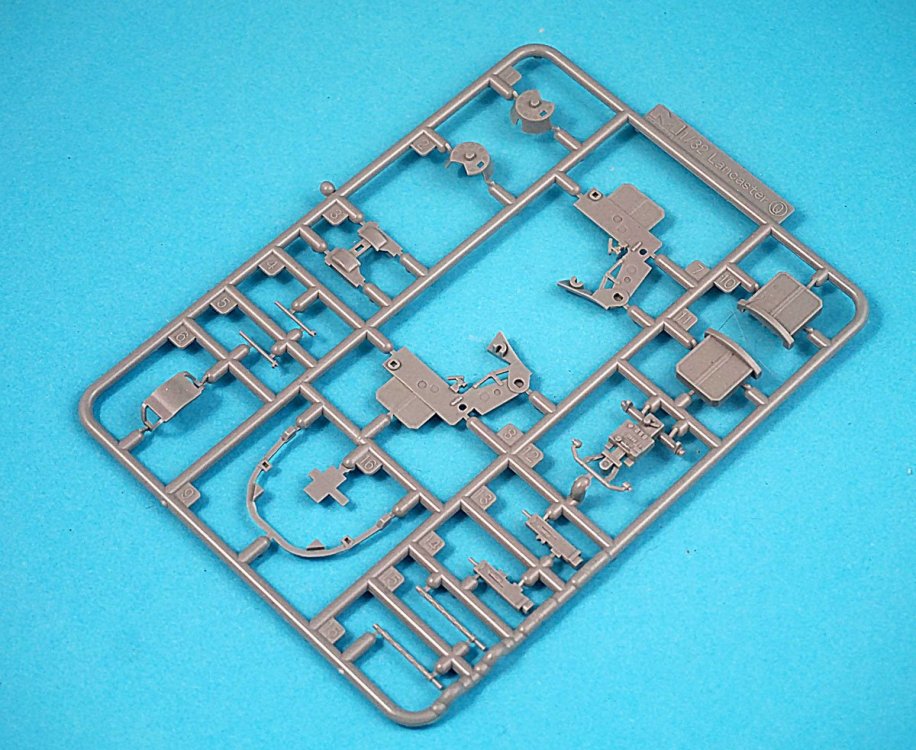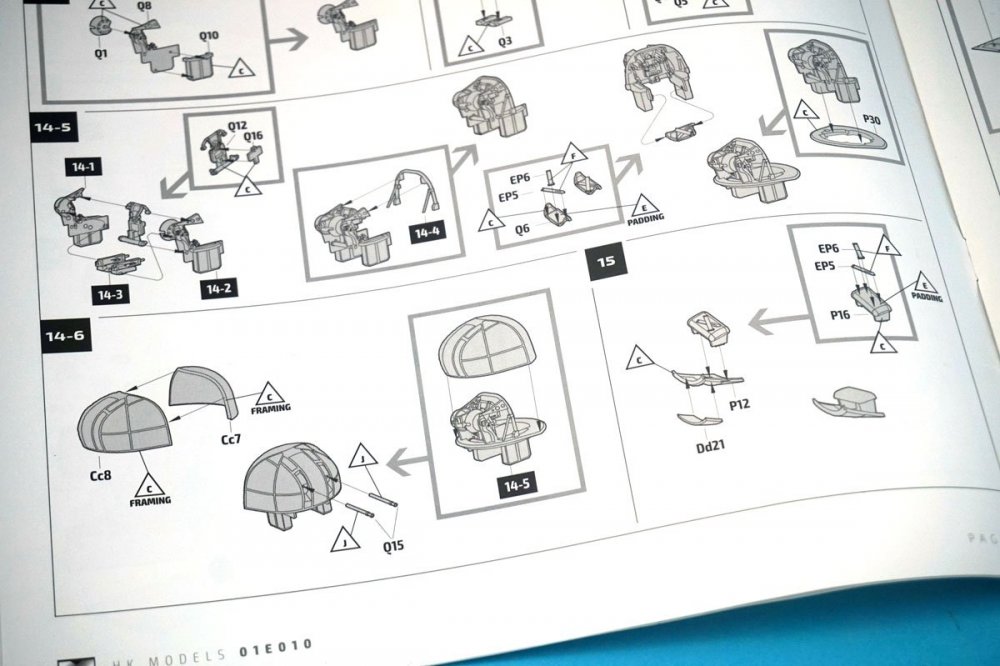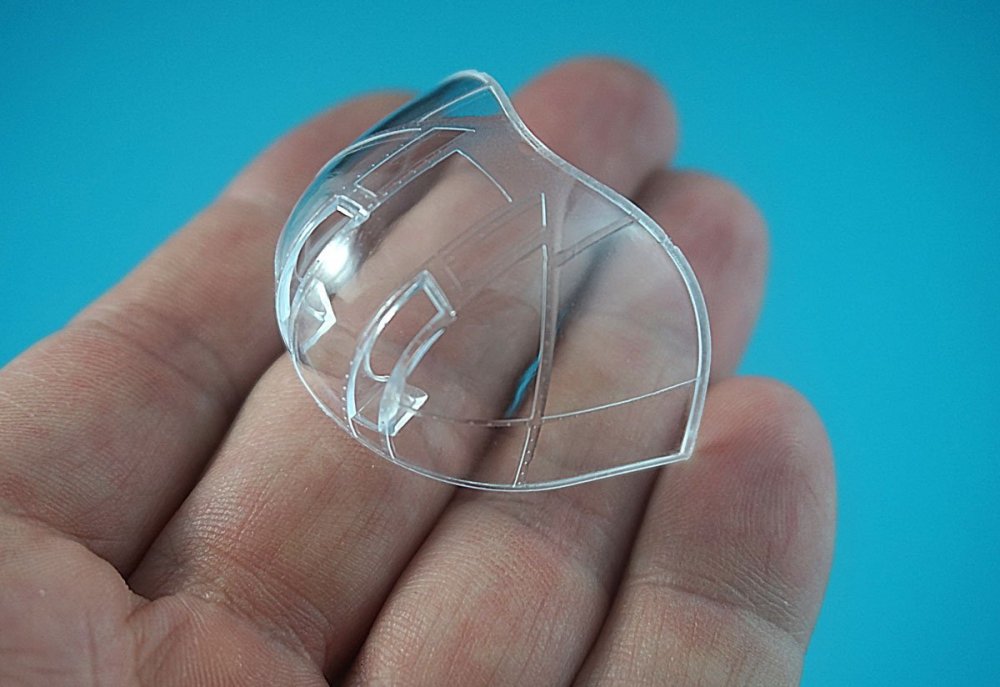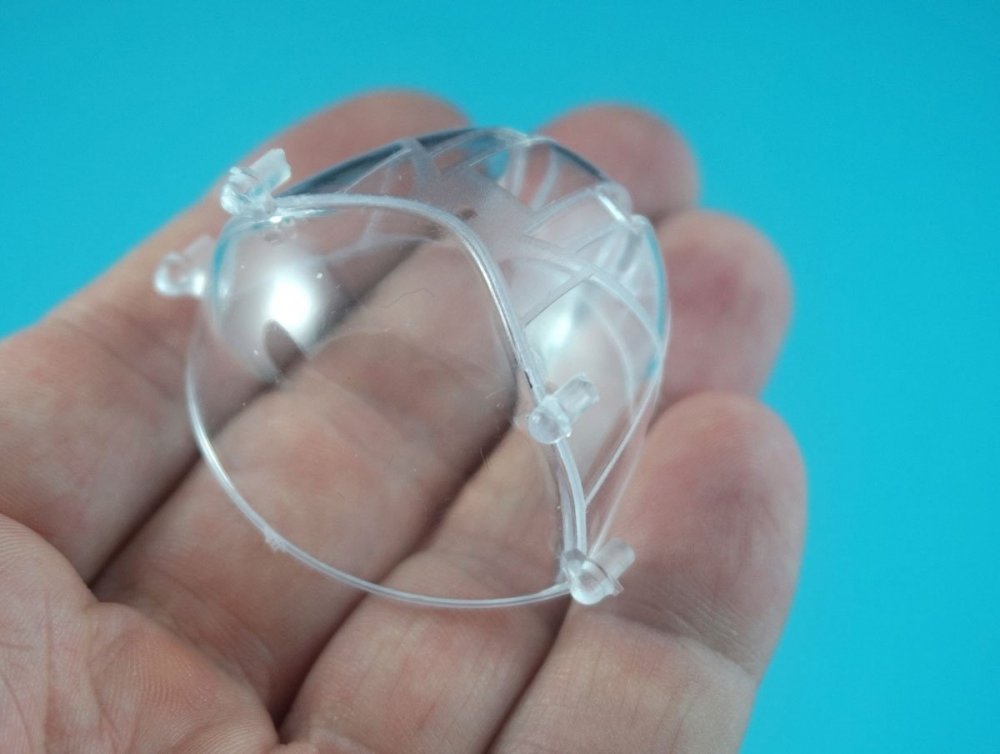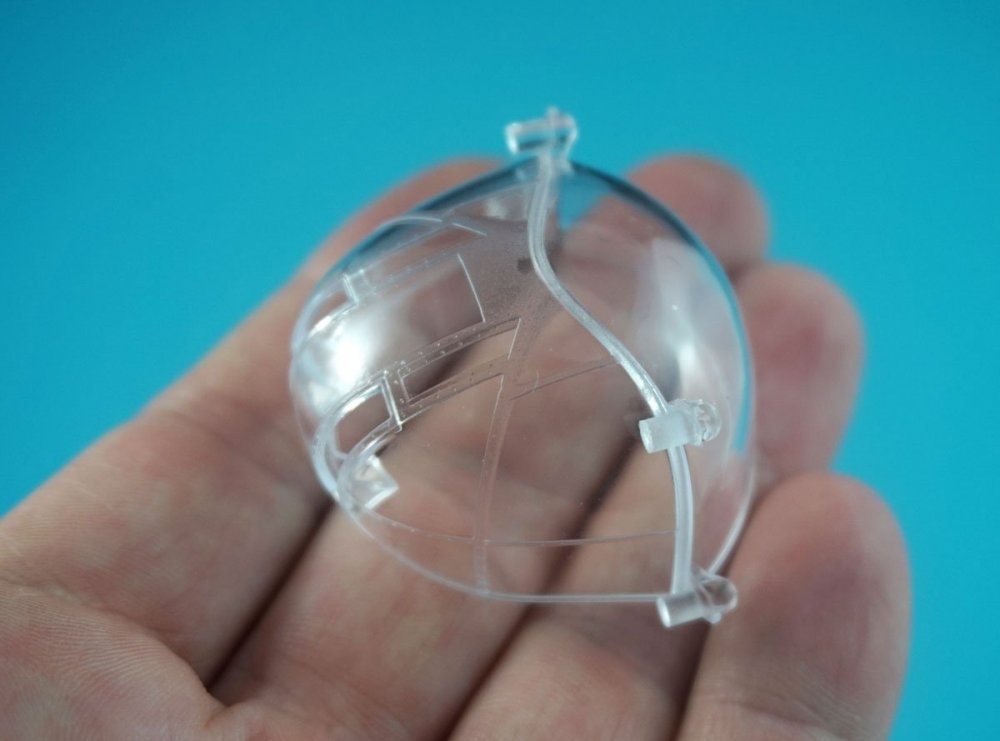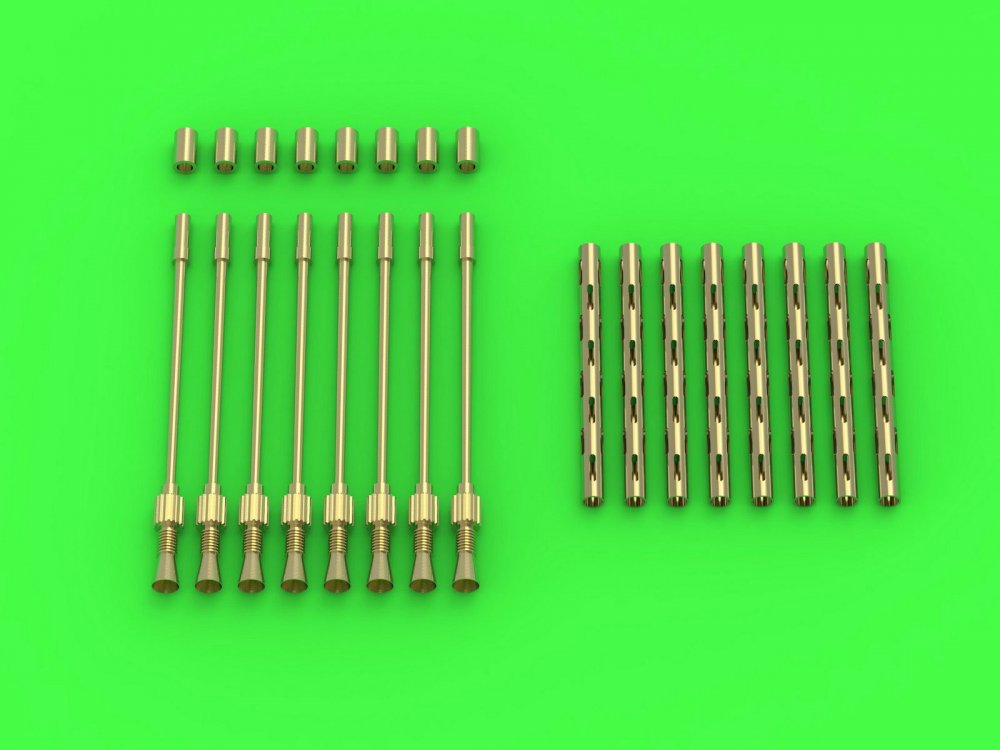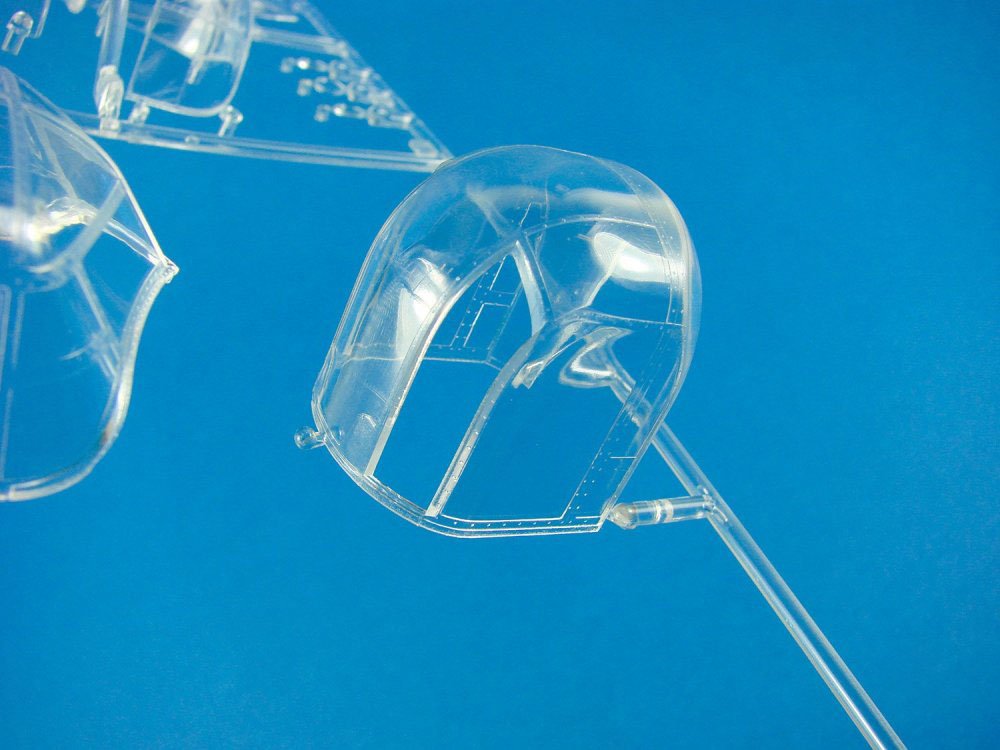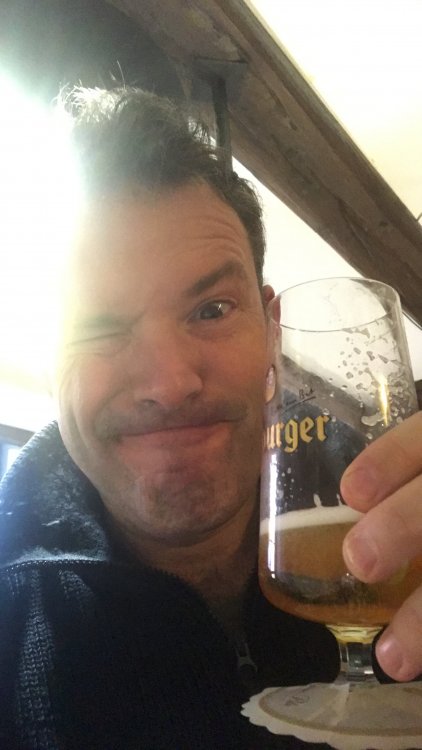-
Posts
4,777 -
Joined
-
Last visited
Content Type
Profiles
Forums
Events
Gallery
Everything posted by JeroenPeters
-
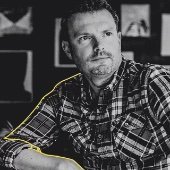
1/35 Harley Davidson WLA
JeroenPeters replied to JeroenPeters's topic in LSM 1/35 and Larger Work In Progress
-

Dragon Bf 110 C-7
JeroenPeters replied to BlrwestSiR's topic in LSM 1/35 and Larger Work In Progress
Nice start! -

Short Sunderland MkII
JeroenPeters replied to ThomasProbert's topic in LSM 1/35 and Larger Work In Progress
Oh my lord!! That is amazing! Good to see this here! Following this with a lot of interest. -

1/35 Harley Davidson WLA
JeroenPeters replied to JeroenPeters's topic in LSM 1/35 and Larger Work In Progress
-

1/35 Harley Davidson WLA
JeroenPeters replied to JeroenPeters's topic in LSM 1/35 and Larger Work In Progress
-

1/35 Harley Davidson WLA
JeroenPeters replied to JeroenPeters's topic in LSM 1/35 and Larger Work In Progress
- 57 replies
-
- 11
-

-
After almost a years' work, she's finished. The Wellington that crashed in my hometown in the night of May 5th 1943 after returning from a bombing run over Dortmund. Shot down by a Bf110 night fighter. Two bailed out, three went down with the plane. I put all the research in this crash and plane that I could do with a lot of help from my friend Cees Broere. I could not have done it without him. To complete this build I have a relic from this particular crash. One of the engine cowling flaps which happens to be in great condition. The black paint is pretty much intact. The base of my model features a RAF recon photo that was taken in 1944. As you can see not much of the crash can be spotted. Caused by the boggy ground we live on. A few weeks ago I noticed that a small memorial plaque was erected at the crash site. Almost exactly at the same time I finished my model. Details added to the model: - Master brass barrels - Eduard interior set - Eduard Interior mid fuselage set - Eduard bomb bay set - CMK bomb bay set (for the resin doors) - Eduard bomb set - Eduard exterior set - Eduard mask set - Maketar masks for all codes, roundels and markings - Eduard seat belt set - Resin wheels The new memorial plaque, with the crash location behind the tree line: The base I fashioned with the marked crash location. The place where my house is today, is bottom left of the crossroad you nee next to the text: The finished model: The crash relic:
-

where east meets west
JeroenPeters replied to mark31's topic in LSM 1/35 and Larger Work In Progress
- 68 replies
-
- 10
-

-

1/35 Harley Davidson WLA
JeroenPeters replied to JeroenPeters's topic in LSM 1/35 and Larger Work In Progress
A few of you asked me how i was going to paint this when it’s all in one piece. I spray the Olive green as much as possible in the places where it needs to go. After this it’s all brush painting. -

1/35 Harley Davidson WLA
JeroenPeters replied to JeroenPeters's topic in LSM 1/35 and Larger Work In Progress
Thnx Peter! moving right along. Drilled a hole in the inderside of the engine so i could glue a metal rod in to hold it while painting. Sprayed a thin layer of fine AK black primer. -
Hi Peter! Welcome to LSM. Feel right at home and happy modelling! Cheers, Jeroen
-

1/35 Harley Davidson WLA
JeroenPeters replied to JeroenPeters's topic in LSM 1/35 and Larger Work In Progress
-

hk models Lancaster B Mk.I, R5868, PO-S (S-Sugar)
JeroenPeters replied to James H's topic in LSM 1/35 and Larger Work In Progress
Magnificent!!! Lovely in every respect... -

MH 60 s Knighthawk Academy 1/35
JeroenPeters replied to shark64's topic in LSM 1/35 and Larger Work In Progress
Oh my lord... this is amazing. Love those details. -

1/35 Harley Davidson WLA
JeroenPeters replied to JeroenPeters's topic in LSM 1/35 and Larger Work In Progress
So i cut a piece of plexi glass to size and made it perfect round on the lathe. Made a sunken screw recess in the middle. Sandwiched the map. Bike is progressing too. Some lovely details on it... -

1/35 Harley Davidson WLA
JeroenPeters replied to JeroenPeters's topic in LSM 1/35 and Larger Work In Progress
Hi guys! Found a better glass dome. Also found a ww2 map with US markings. The place where my father in law broke down was not on the map (Rendeux) but i found the location and added it myself with letters from other places. I will add a layer of plexiglass to sandwich the lot. -

1/35 Harley Davidson WLA
JeroenPeters replied to JeroenPeters's topic in LSM 1/35 and Larger Work In Progress
-
Thnx guys!
-

1/35 Harley Davidson WLA
JeroenPeters replied to JeroenPeters's topic in LSM 1/35 and Larger Work In Progress
Holy damn!! Madness!! -

1/35 Harley Davidson WLA
JeroenPeters replied to JeroenPeters's topic in LSM 1/35 and Larger Work In Progress
This kit is quite challenging. The frame seemed to be warped. The rear axle didnt fit the wheel. So i made a new axle and now the wheel can even spin. The detail is amazing, but some parts just have a mind of their own. -

hk models HK Models 1/32 Avro Lancaster Mk.1 (Part 1)
JeroenPeters replied to JeroenPeters's topic in Aircraft Reviews
Haha! And it's not even done yet! Stay tuned! -

hk models HK Models 1/32 Avro Lancaster Mk.1 (Part 1)
JeroenPeters replied to JeroenPeters's topic in Aircraft Reviews
Thnx! Doing this in tandem with Cees Broere though! -

hk models HK Models 1/32 Avro Lancaster Mk.1 (Part 1)
JeroenPeters posted a topic in Aircraft Reviews
Hong Kong Models 1/32 Avro Lancaster B Mk.1 01E10 Limited Edition (Bonus Clear Fuselage) This review is intended to help you through the forest of small Lancaster modifications that were made in both field and factory and (as with the Spitfire) can be quite confusing. We have already shared photo’s of built examples and the first plastic that was available to us, so now it’s time to see what’s wrong and what is right. History of this kit Approximately five years ago Large Scale Modeller spoke to HK Models at the Telford (UK) show and heard of the plans to do a large scale Lancaster. One of the first questions we asked was: where did, or where, are you guys getting your drawings and input? Because we all know: a drawing is no guarantee for a correct shape. And most of us know that looking hard and long at surviving examples can cause lots of errors in detail, caused by post war modifications and repairs. This marked the start of a long and intense co-operation between HK Models and LSM. James Hatch, Cees Broere and Jeroen Peters were shown very early CAD drawings, which made it clear there was much work to be done. HK Models showed patience and willingniss to fix what was wrong. Mind you: almost all alterations and LSM input concerned the shape of tail, engines, fuselage, canopy, wings etc… When you look at the 1/48 Lancaster kit for instance you can’t miss the shape issues in the nose and engines, and we wanted to prevent these same mistakes in the first 32ndscale Lancaster kit. When we first got our hands on the 3d printed prototype a year later we were quite pleased with the rough shape. No details were present, only a solid 3d printed shape. This prototype gave everyone an idea of the size and rough shape. Nothing more. Months and months went by. Seemingly without any progress…. To the outside world at least. In the following months we went back and forth sharing photo’s, drawings and other intel to get the shape of the engines right. It’s weird: when you transfer cross sections from a drawing 1:1 to a 3D model, you might not get the exact shape you want. The computer interpretes the shape between to compley cross sections, whereas aluminium has it’s own way. The first 3D printed prototype, back in 2014. Currently being converted into a Manchester by Cees Broere: Slowly, bit by bit, we were shown small parts of the interior. The detail inside the cockpit and mid / rear fuselage is a step up from the B-25 and B-17 models. More on that later. Release dates were pushed back in the last two years. Sometimes caused by paint scheme options, sometimes by lack of 3D talent. A profession that is much in favour in Asia. Just in time for the Telford show (2018) HK Models told us that we would have a built production kit in our hands, and they kept promise. Just in time (or, depending on how you look at it, too late) in the sense that Wingnut Wings announced their release of a Lancaster a few weeks before the show. A big buzz on social media followed with the main proclamation being: HK Models must be furious! To my surprise HK Models took this news pretty well and responded: At least we know we gave this kit all we have. Which I know to be true. For me it was a special moment to see Neil Yan from HK Models talking to Richard Alexander from Wingnut Wings at the show, sharing experiences in the development of their kits. This is where I should address the oil canning announcement made by Neil Yan. Yes, this was to be the case, but with all the delay the kit had already suffered and the sheer amount of computer calculation needed to achieve this, the idea was abandoned. And let’s face it: if the Wingnut Wings kit (which will require at least another year of development) would not have this feature, nobody would have mourned the lack of this effect on the HK Models kit. In addition the Wingnut Wings kit will also have raised rivets. So in a year the modellers will be able to choose from a classic kit with fine recessed panel lines and rivets, or from a novell kit with raised rivets and all over oil canning. Both will require different paint / weathering techniques and will therefor attract different modellers. Enough on how this kit came about, let’s look at the plastic, in order of construction. The Box Facebook shows a lot of modellers that received their kit, marveling over the size. But it’s exactly the same size of the B-17 box. 66,5cm wide, 37cm deep and 16 cm high. To give you an idea of how big the Lancaster is, take a look at the B-17 kit and detract a few mm. The Lancaster kit measures 972 mm wing span and 664 mm length. Part count: 824. The B17 kit measures 989 mm wing span and 709 mm length. Part count: 709. The fact that the Lancaster is basically a smaller model but still packs over 100 parts more, shows you that the level of detail is higher. In this case we are looking at the Limited Edition. I believe Neil Yan told me that 1500 of these were made. It contains the clear fuselage, to show off the interior. In this box we encounter: - 4 fuselage parts (2x forward, 2x rear, in grey plastic) - 4 fuselage parts (2x forward, 2x rear, in clear plastic) - 2 main wings - 46 (!!!) sprues (including 2 clear sprues) - 1 photo etch fret I must add that a few sprues are moulded together and linked. But still… - One large sheet of decals to build either OLQ, POS or ARG. More on this later. - One large instruction booklets that has the size and weight of a magazine. The foreword has been written by our own Cees Broere. You also might notice the AK Interactive logo on there. AK Interactive has provided information on the three scheme options and will develop a special paint set for this kit in the near future. The sprues that contain most cockpit parts (Sprue O, P, Q, W, X): Step 1 through 13 (forward nose section interior / cockpit) • (Stage 1) We start construction with the pilot’s seat which is made up from 11 plastic parts, and 3 photo etch parts for the seatbelts. The seat part looks to be a bit on the long side and also the distance to the rudder pedals seems to be a bit long. Since I myself will replace the rudder pedals with photo etch ones’ from Eduard (which I’m sure will appear), I will position these a bit more towards the seat. Pilot's seat side frames: Pilot's seat rear frame: The arm rests: Rudder pedal arms: The kit's photo etch seatbelts: • (Stage 2) If you’re building a Mk.1 in early war situation beware. This cockpit includes a GEE indicator unit. See photo for reference. This unit was introduced in 1942. The GEE Indicator, type 62, used as navigational aid: The kit's part. Lovely detail: The kit's supplied radio: And the real thing. No complaining here: • (Stage 5) Also: this cockpit includes a Fishpond indicator (next to the radio set) and was only introduced in 1944. Again: see photo for reference. The fishpond indicator has a visible back which is moulded hollow. An error pointed out by our team and now receives a photo etch backing plate. The Fishpond indicator: The complete H2S indicator installation: • Also: The HS2 unit (radar) which is also included in the kit only saw service in 1943. Note that it works in co-operation with the supplied radar bulge. More on this part later. Using these parts is not necessarily wrong, since some Mk.1’s had this equipment fitted as the war continued. • (Stage 9) The instrument panel is quite nice but could have been a bit more detailed. The throttle levers for instance stand out… In reality these had two gracefully formed outer levers and two short levers in the middle. The HK Models levers look different. If you look at the Airscale offering, you’ll see what we mean. A nice illustration that shows you what is what: The kit's panel: This is what the throttle levers should look like: Here's a look at the Airscale panel: • (Stage 10) Part P26 is the Williamson F24 camera. One feature that is missing (we don’t know why) is the cone / lense of the camera. You’ll have to add this yourself. The kit's camera, seen from the top, with correct detail: The real thing: • (Stage 11) The trimming console (part number 59) next to the pilot’s seat (right side) should feature two star shaped trimming wheels. These are absent. See photo for reference. This is typically one of those details that an Eduard cockpit set will include… The trimming wheel console seen from above: Here's the kit's steering wheel, lacking the wheel brake lever on the left: And here's a look at the real thing. As you can see, the dimple in the middle, should be a dome: • The back of the steering wheel column is hollow. This should be solid / closed. So this needs to be filled. • The flight engineer panel (part P1) should be a separate panel from the panels that are alongside of it. These panels protect the wiring behind it. Please note that the Airscale photo etch supplies this panel separately. The kit's engineer panel: The real deal: The Airscale offering: • (Stage 13) The bomb aiming / computer (part P64). This element is quite visible through the glass domed nose and needs a bit of attention. First of all: If you’re building an early Mk.1 (pre 1942) you’d need to use a different bomb aiming mechanism; the CSBS (course setting bomb sight). Also note that the CSBS sight did not have a computer attached to it (part 15). If you are building a post 1942 Lancaster, this Mk.XIV will probably be correct, but still needs a bit more detail. See photo’s for reference. The early CSBS sight: The later Mk.XIV sight: Part 64, the Mk.XIV sight as supplied by the kit: • (Stage 15) The instructions call for a seatbelt on the bomb aimer’s seat, but as far as we know, it did not have these. So maybe better to leave them off. • (Stage 16) The cockpit window (part Cc1). In our honest opinion there should have been an inner cockpit framing. Like HK Models supplied on their Mosquito kit. The forward windscreen part of this frame was a solid cast part. The top of the middle section featured a stainless steel tube frame and the rear section was made of square strips of wood. So not all of it was a round frame. A feature that will be included in the Wingnut Wings kit. However this will be made from square shaped tubing, which isn’t correct either, since the top middle section needs to be round. Also: the horizontal frames of the aft section of the canopy (think of it as forward, mid and rear affair) did not have any framing on the outside. The Perspex was screwed on the inner structure with only the screwheads visible on the outside. This was actually pointed out to HK Models by the LSM Team but unfortunately not incorporated in the kitparts. If you paint on the inside of the canopy the horizontal frames (usually black), that would give the effect but that still leaves the outside framelines. If you want to go the whole nine yards, you will have to scrape or sand off the horizontal frame lines and polish for clarity and then paint the horizontal lines on the inside with the screwheads (steel or black) on the outside. Another thing are the separate bubble shaped windows. These glue on separately. Not exactly correct, since the pilot is supposed to stick his head in those, which is not possible if you glue these on. I'd recommend glueing these with Future. Early Mk.1's did not have these bubble shaped domes, later Mk.1's sometimes had only one and late Mk.1's often had two. So again: check your references. The cockpit window: The separate bubble: And here's a shot that clearly shows the tubular cockpit framing and bubble window: And while we're on it. The inside cockpit featured curtains that were used to blacken out any light from the cockpit, making the Lanc less visible at night. You might want to add this feature too. Note the wiring the curtains run along: UPDATE (step 14 to 32) • Step 14: The FN5 (Frazer Nash) Nose Turret The FN5 nose turret is made up from 22 parts (inclusing 2 clear and 2 photo etch). The basics are all there, but there is a lot of room for extra detailing. First up are the Browning .303 machine guns. They miss some detail on the flash hiders: the horizontal grooves at the base of the flash hider. See photo’s for reference. Master does a real nice set for the HK Lancaster, letting you replace all 8 barrels. Even if the grooves would have been there, I would have recommended to replace the barrels. They add strength and crisp hollowed detail. In terms of detail you could go to town and add electrical wiring and ammo belts. One part that is difficult to get right on the FN5 turret are the twisted arms that connect the main frame to the gun mounting. In the kit these are flat, whereas these should be twisted. Again: see photo for reference. What is remarkable is the fit and quality of the clear parts. You can practically click them together and they hold. Beautiful clear plastic with a perfect snappy fit: Building steps of the nose turret: The Browning .303 machine guns. Not liking the barrel detail that much, but the best possible in injected moulded plastic: Note the ventilation vent (which is missing) and the flash hider details: This is the Master Barrels set. Note the flash hider and barrel detail: Check this modern repo and you'll see the twist in the arms I'm talking about: · Step 19: The FN50 Mid-upper turret Like the FN5 turret, again, the quality of the transparency fit is amazing. All the basic detail is present (comparable with the B17 turret details) but offers a lot of room for extra detailing. The first thing I looked for was whether the rollers for the barrels were present, and they are. See photo for reference. These rollers followed the shape of the fairing and tail, preventing the guns from hitting the plane itself. The Lancaster turrets did not really have seatbelts, but rather lapbelts. These were slightly wider than the notmal seatbelts and had a steel wire attachement to the seat. You might want to replace the PE provided seatbelts with HGW ones’ which will surely be available soon. Don’t stare to hard at photo’s of still flying Lancasters, because they all have modern era seatbelts… So, check your references. Again: beautiful super clear plastic: Gun controls: Here's a wartime pic. Note the two rollers which followed the "Taboo Track" around the cupola. Present in the kit: · Step 20: The FN20 Rear turret The transparent dome for the FN20 turret is a one piece affair. Really nicely done. It allows you to build the interior and just place the dome over it, without risking glue on parts you don’t want it. When first test shot pics were released of this kit, people screamed: where are the ejection chutes?? We’ll, they’re conveniently provided in photo etch, like they should be. Again, as with the other turrets, I would recommend replacing the barrels for brass Master barrels, adding ammo belts and some electrical wiring. The one piece glass dome: Here's a nice drawing I found showing the top view and dialog of the FN20 turret: The ejection chutes (parts 1 and 2) and lap belts are provided in photo etch: · Step 26: The fuselage halves In the limited edition kit, you get the option to build your Lancaster with a transparent fuselage. I myself, would only do this if I was to add all the detail that it needs. Lots of wiring, wing spar, parachutes, etc… Anyhoo, you will notice that the clear fuselage does not have any rivet detail on the outside. This is done as to keep these parts as clear as possible, to show off the interior as much as possible. You will also notice that on both the clear and grey fuselage halves the windows are provided separately. I assume that leaving rivets off from the clear fuselage was easier than to mould all the windows closed? I’ve seen some chatter about these windows. There are people that want to build a later mark without windows. Know that lots of later Lancs that did not feature windows, simply had them painted over. Again: check your references. Note the smooth surface and absence of rivets on the clear fuselage: Delicate rivets along the fuselage and window openings: Fuselage windows: · Step 31: The bomb bay This is one parts of the kit that really need some TLC. The Lancaster had a whole wide variety in bomb loadout options. In the kit you’ll see the forward section of the bomb bay carries 4 bombs in a row. This is a possibility, but not a standard feature. The bomb bay contained three bomb stations. In order to carry two rows of bombs on the mid station, an adaptor bomb carrier could be fitted. This caused the mid 2 bomb rows to hang slightly lower than the 2 outer bomb rows. So: you can either attach 3 rows of bombs in your bomb bay, or fashion a frame that makes the mid two rows hand slightly lower. The detail in the bomb bay itself is pretty minimal, but I’m sure Eduard will go to town here… Also I’m hoping aftermarket bomb options will become available. Like incendiary cannisters (see photo for reference), mines or 1000lb and 2000lb bombs. Forward section with false 4 row attachments: Rear section with correct 3 row attachment: Typical 3 row bomb layout: Bomb bay detail. Three rails and lots of wiring: Loadout with incendiary canisters and one cookie: Another part of step 31 is the bomb aimer lower sighting window. Part 15. Not that the Mk.1 window is provided (the one with the rectangular window ), but also the later version. The rounded one. Again: know what version you are building and check references. Two escape hatch options: · Step 32: The tail wheel The tail wheel is the later anti shimmy type. Like shopping carts have a center groove to prevent the wheel from wiggling and causing possible structural failure to the tail. So if you’re making an early Mk.1, check whether this type of wheel is correct for you. These were also retrofitted on earlier Lancs. Note that the kit decal options are correct for this wheel. The detail is pretty low on the tail wheel, but on the other side, there just wasn’t much detail on the real thing either. The real deal: TO BE CONTINUED! -

